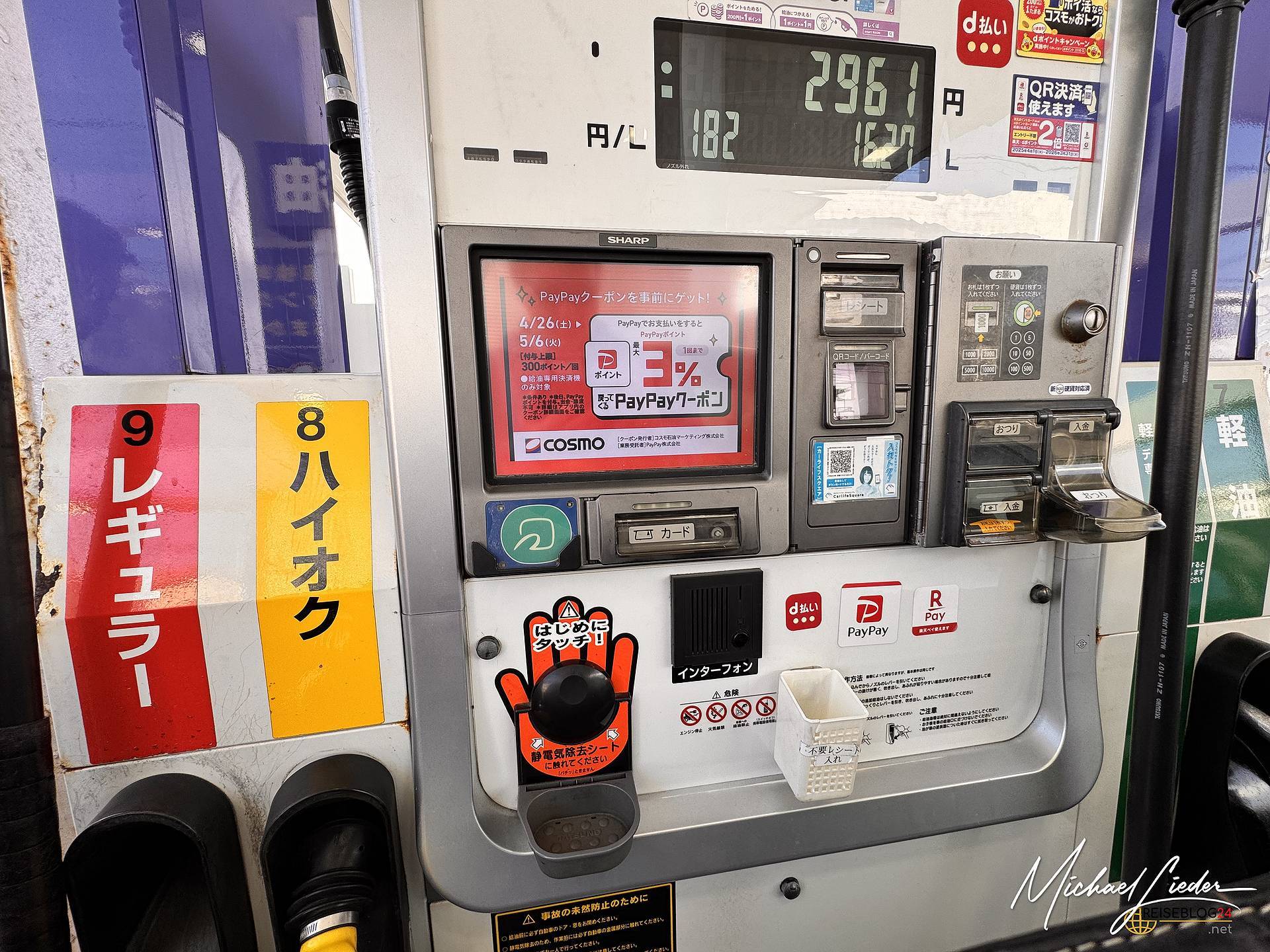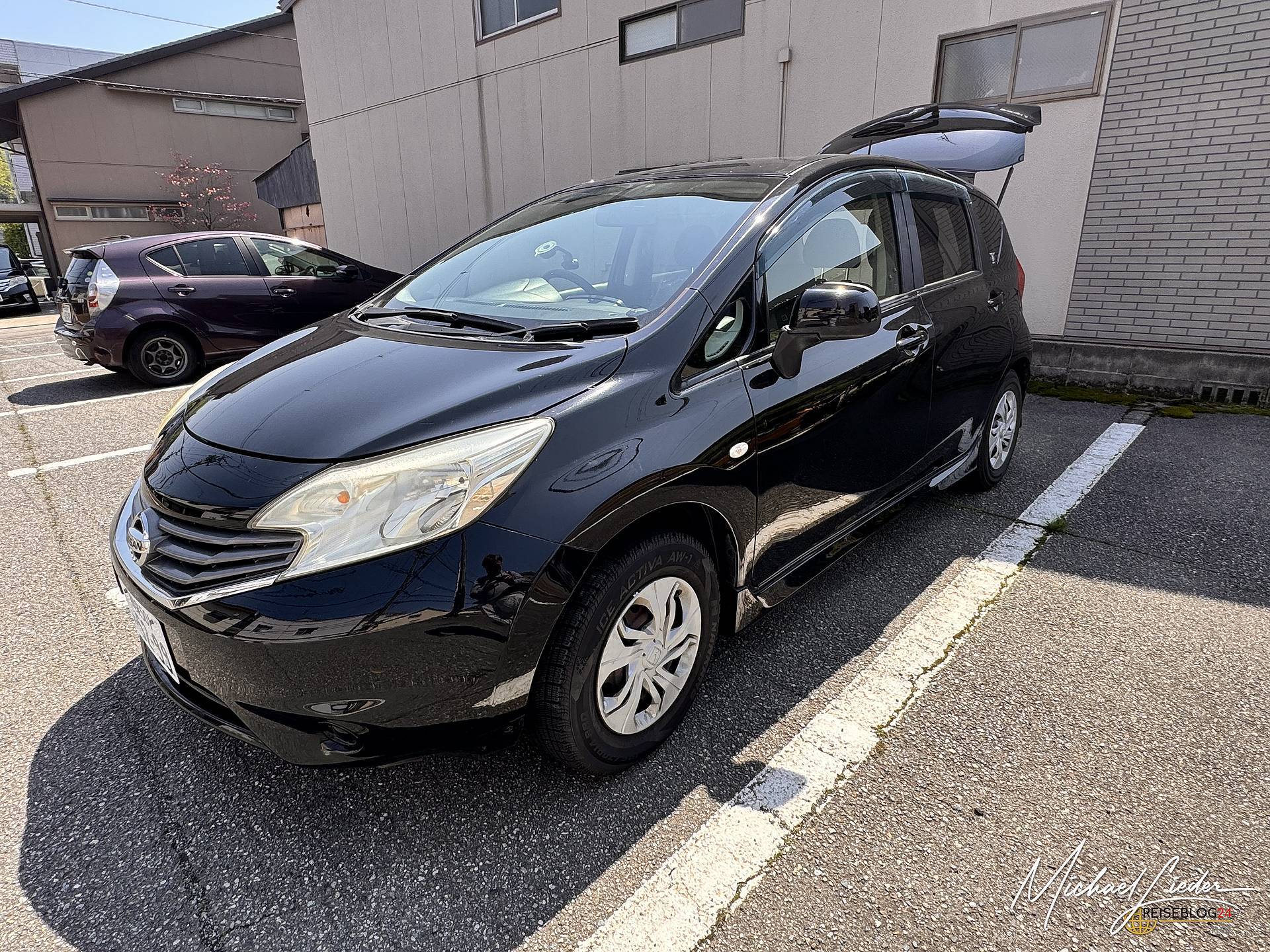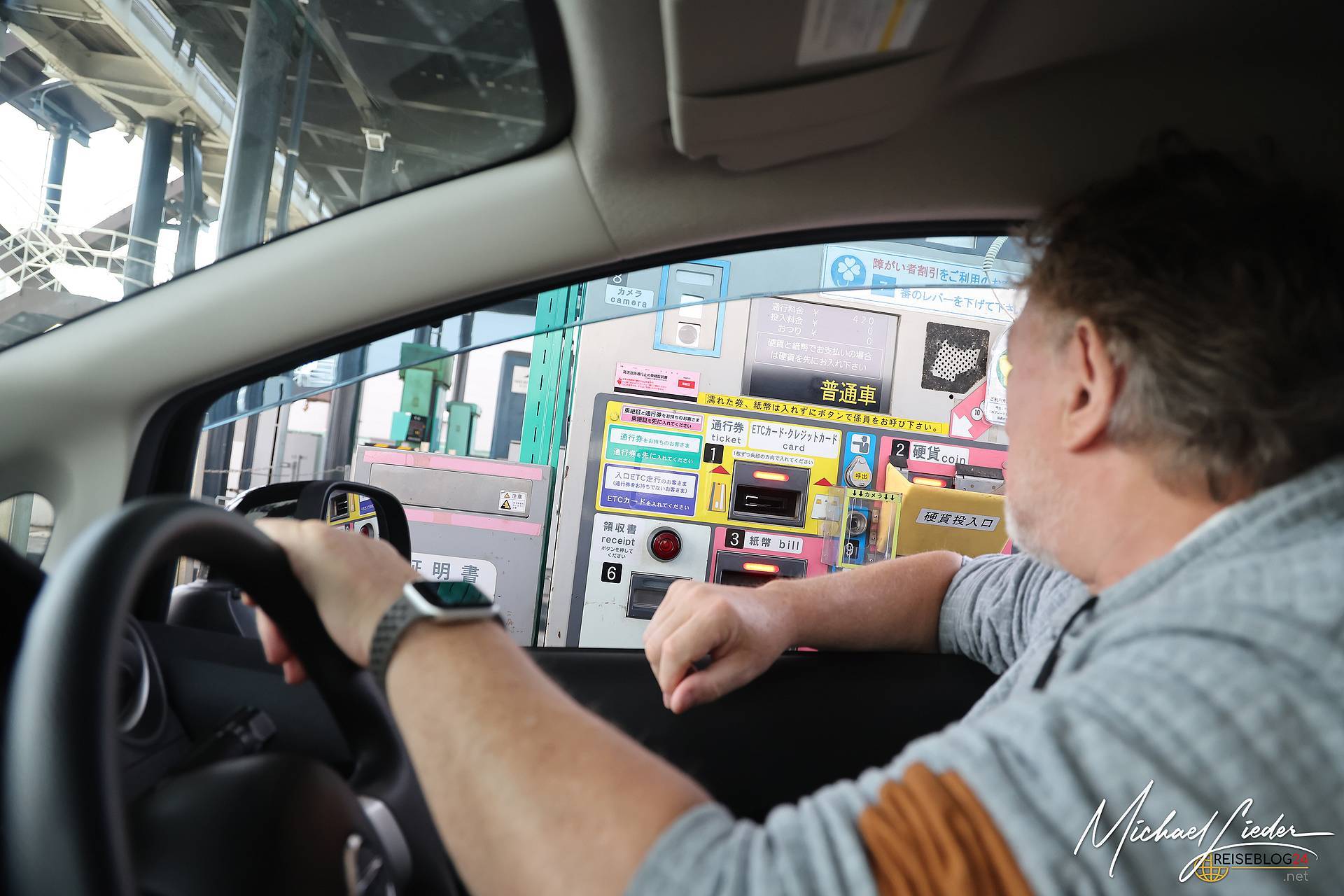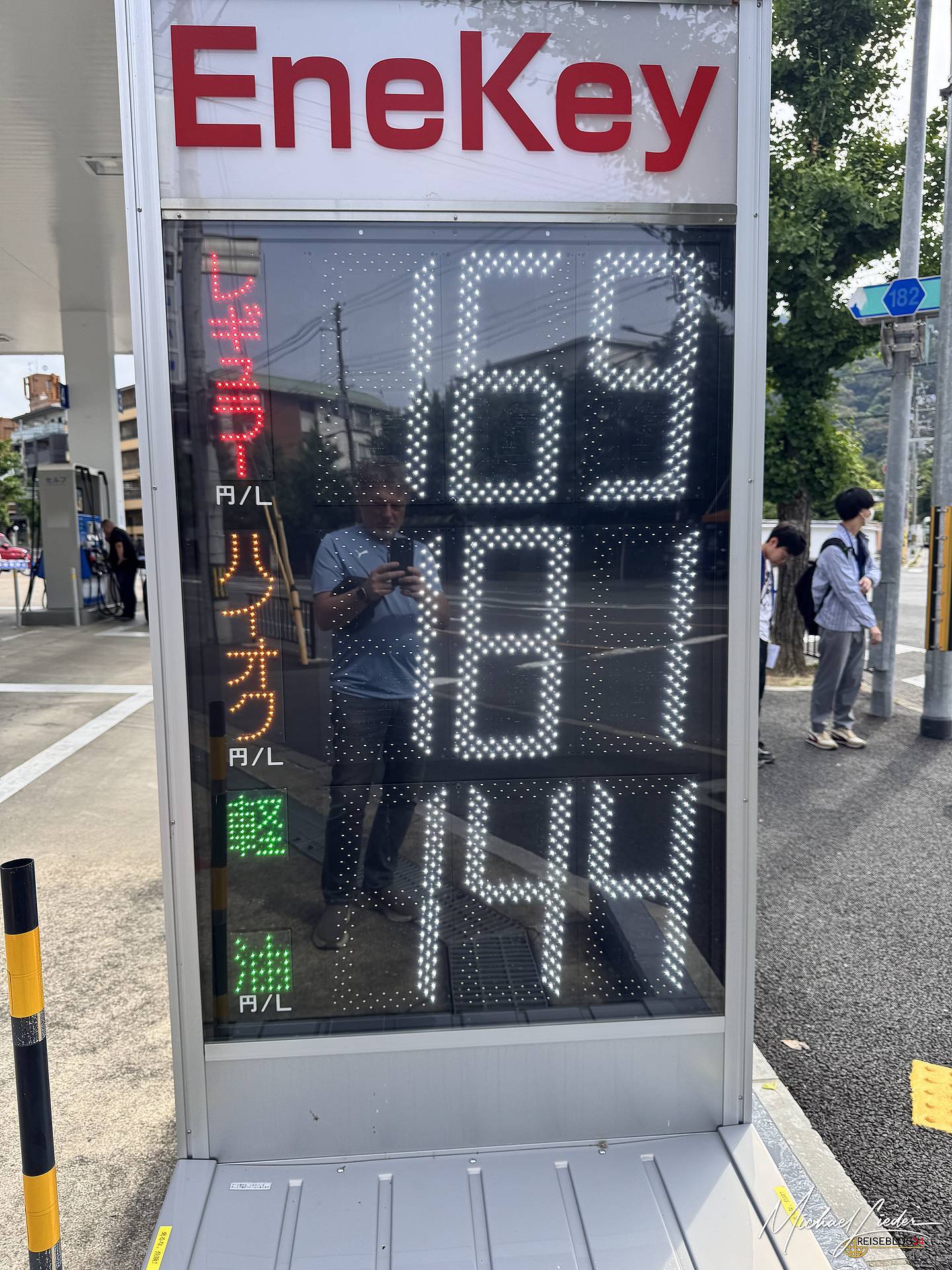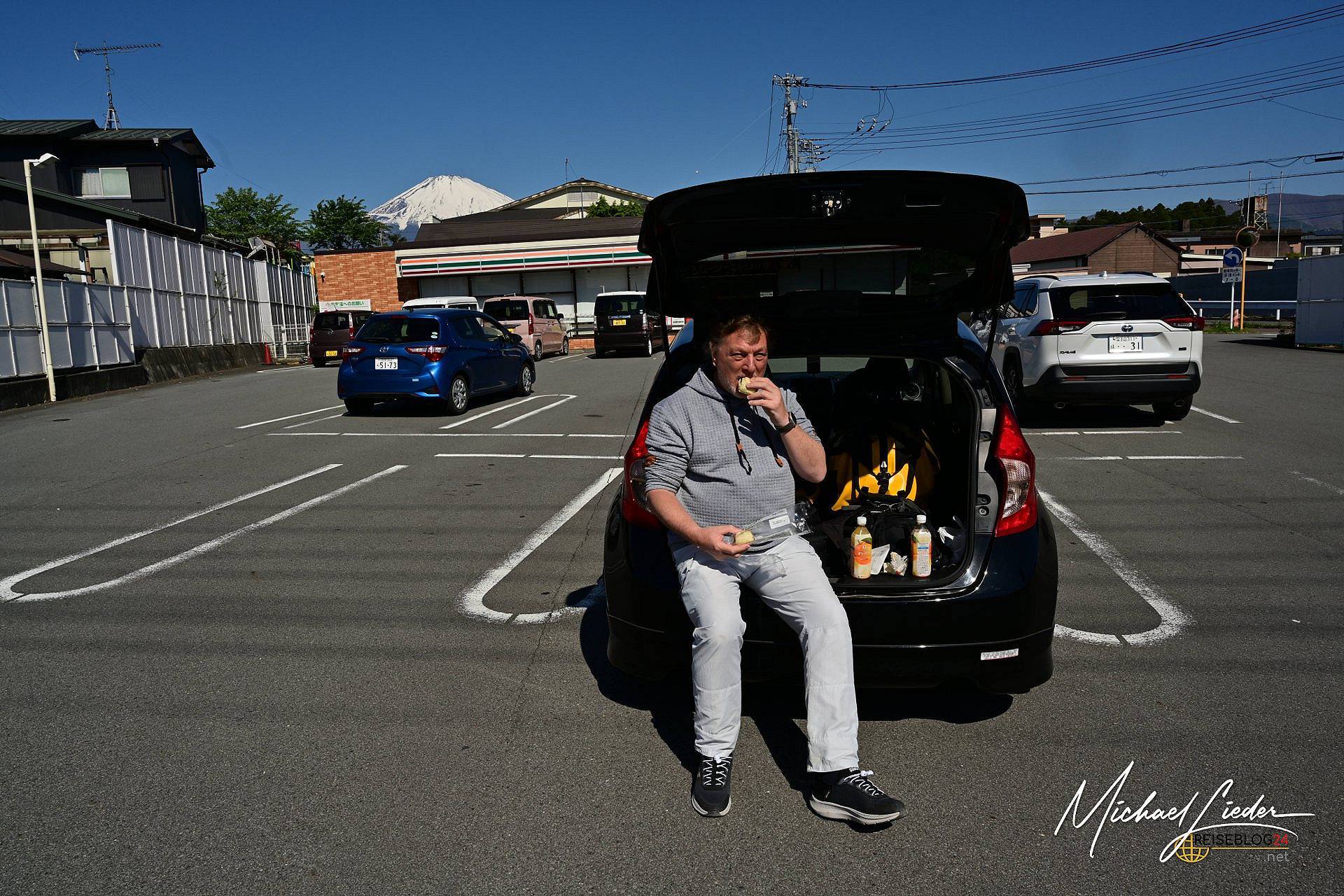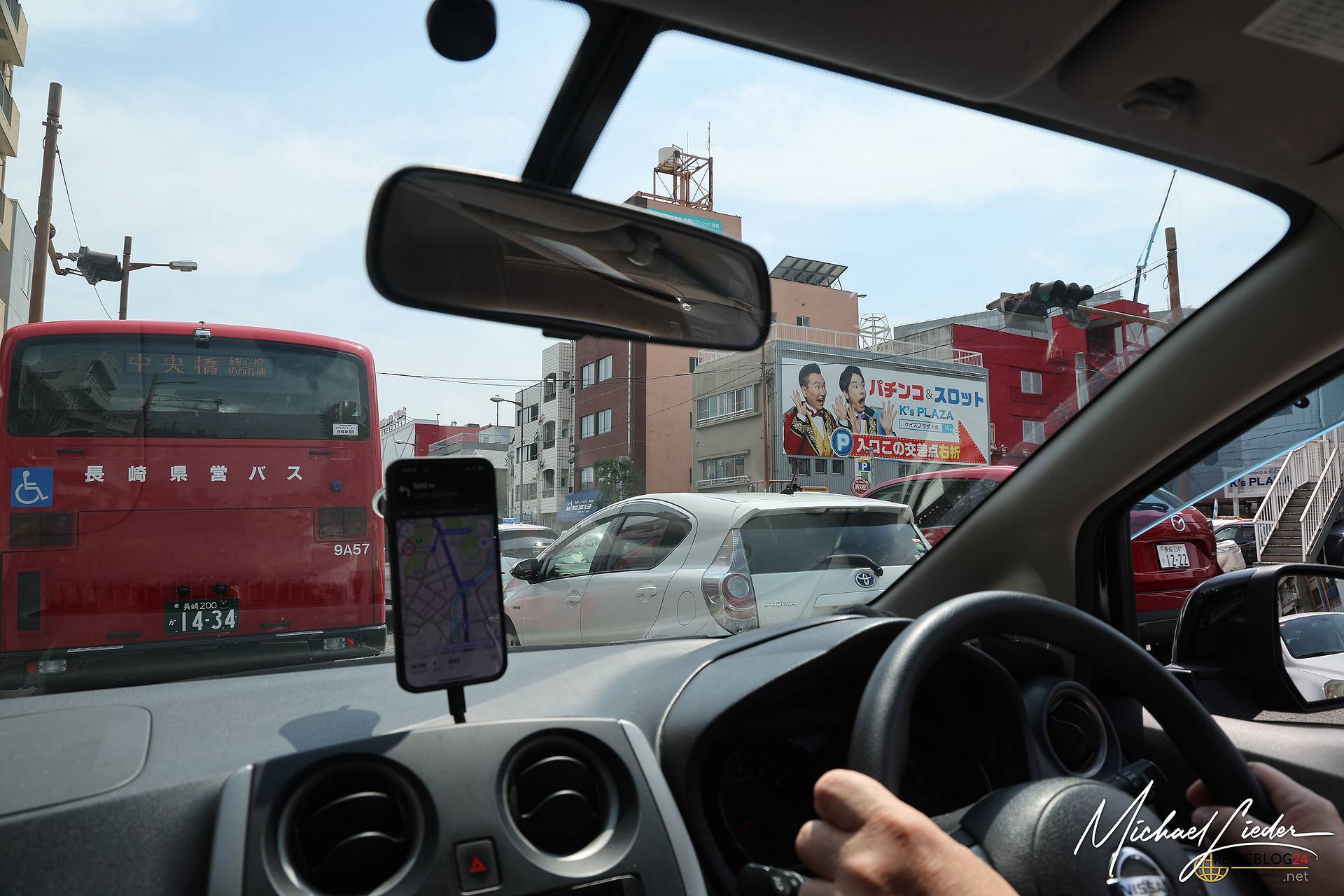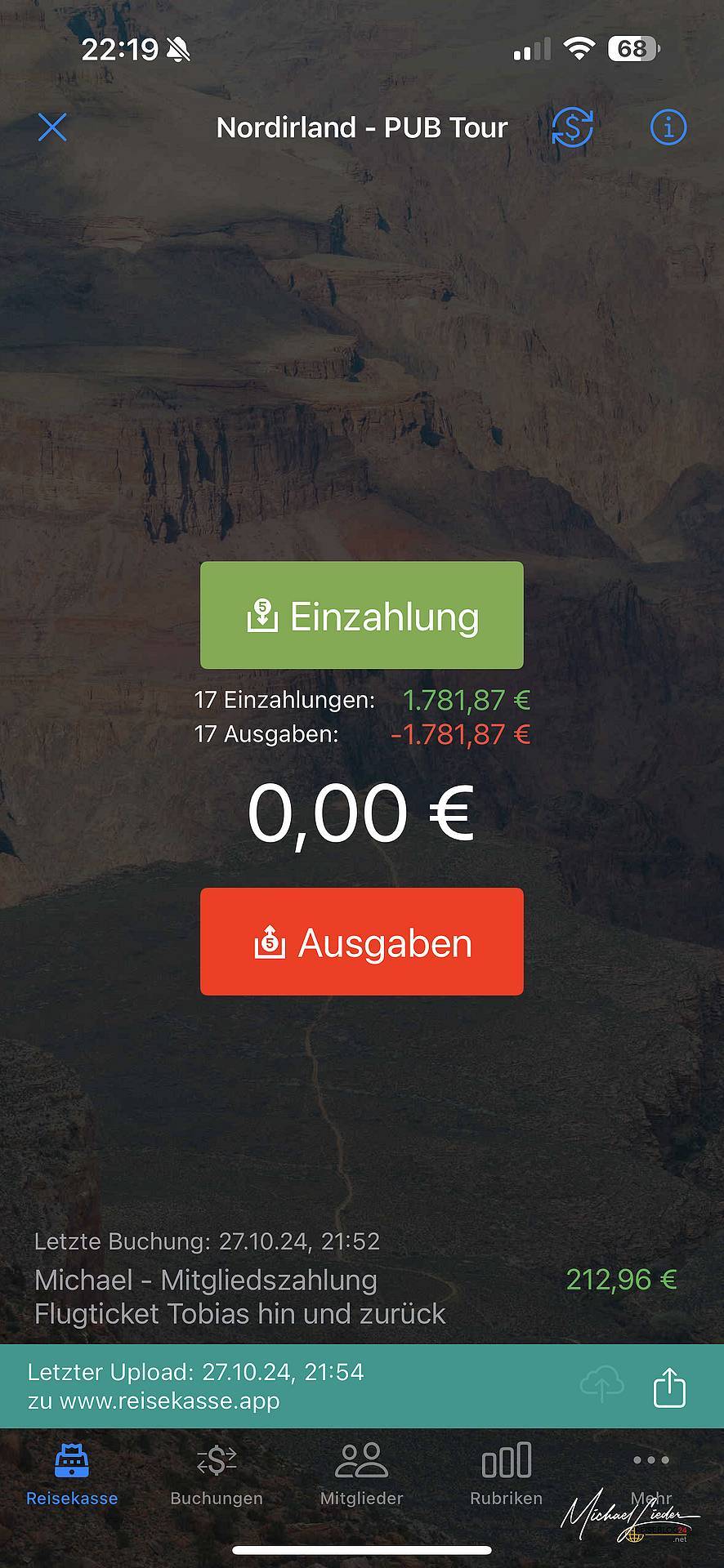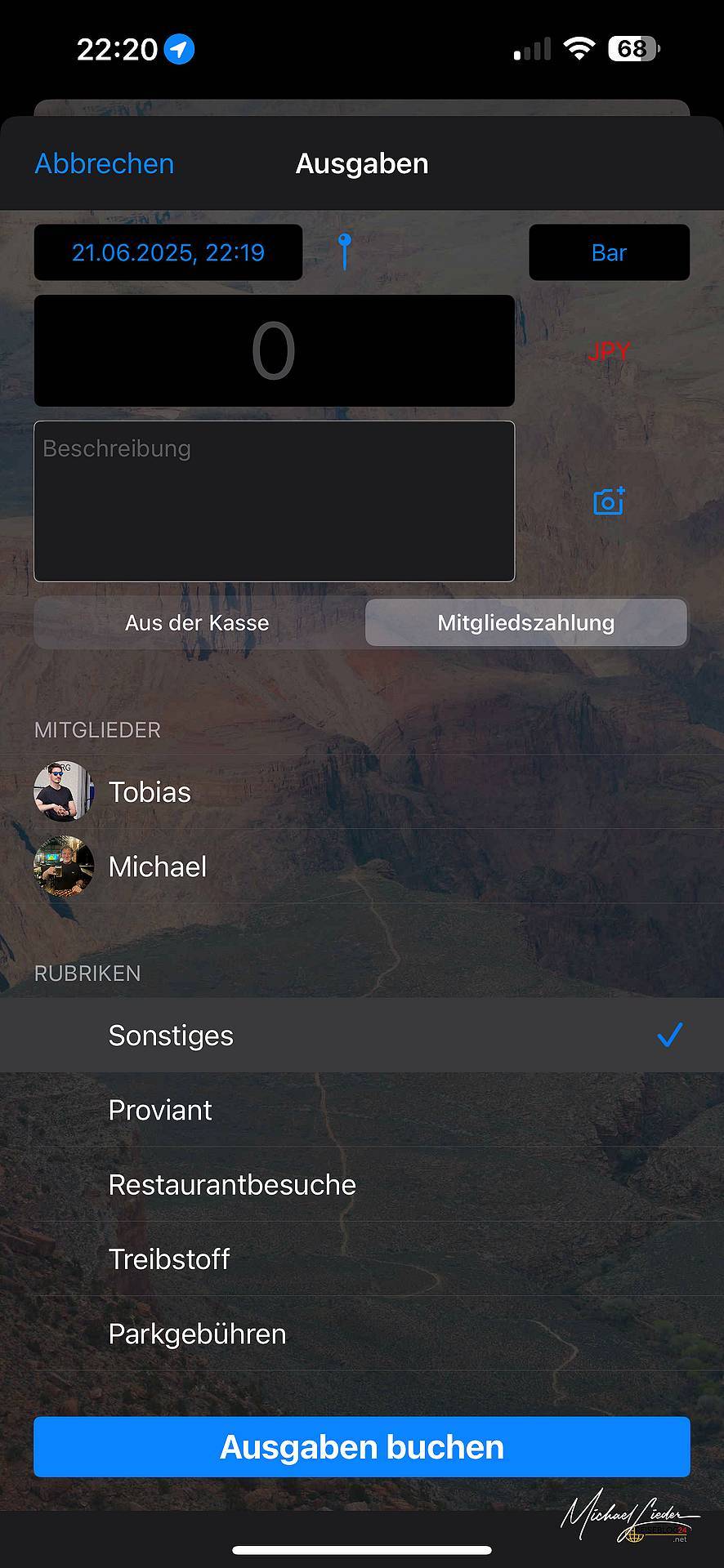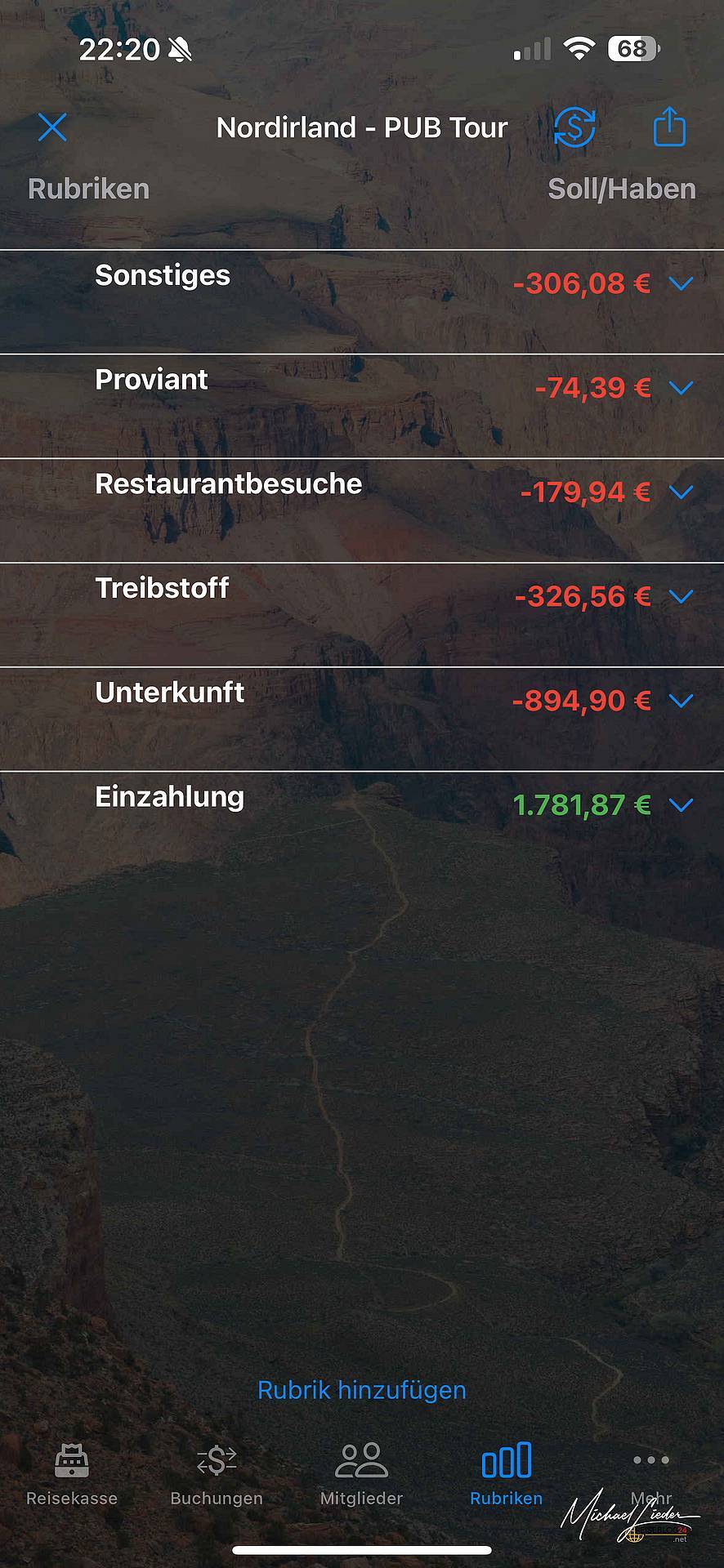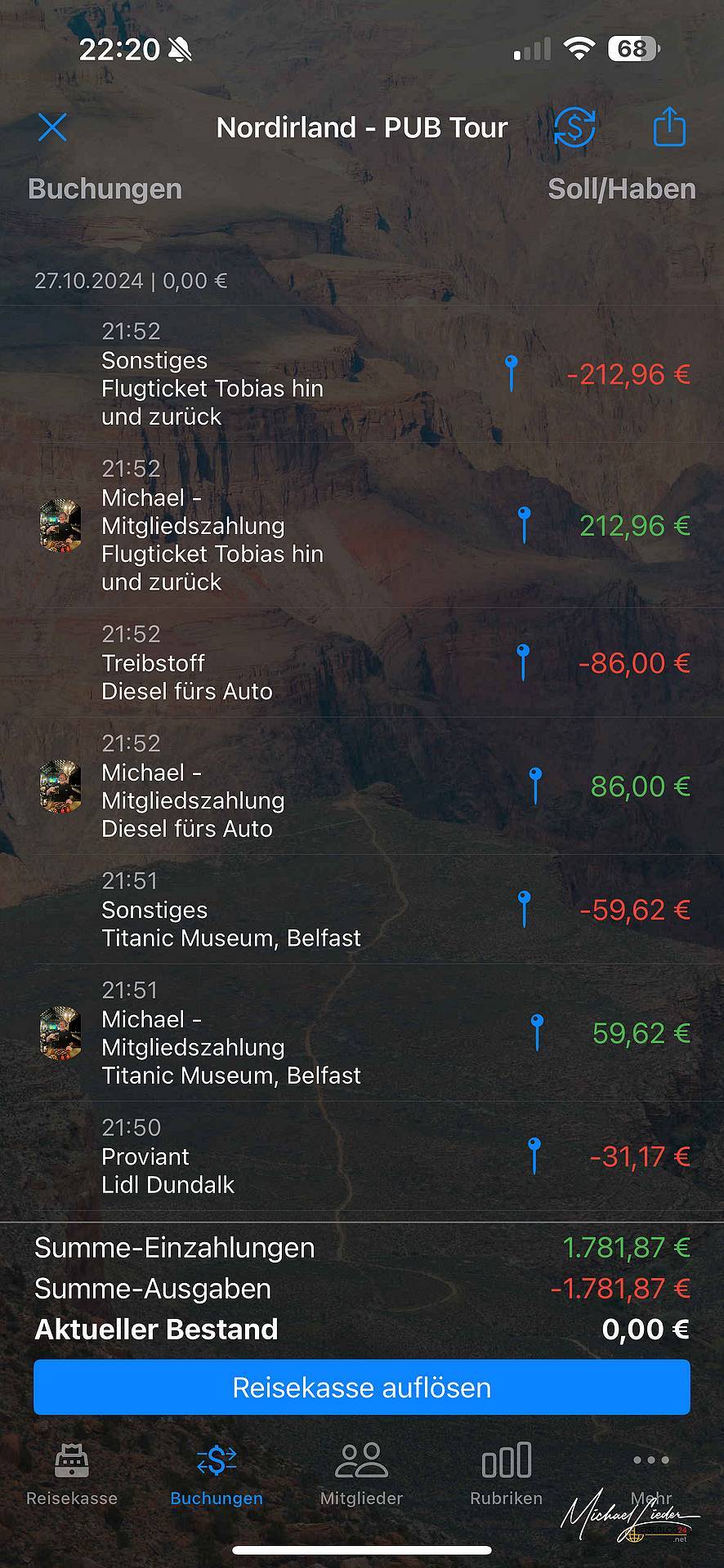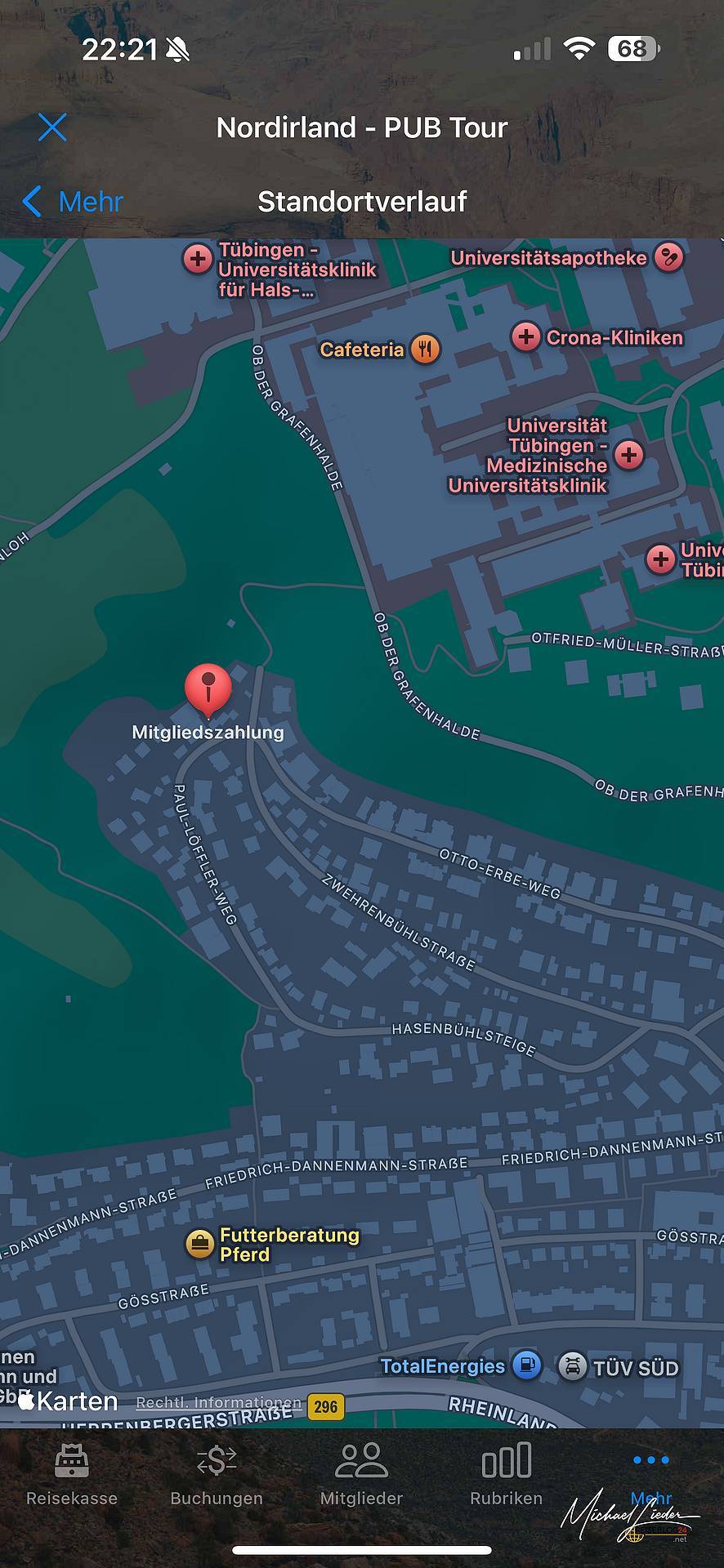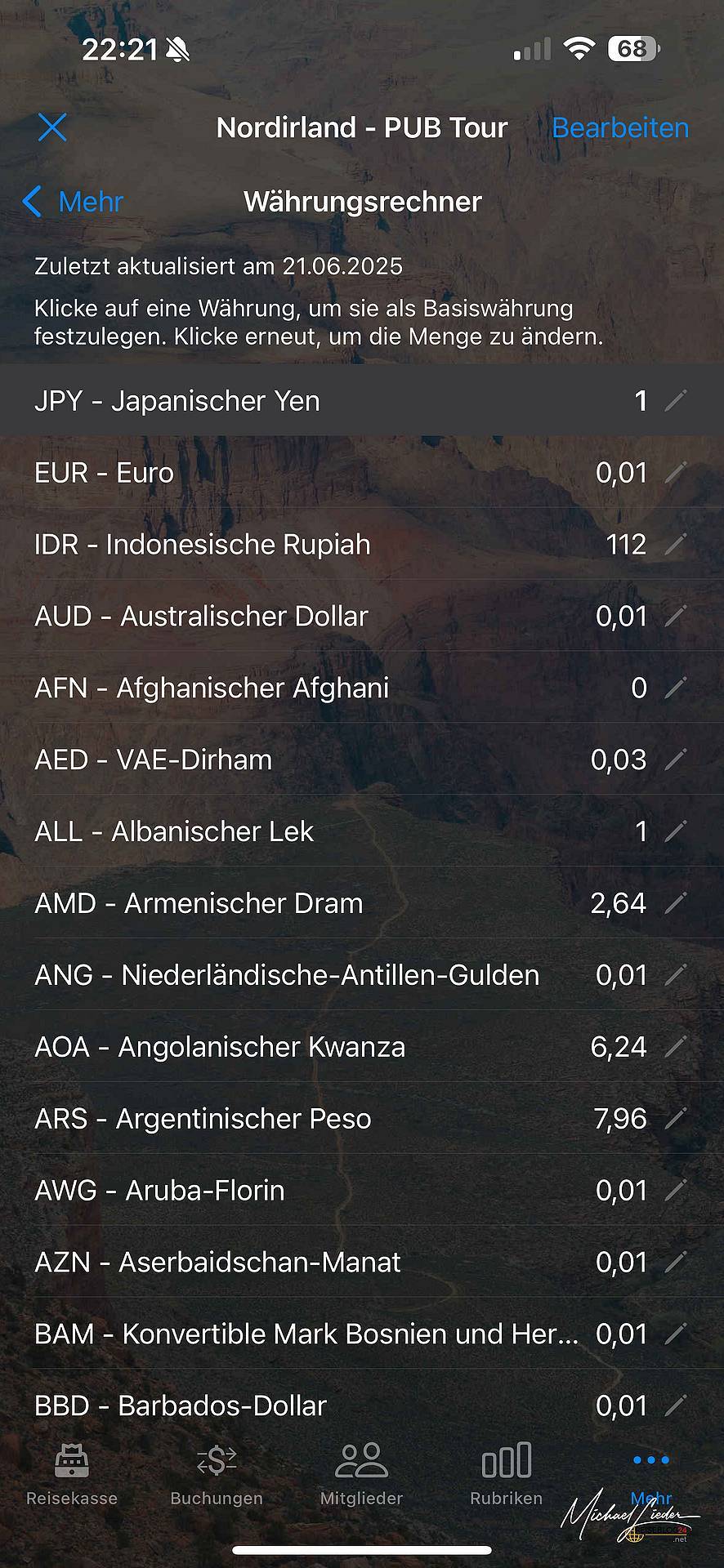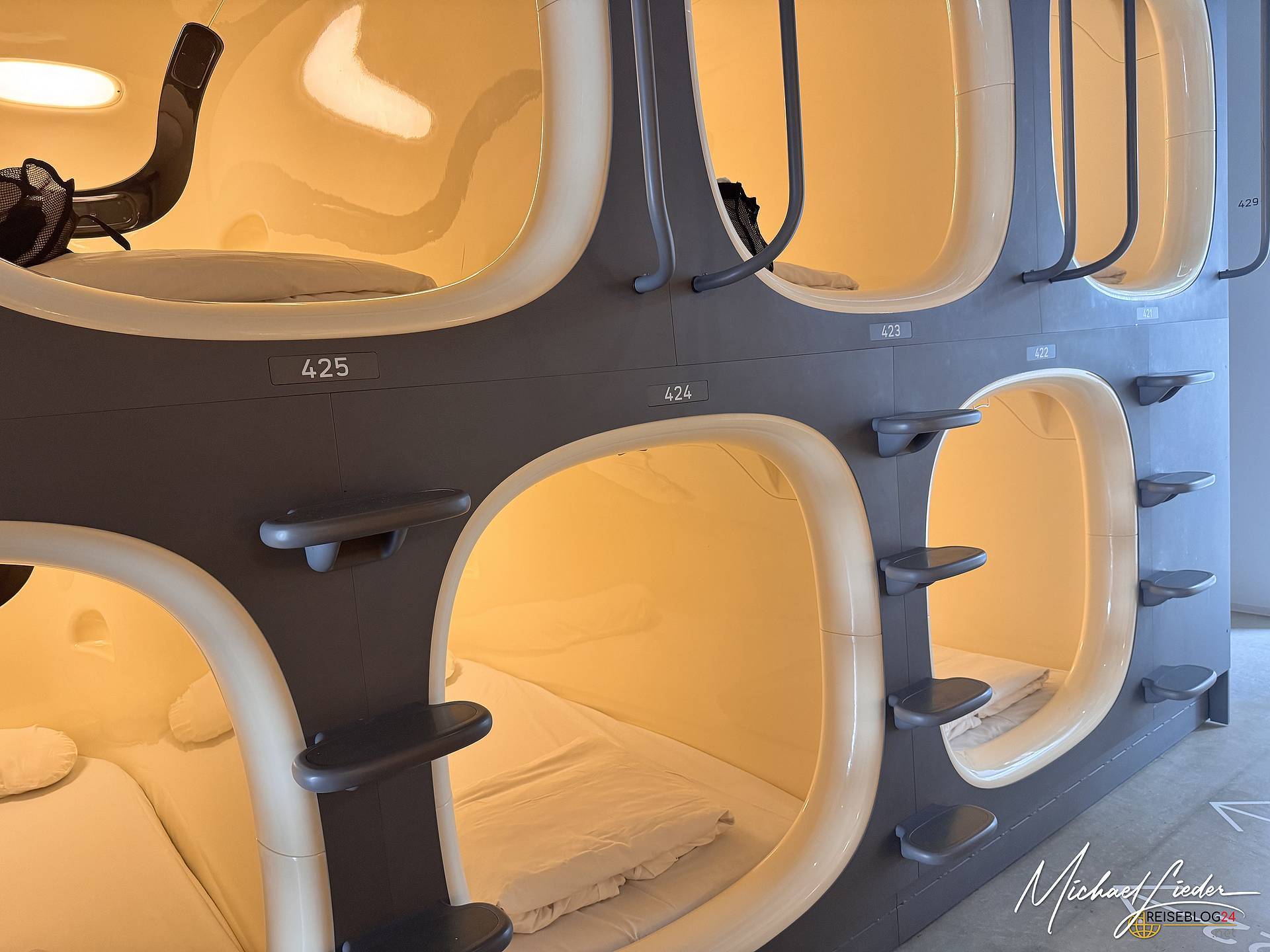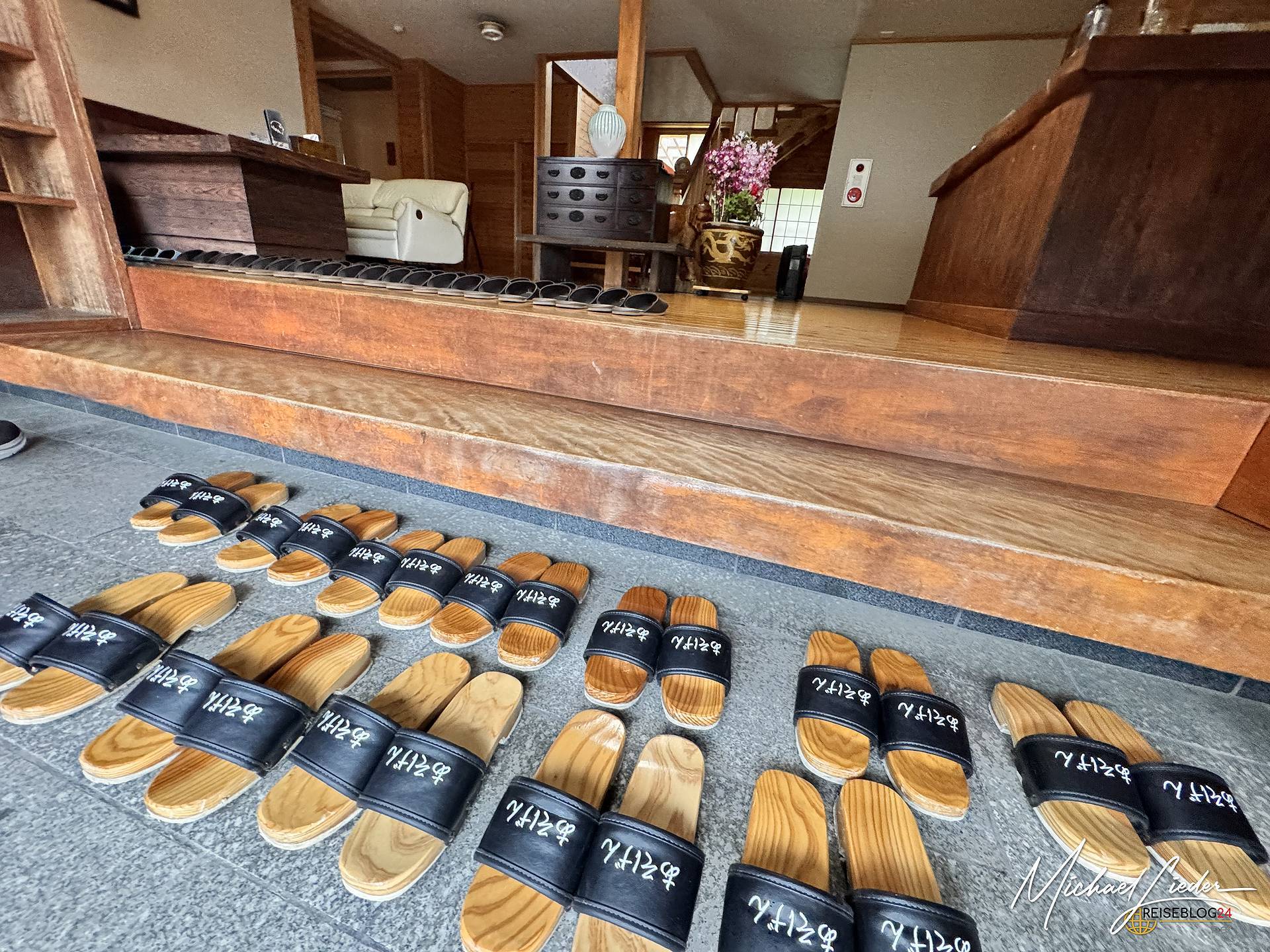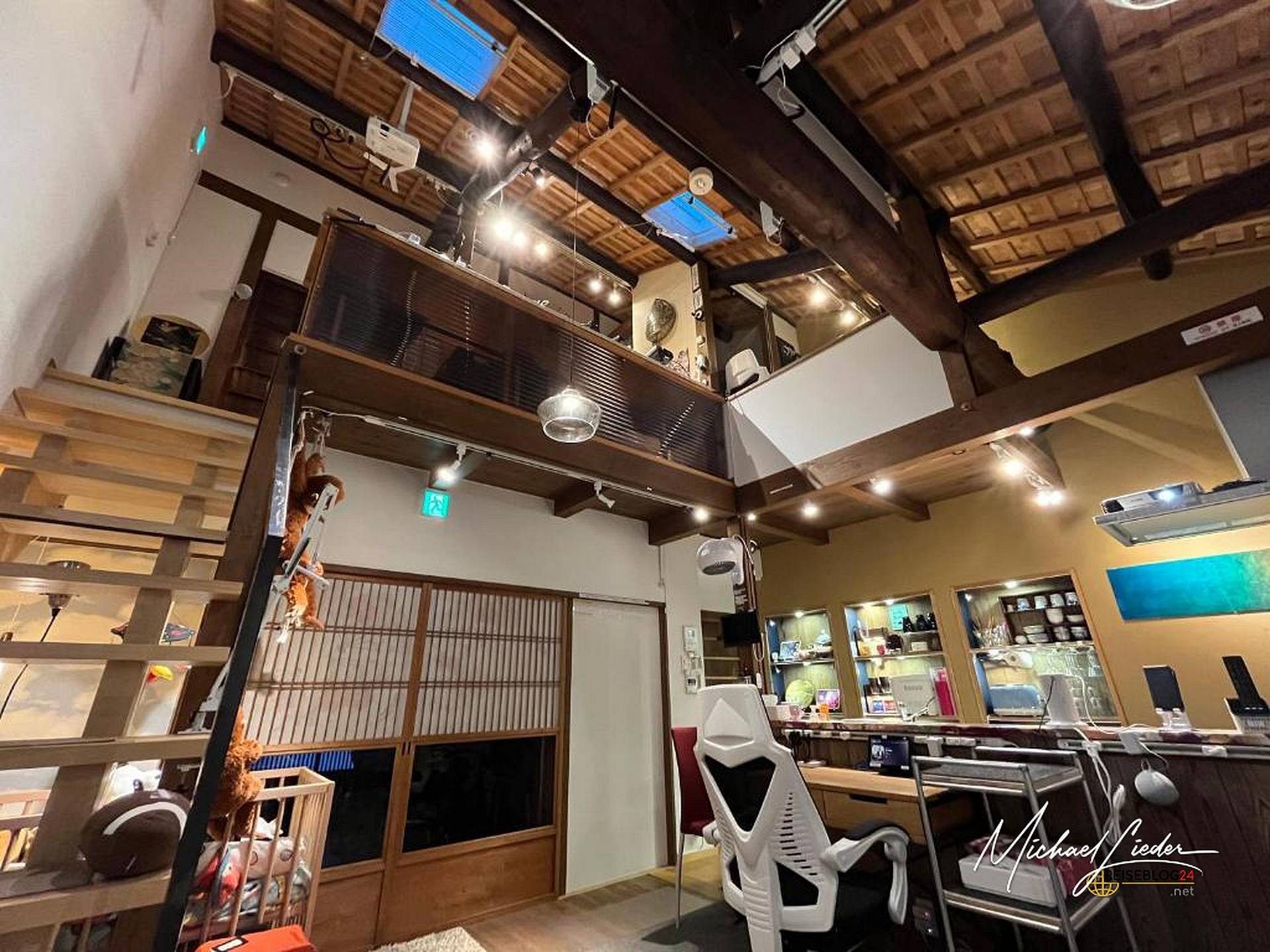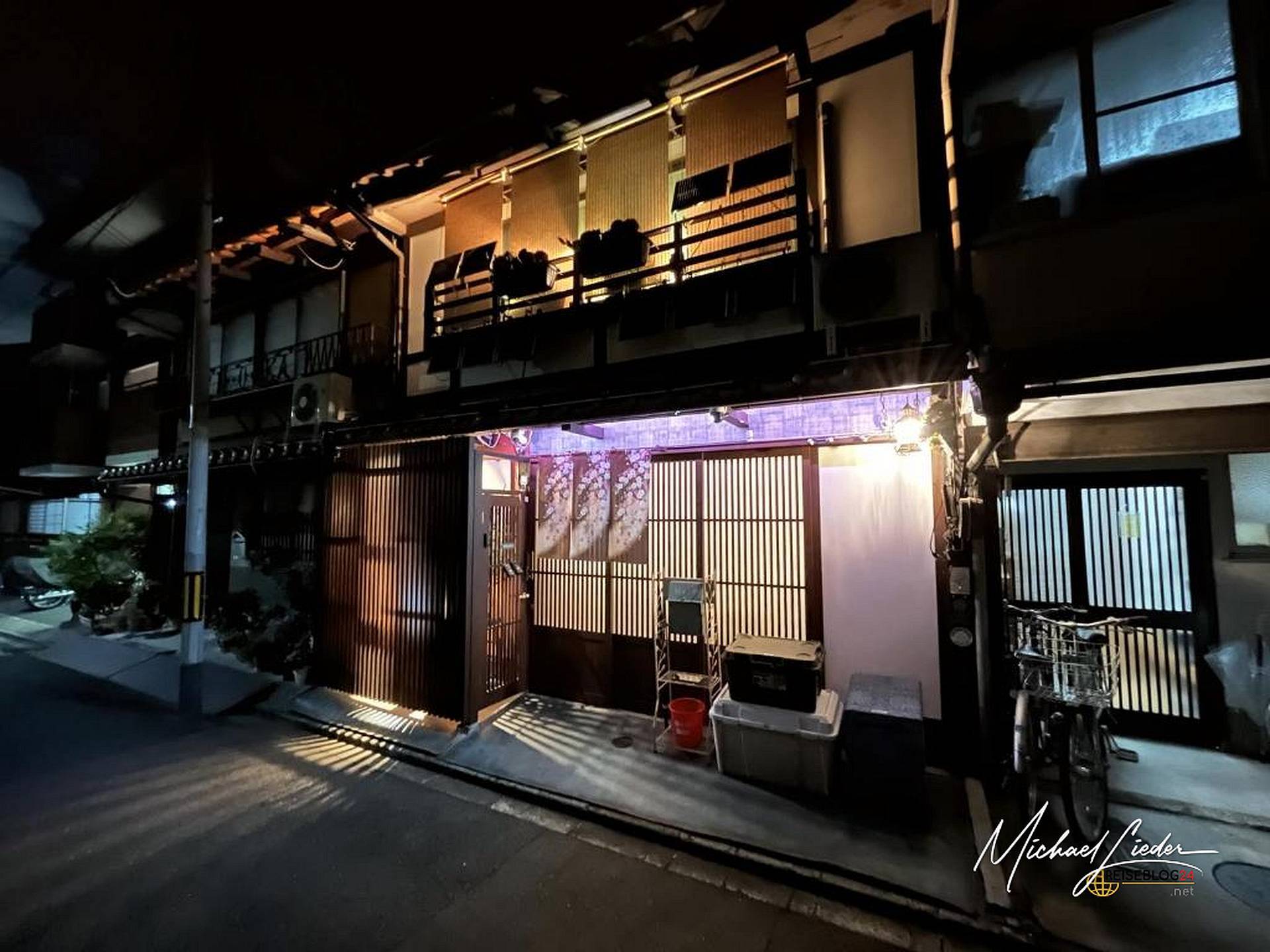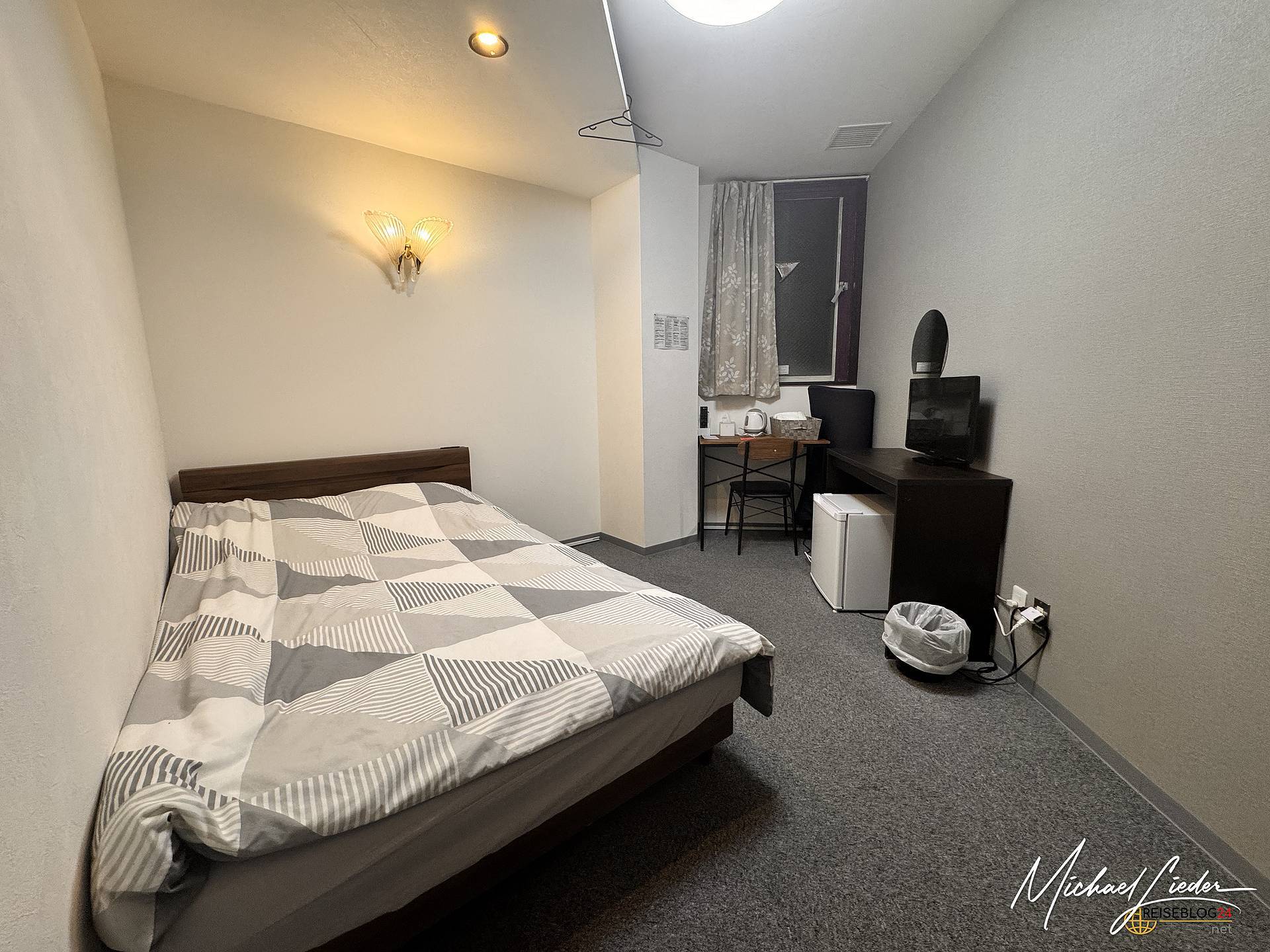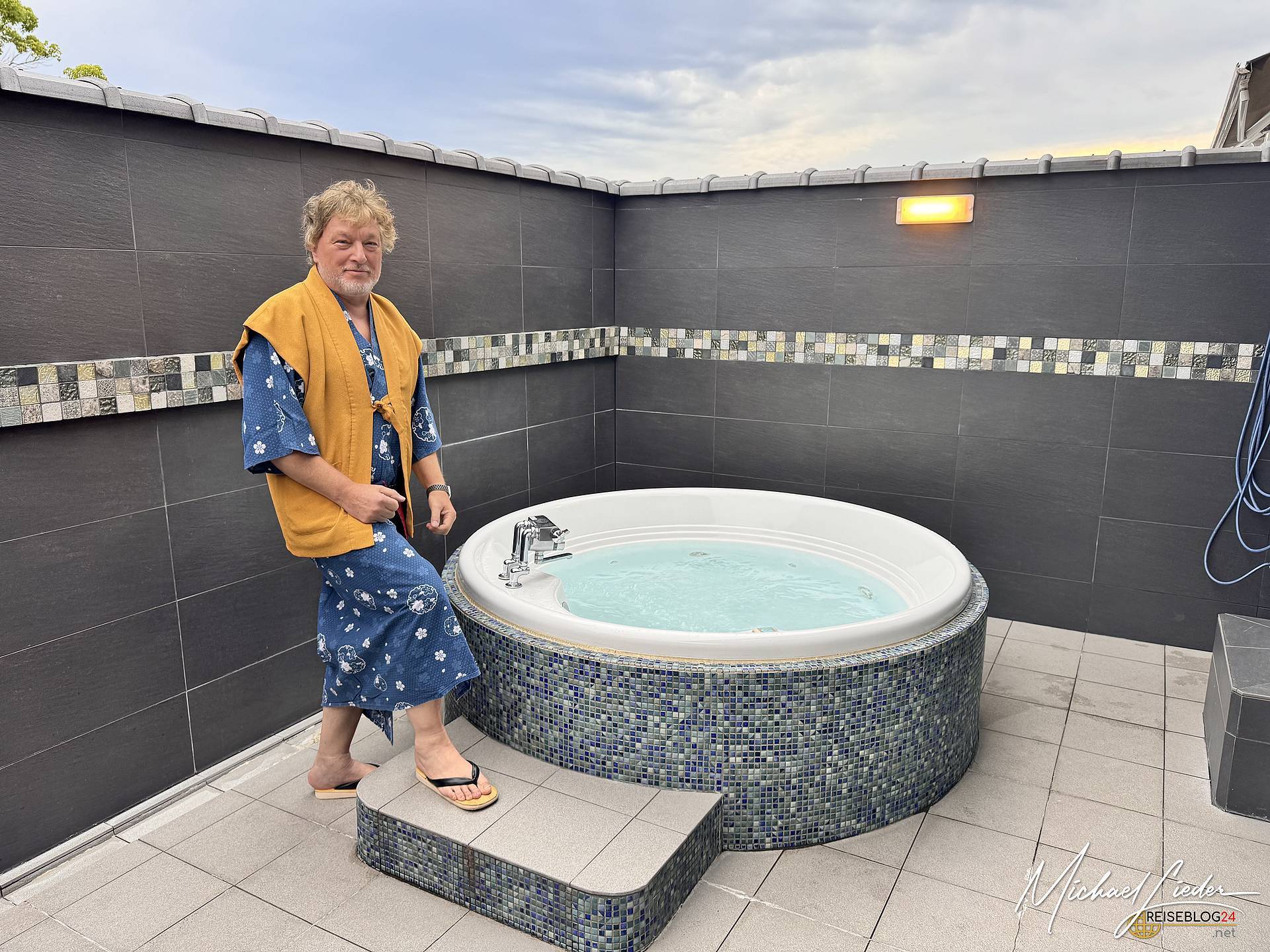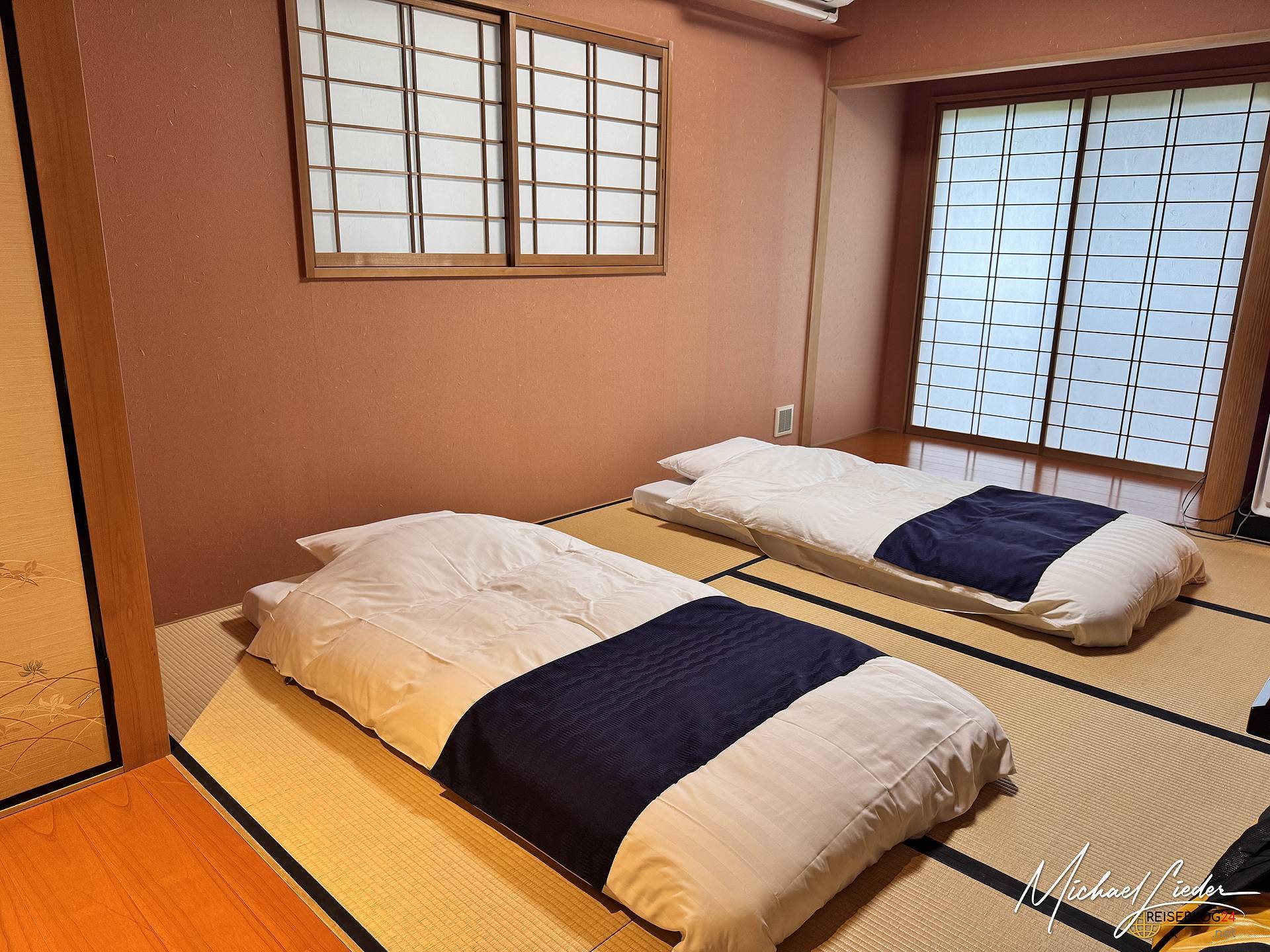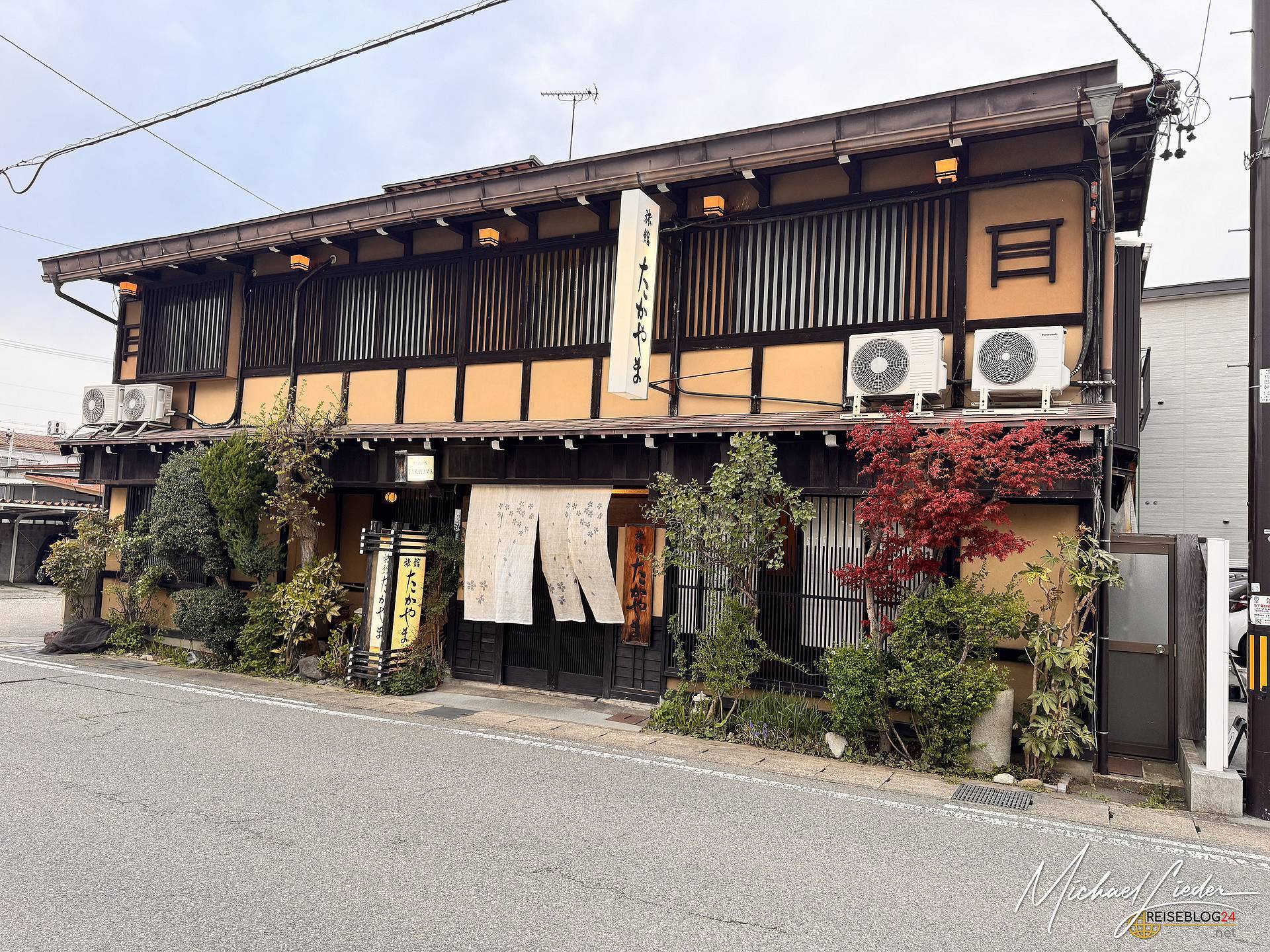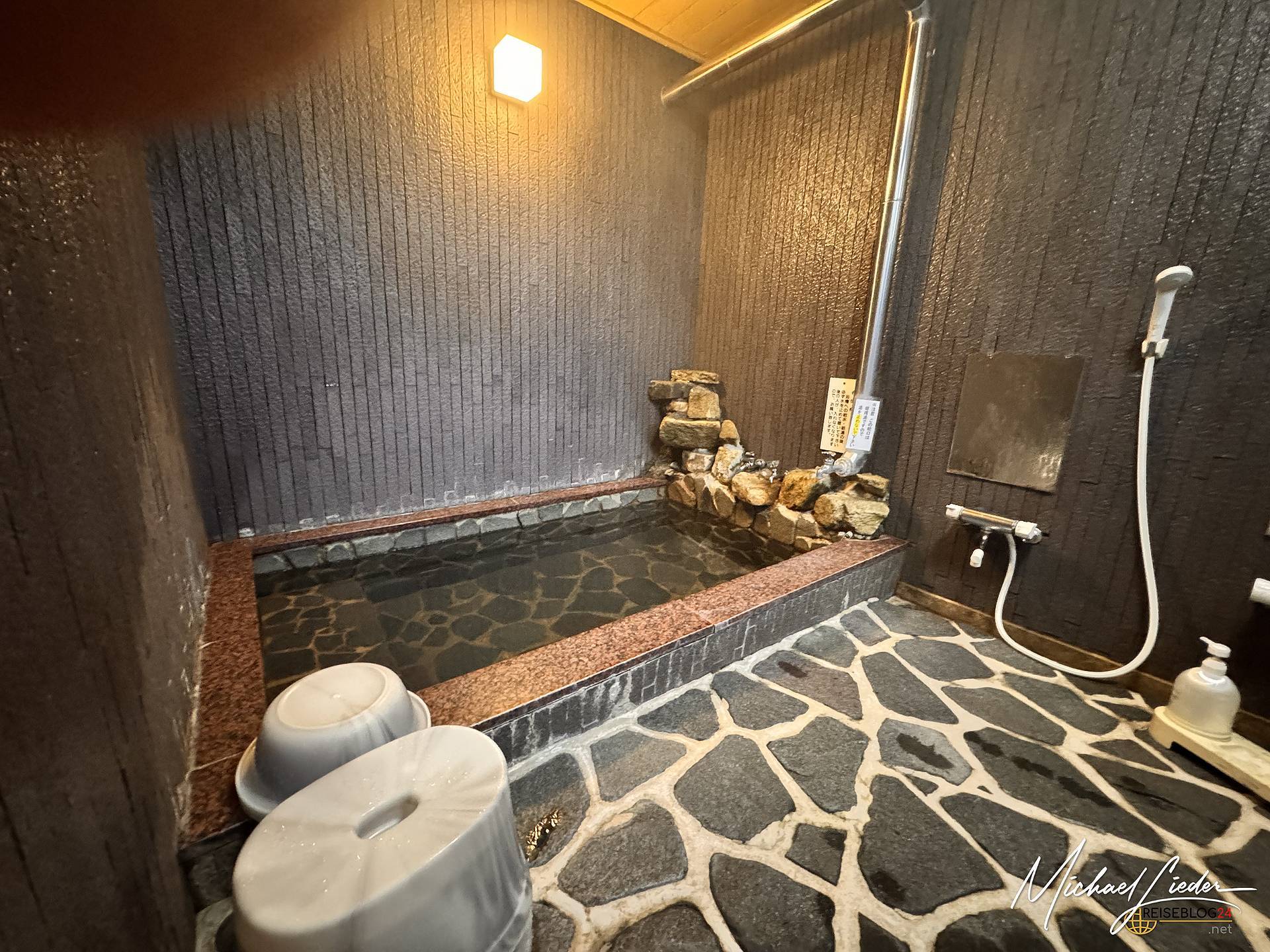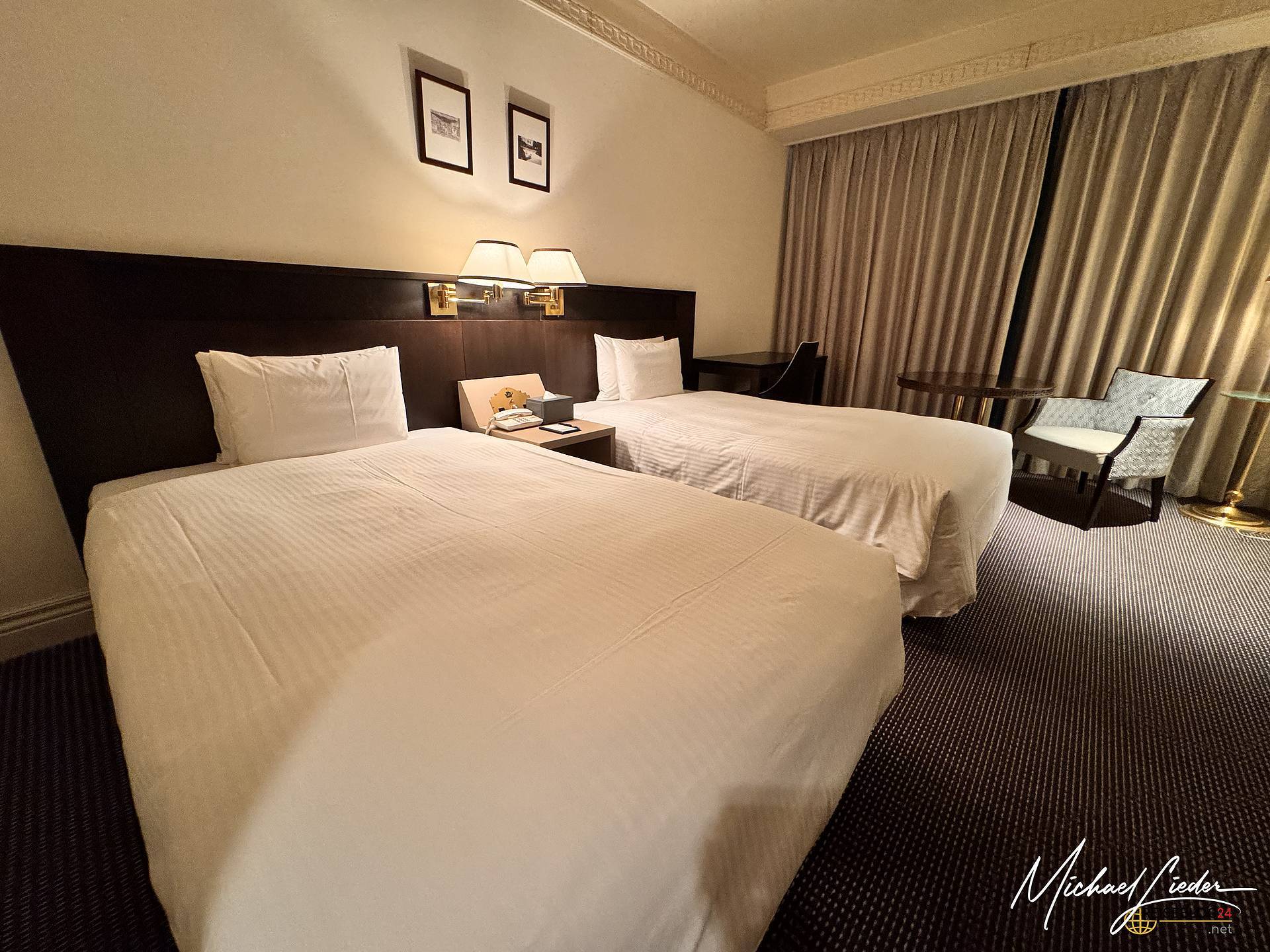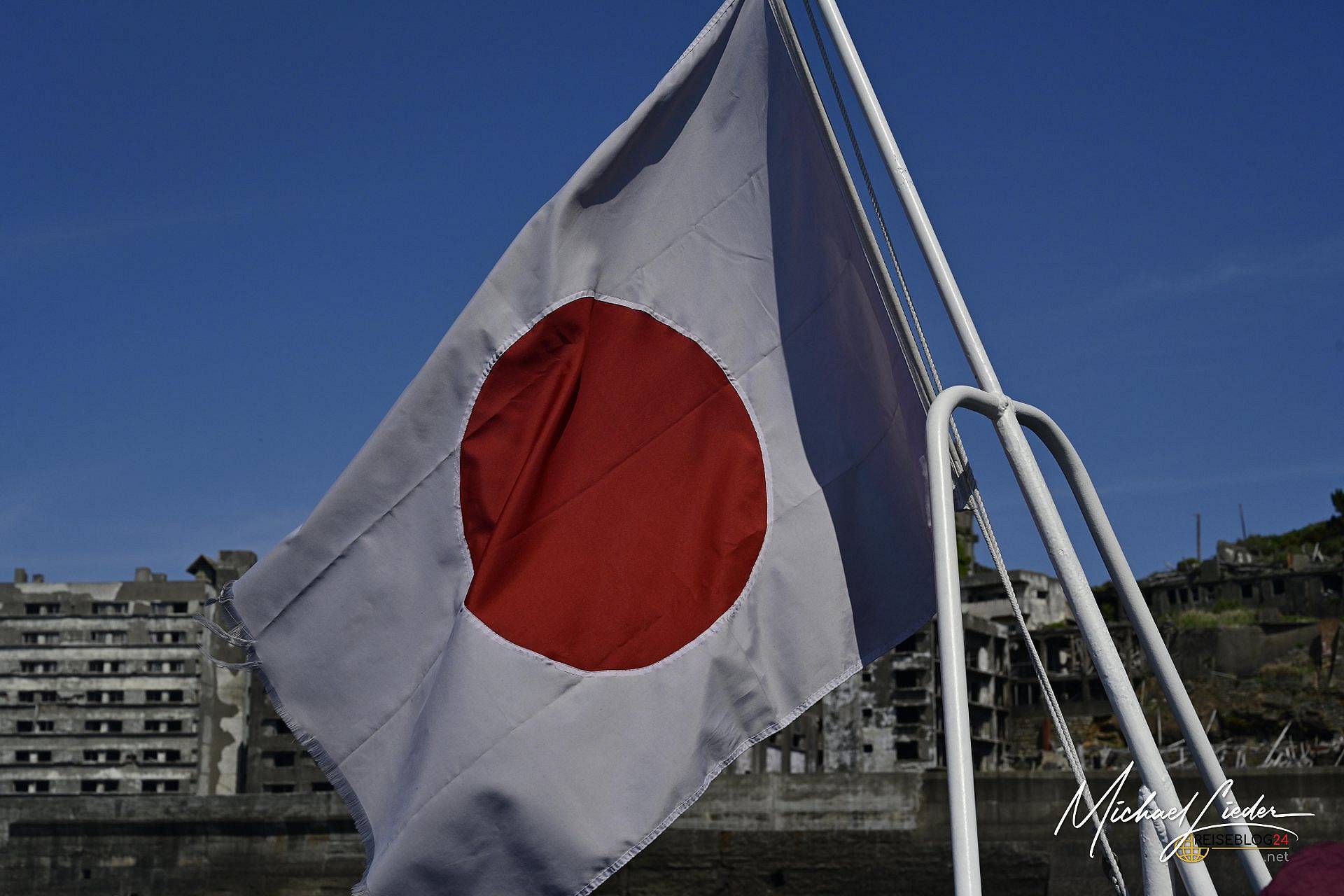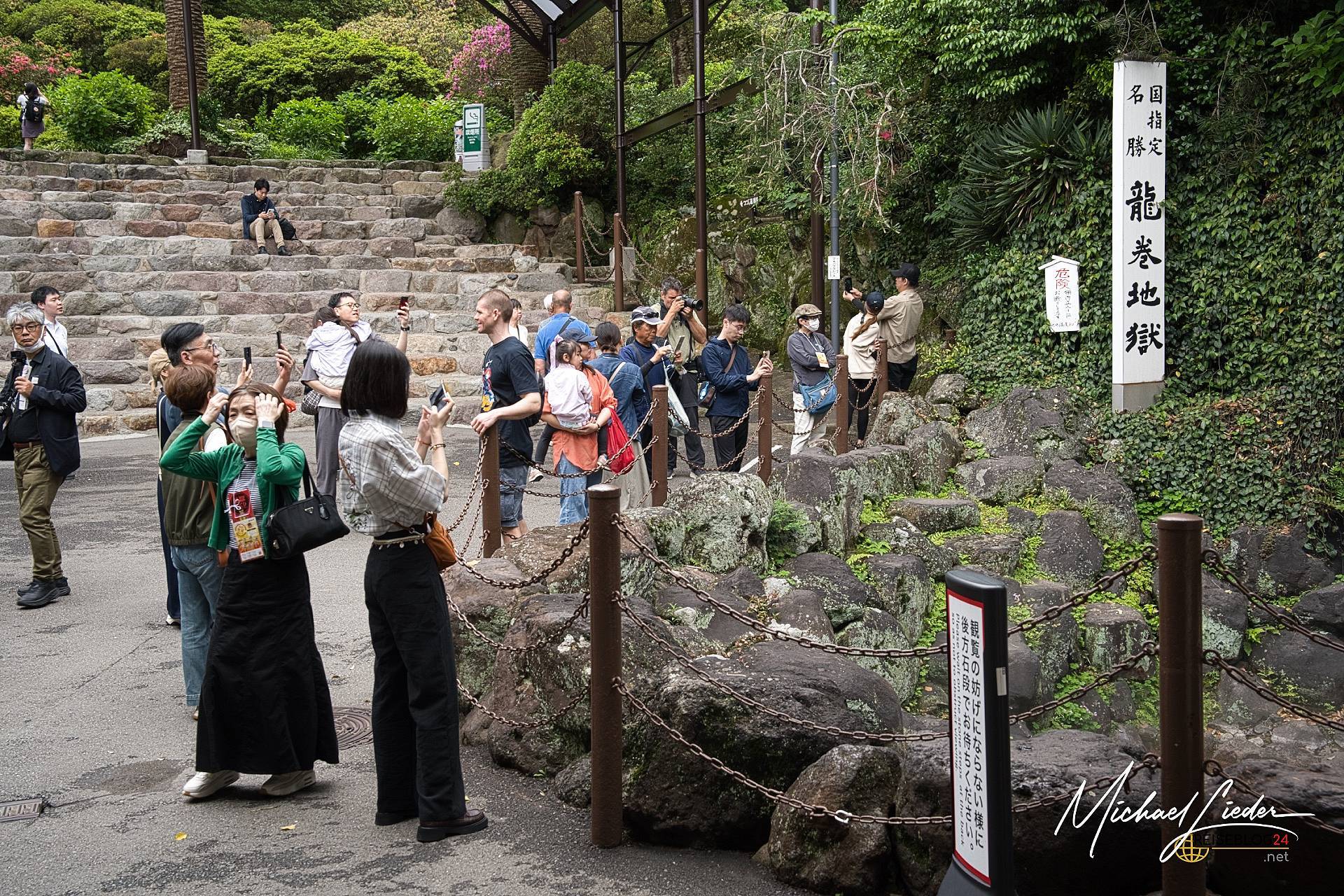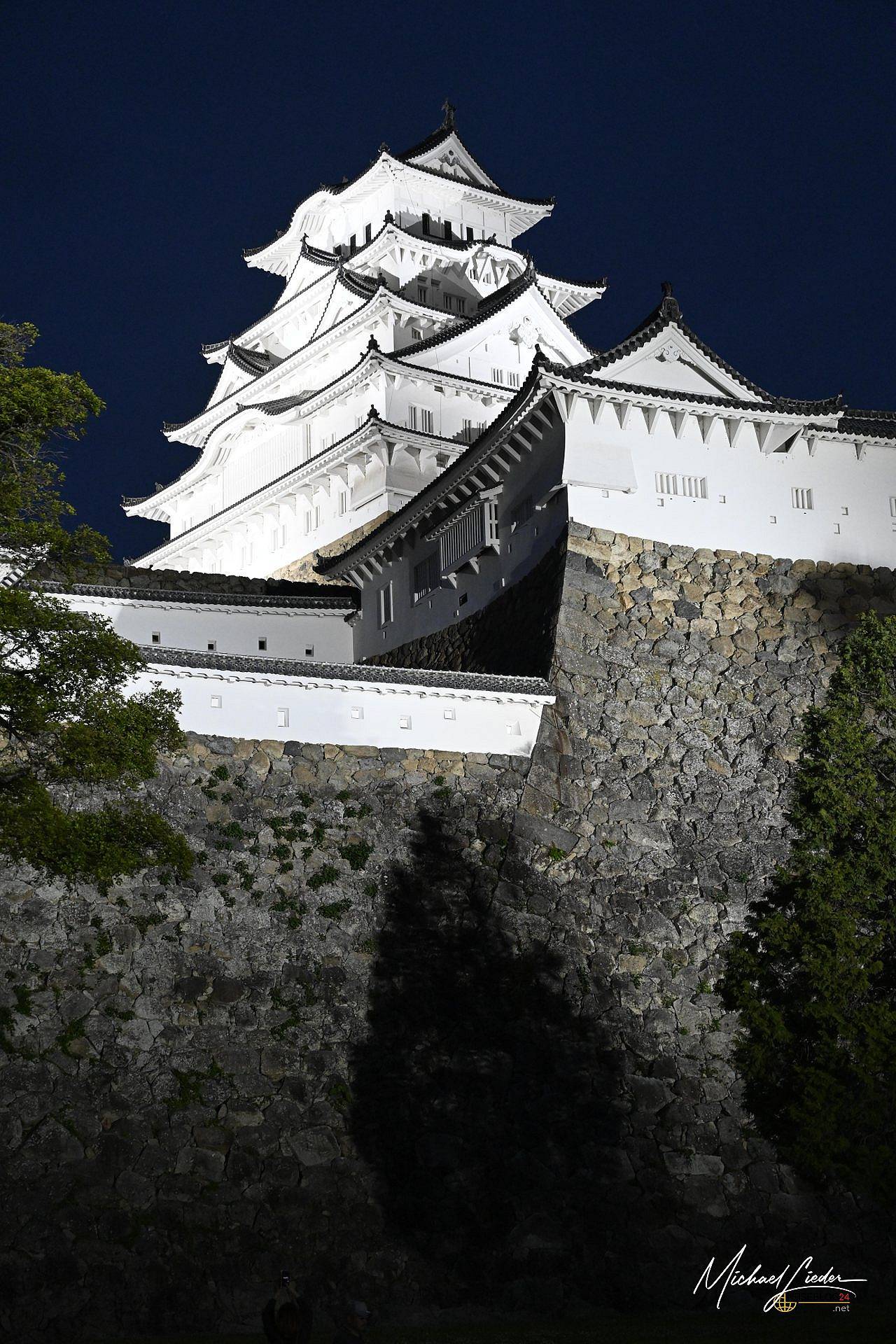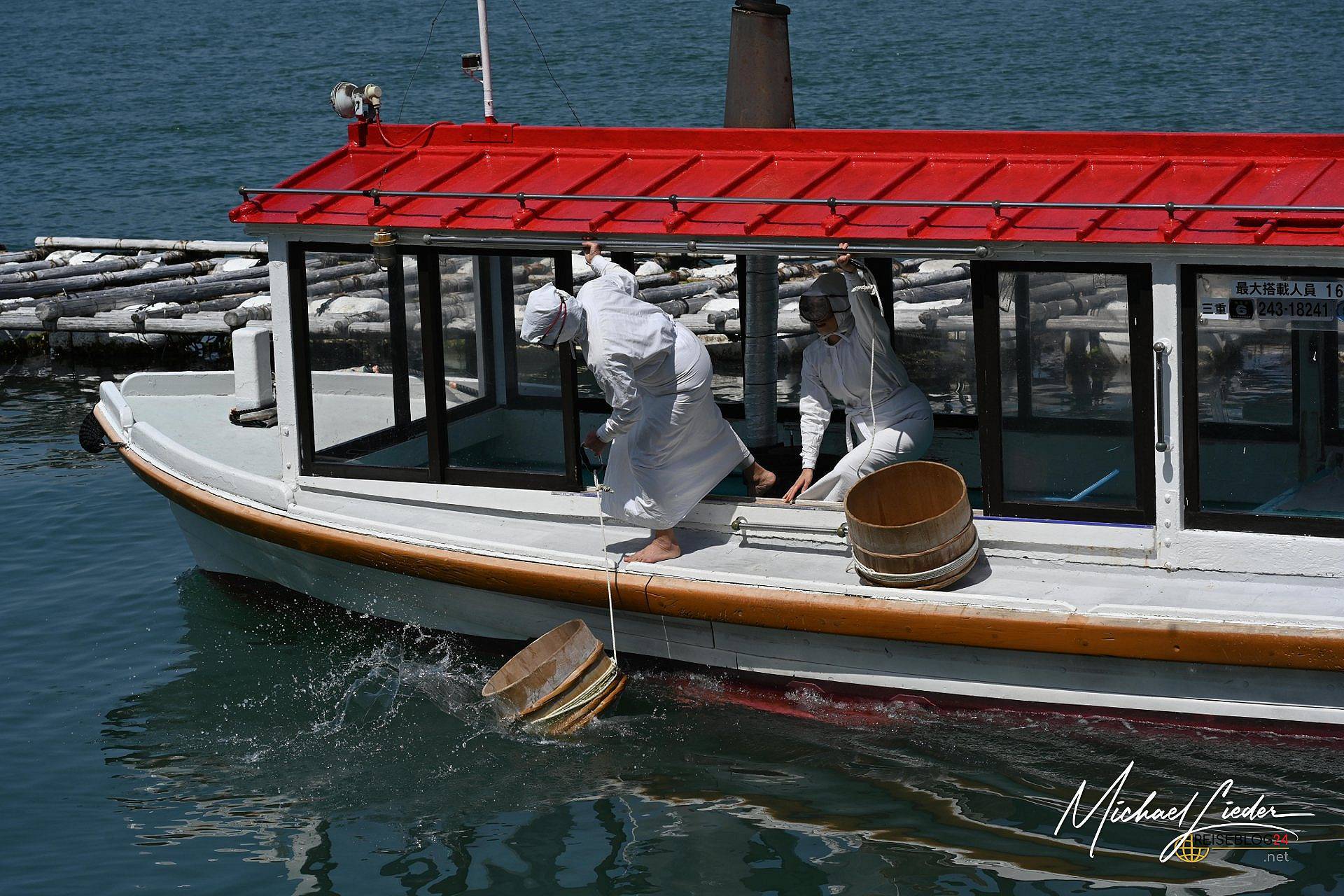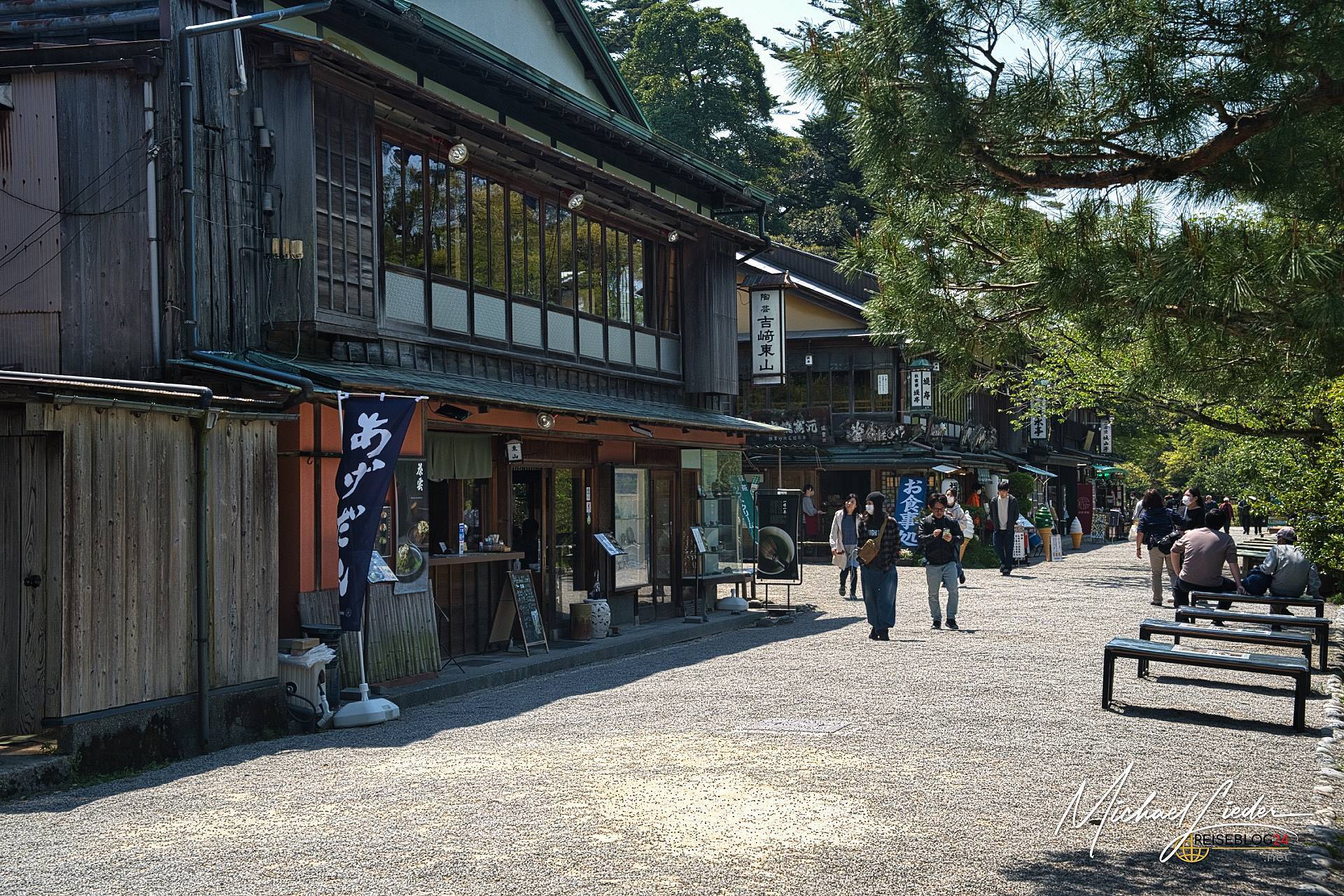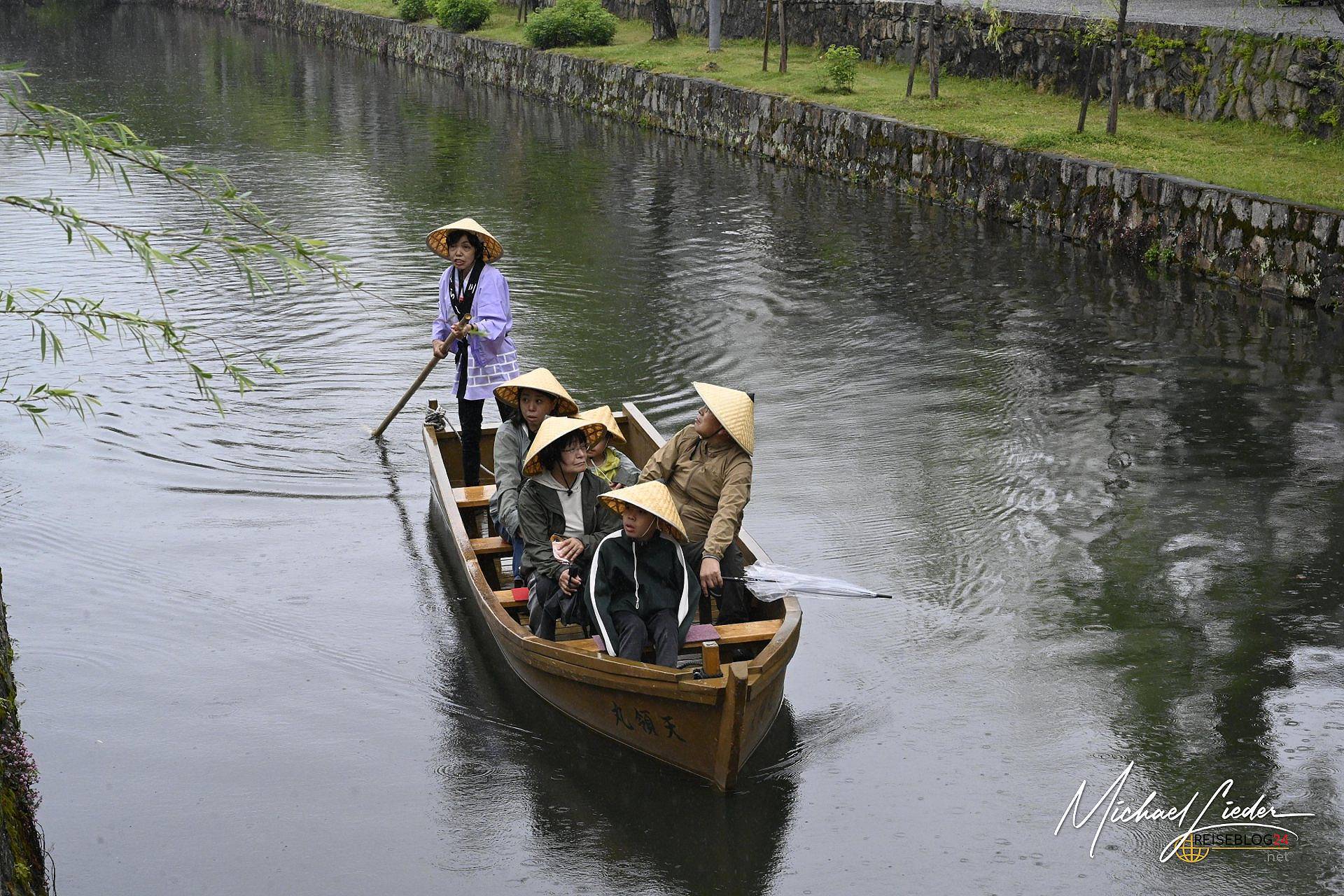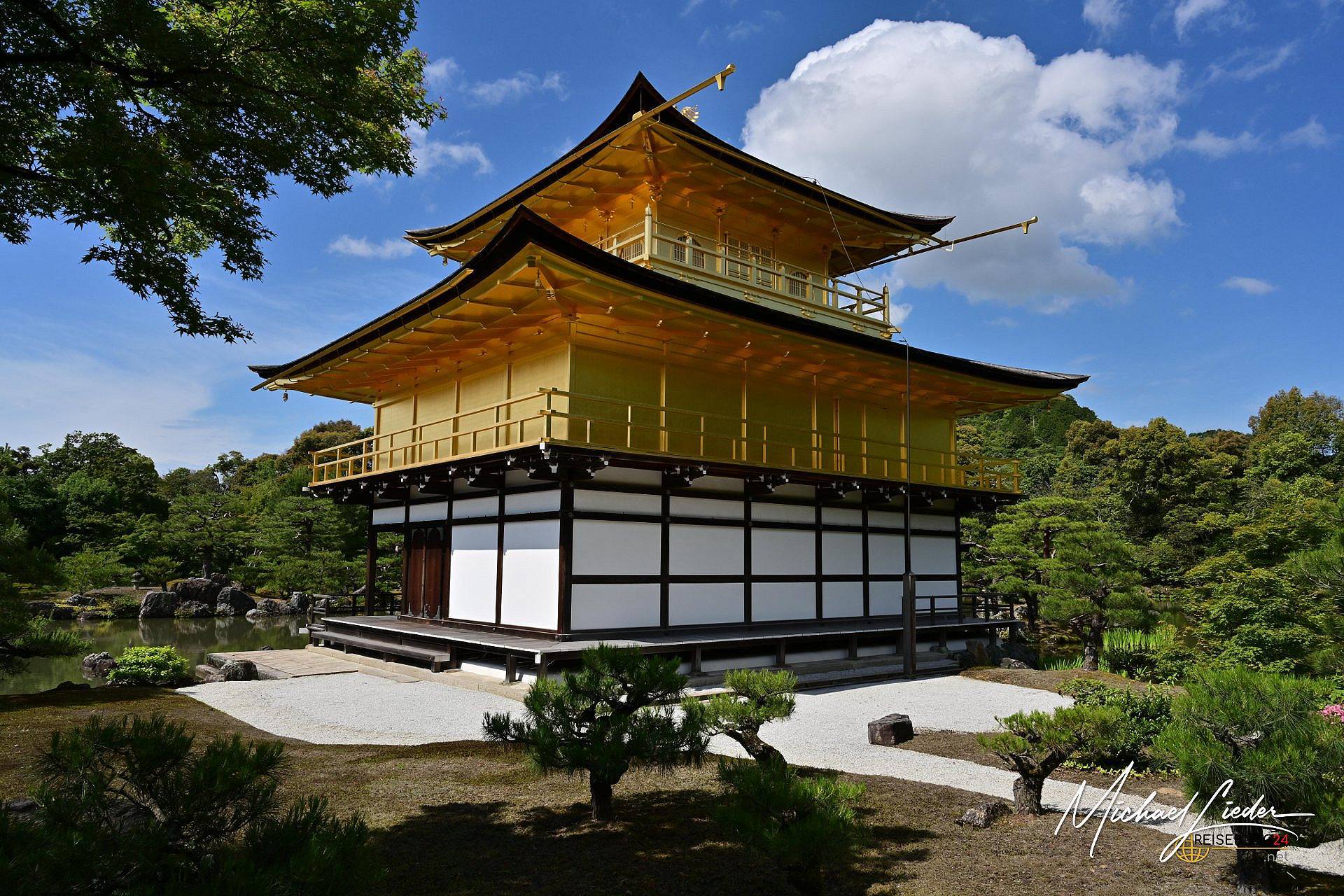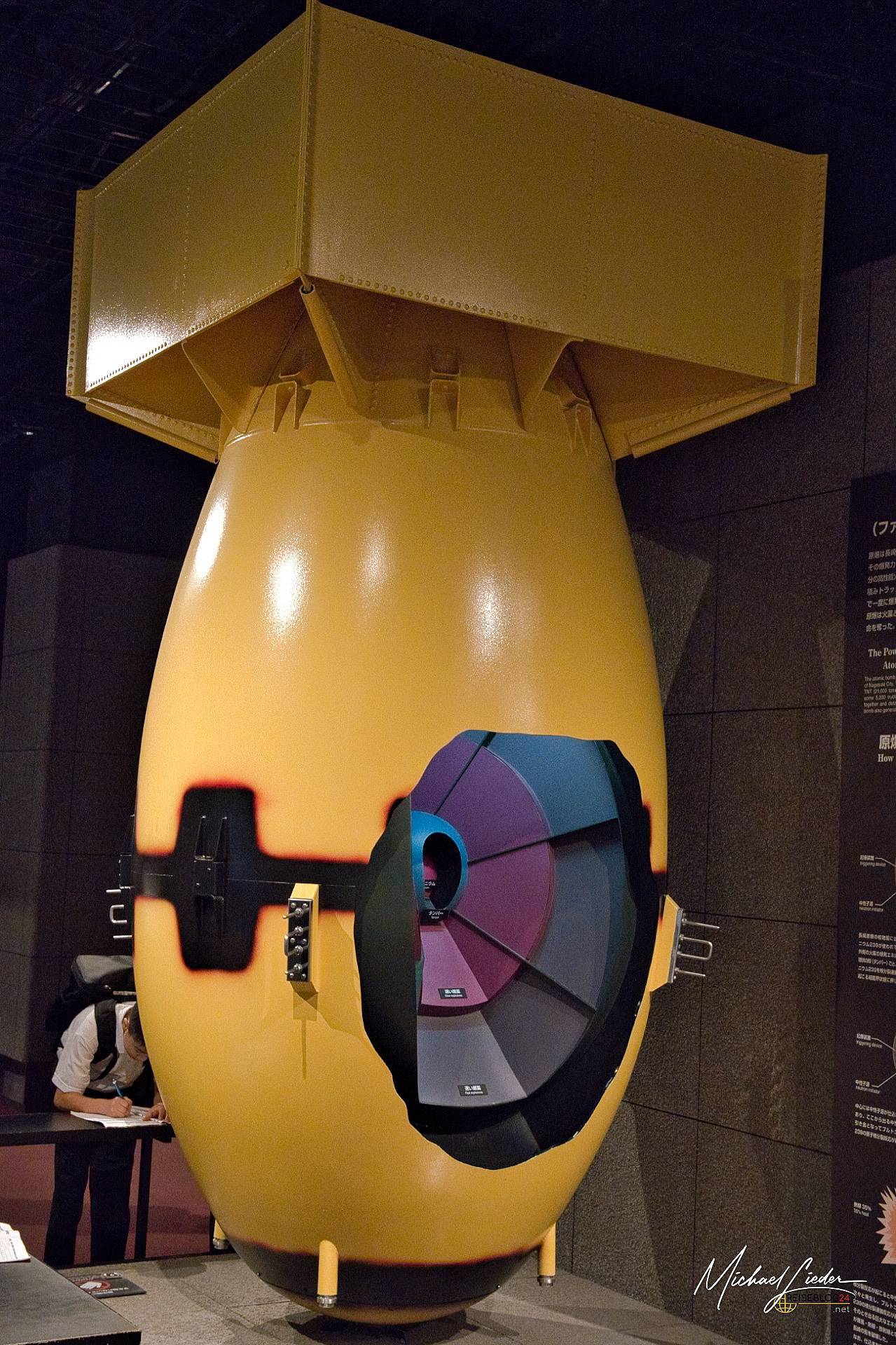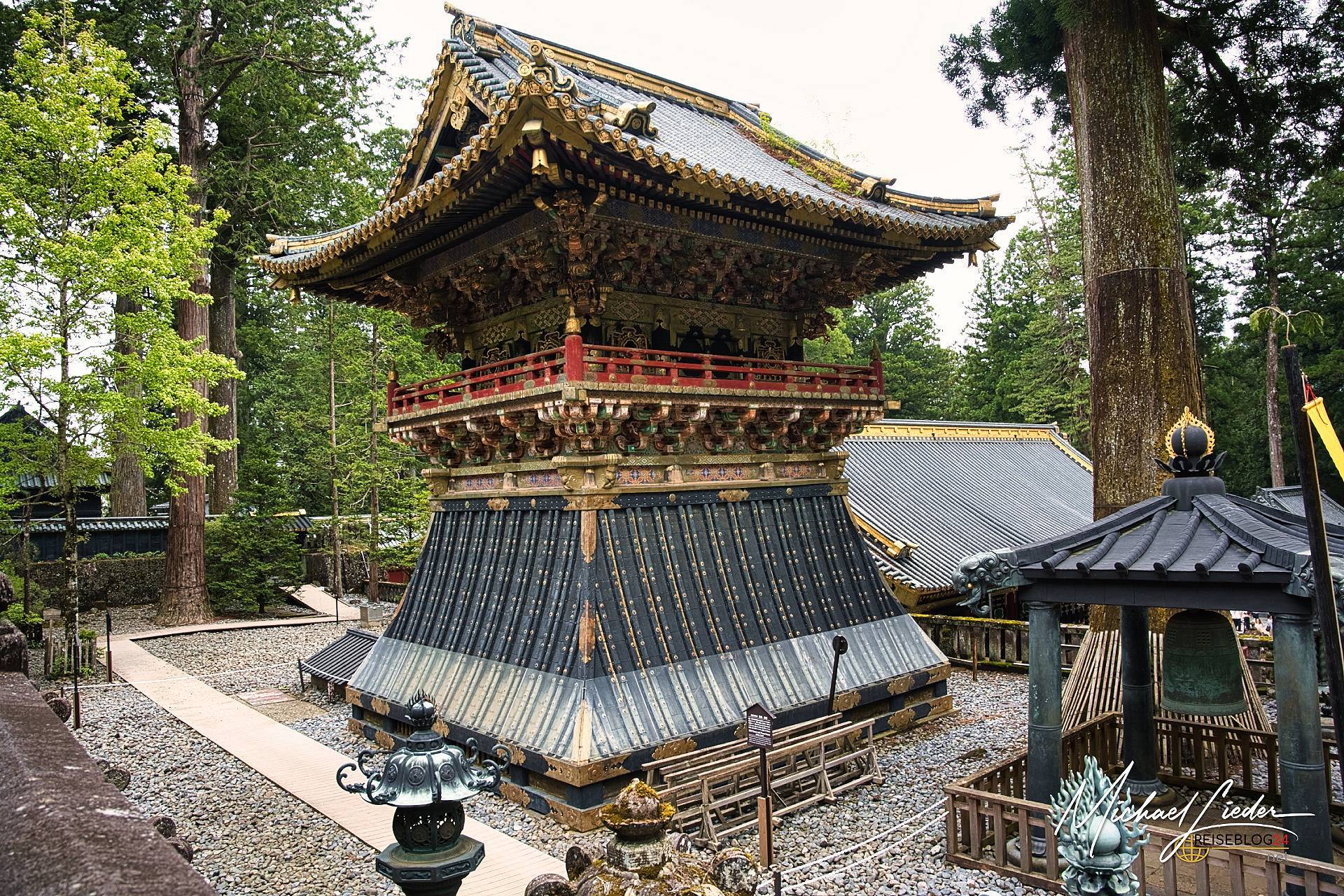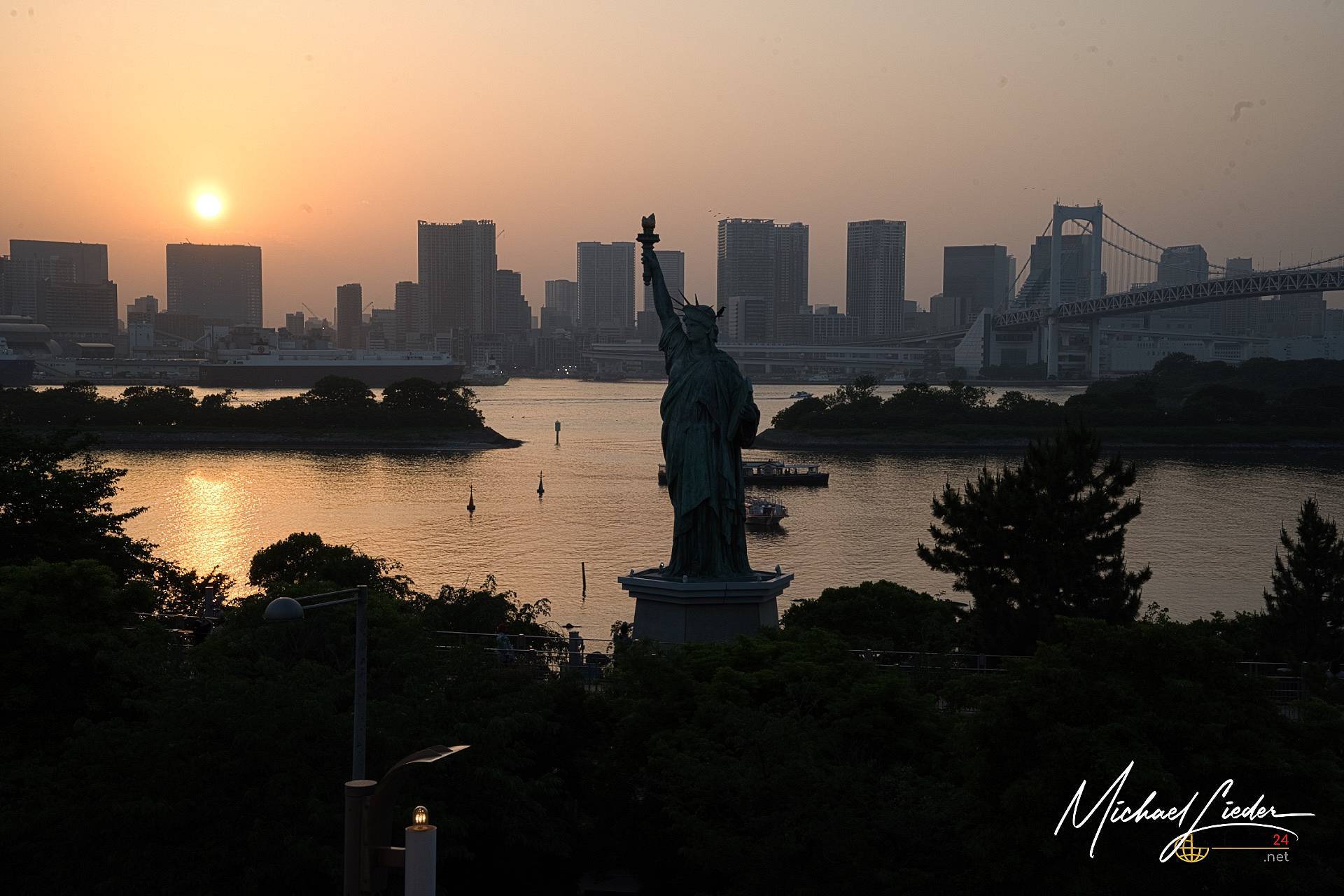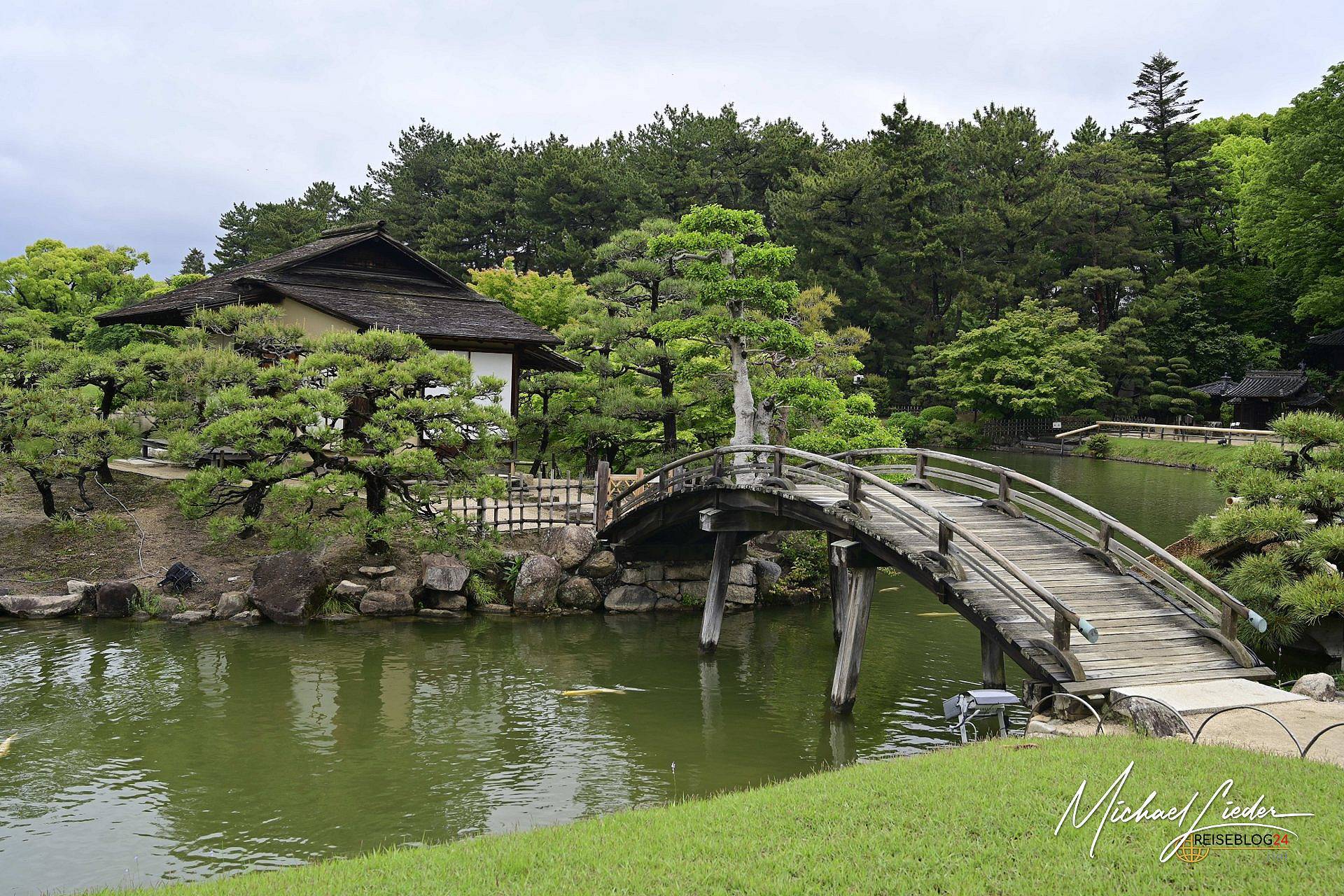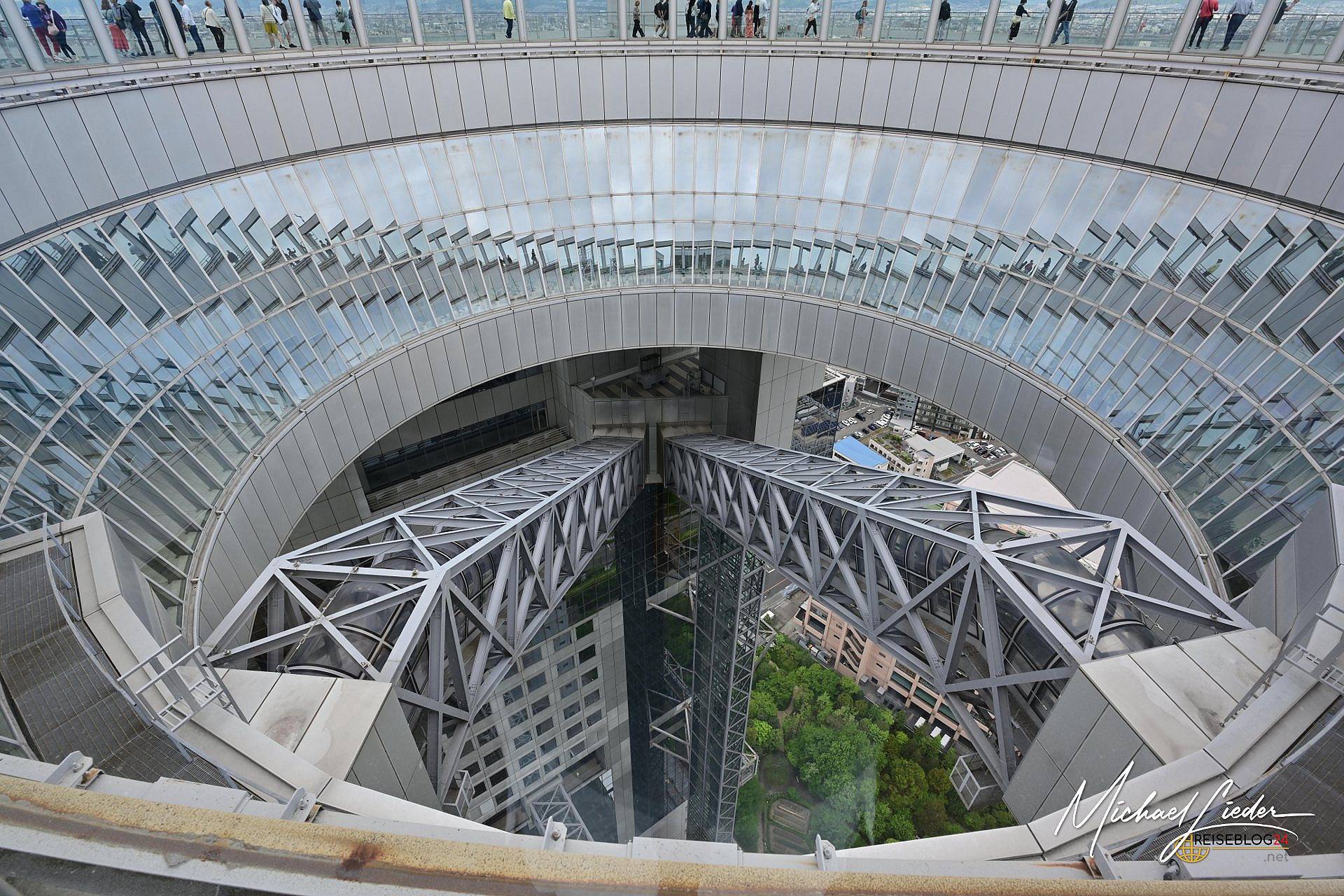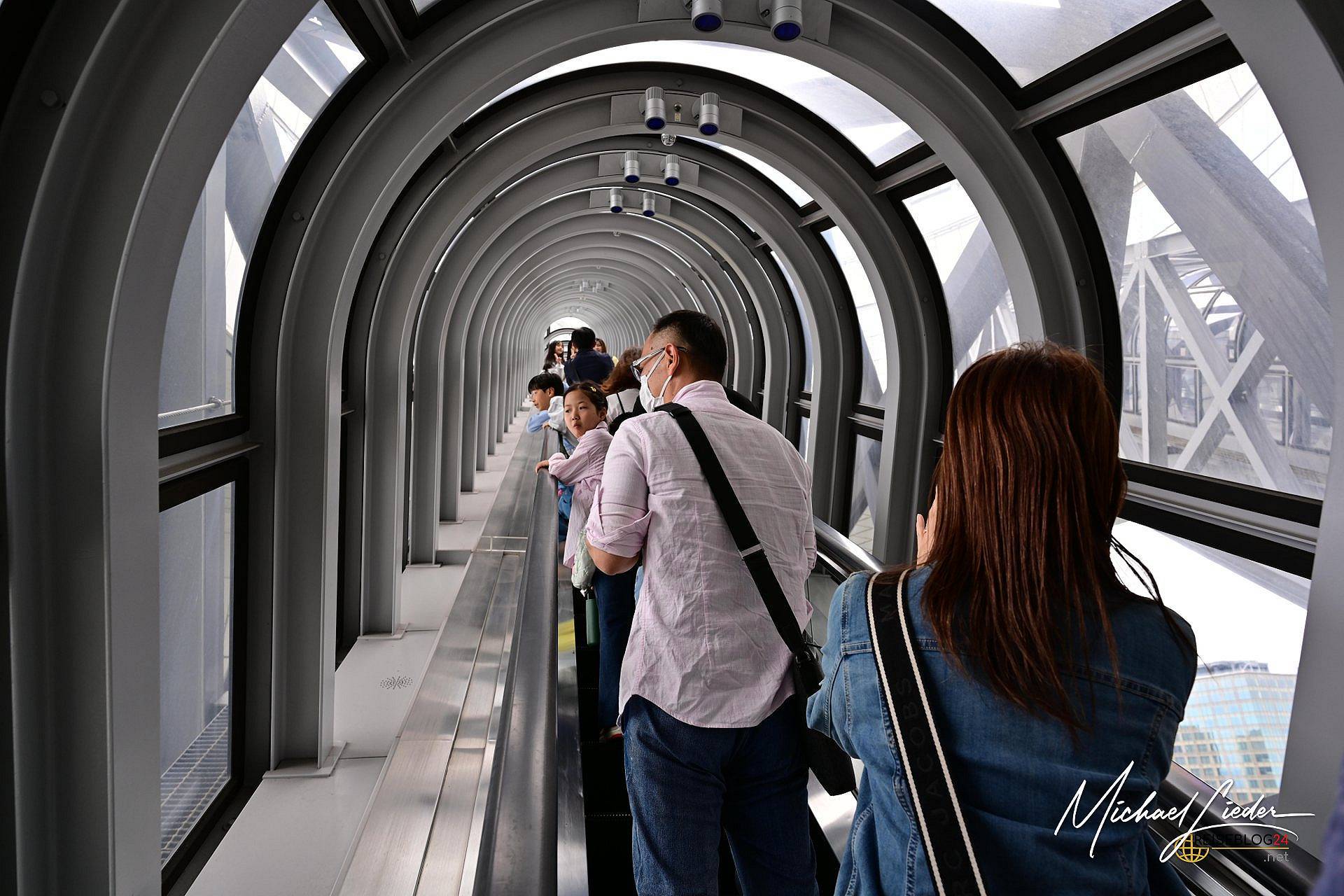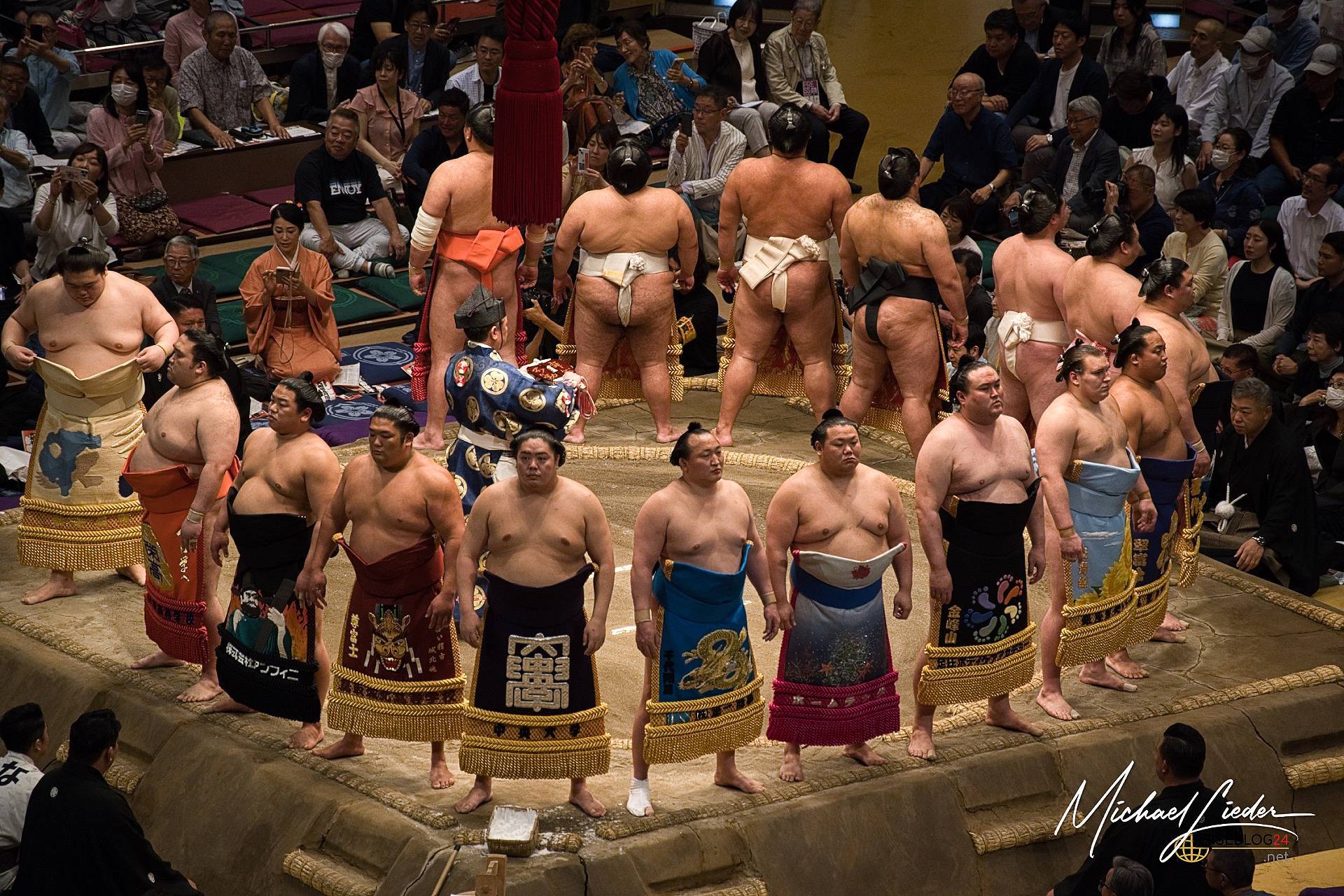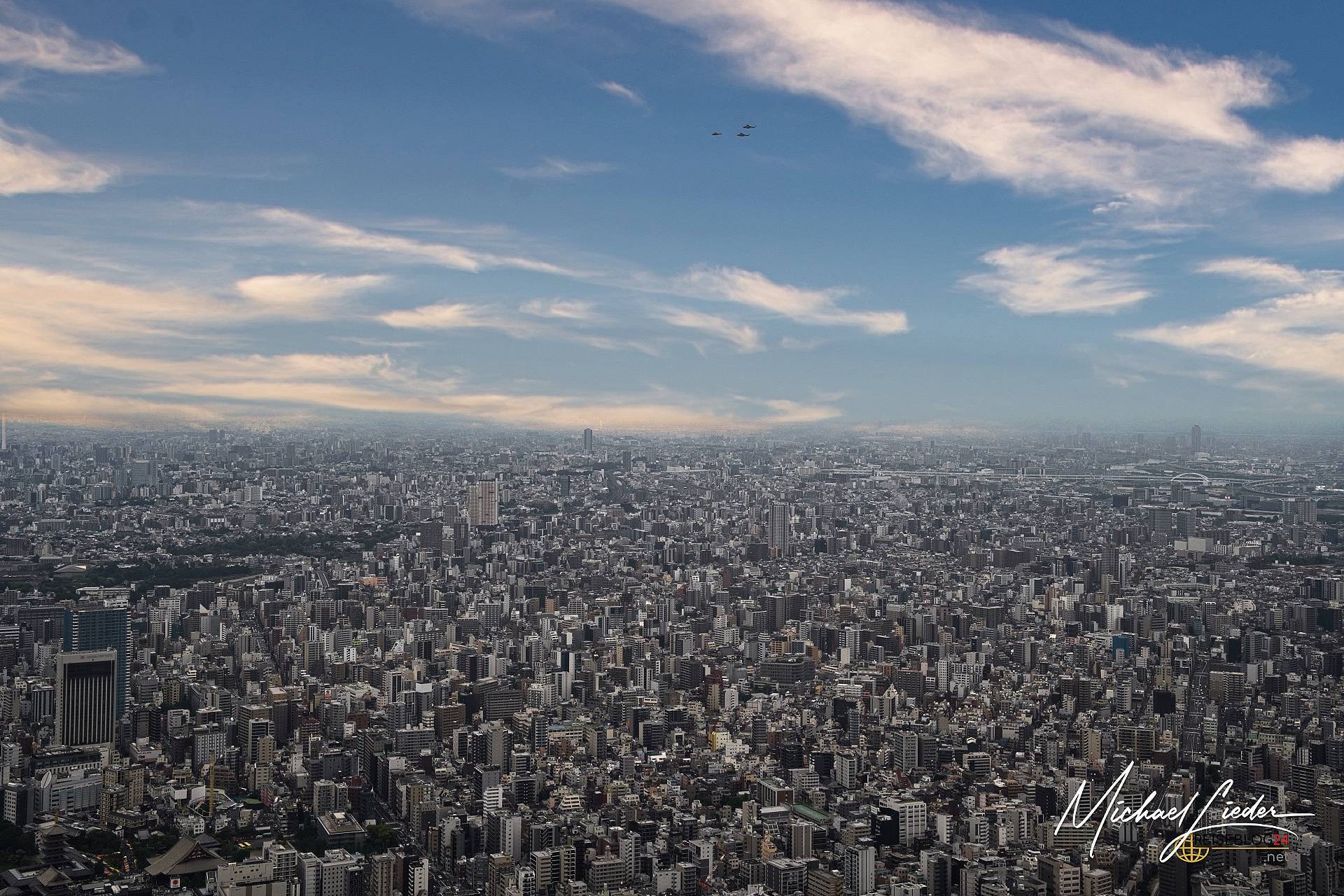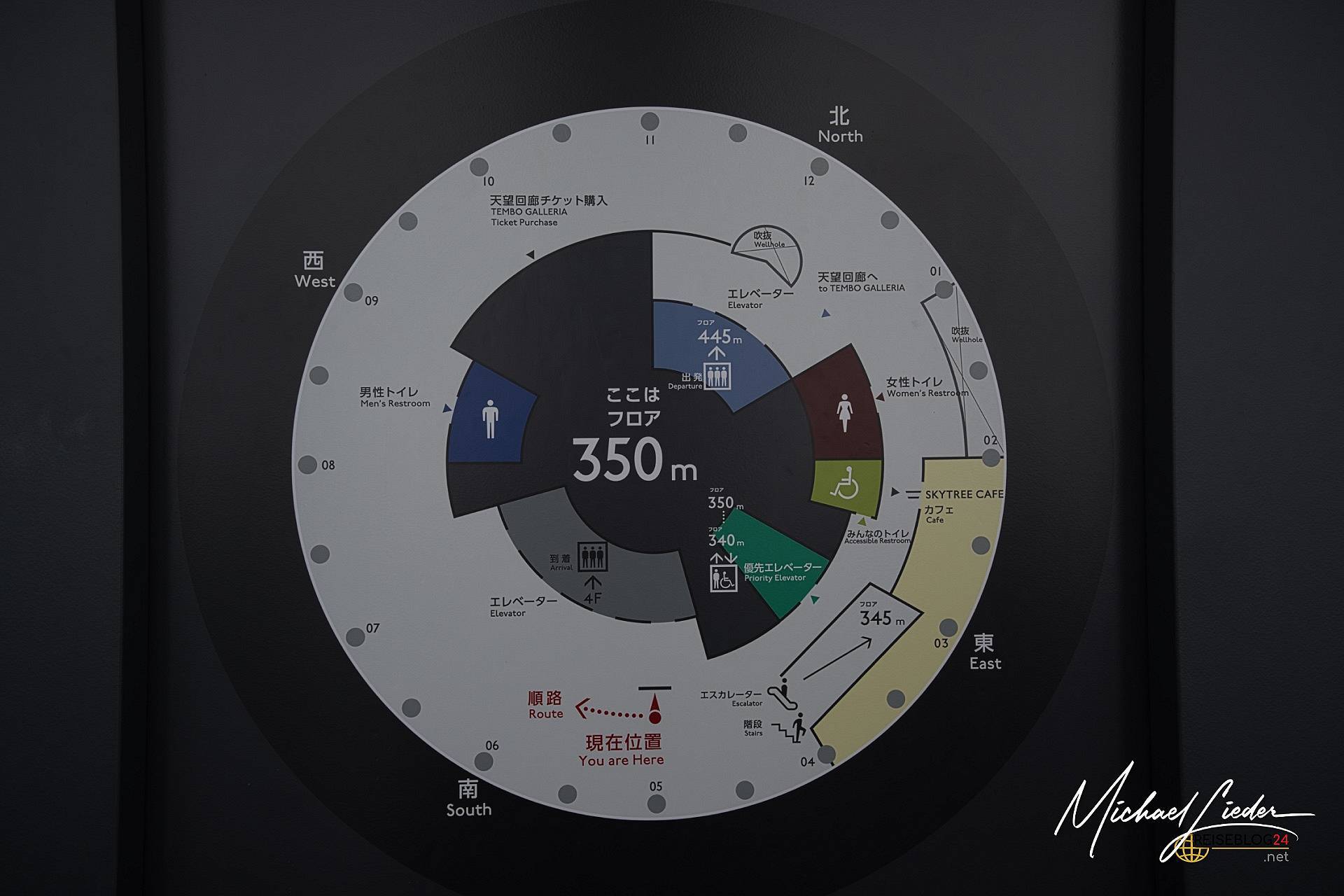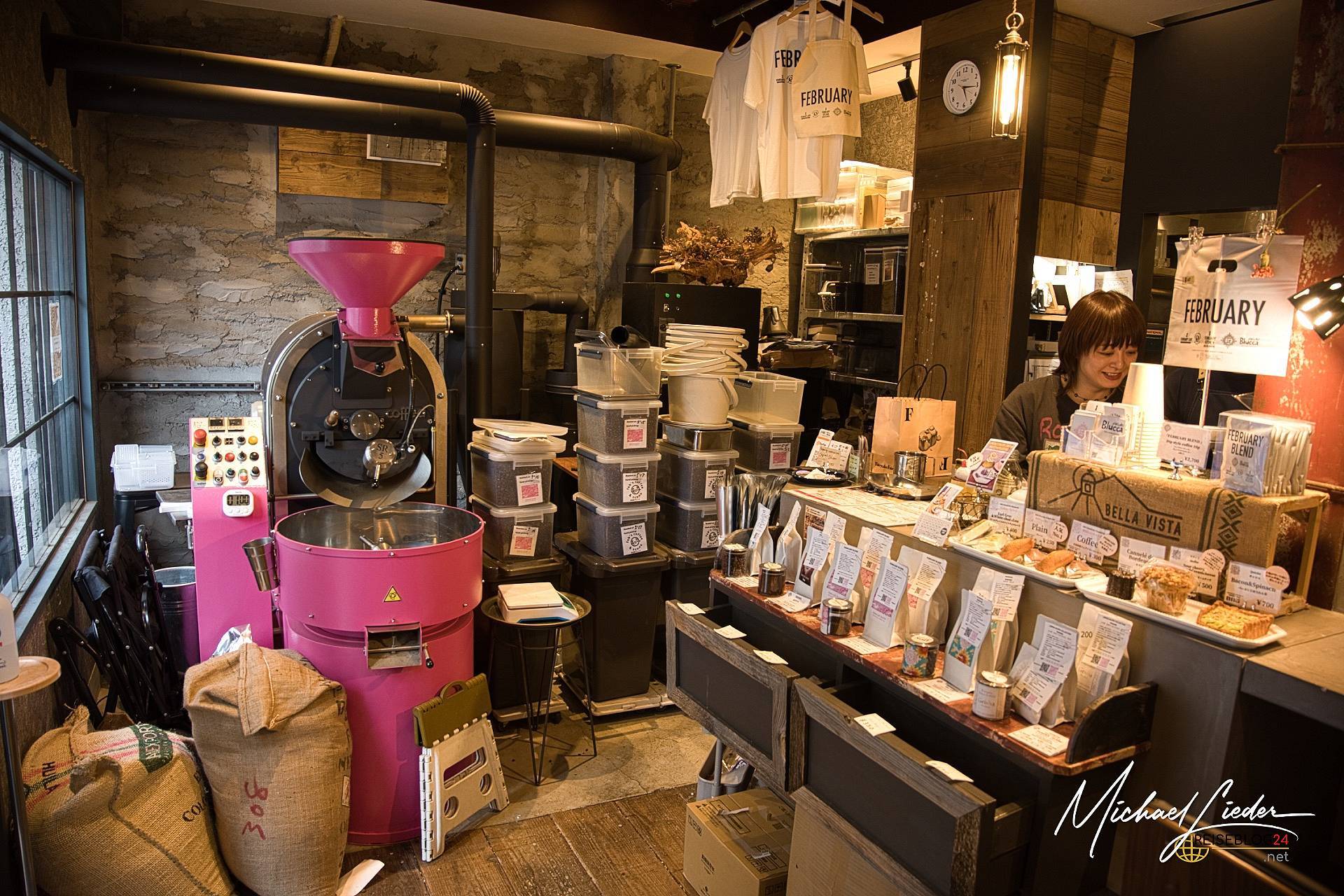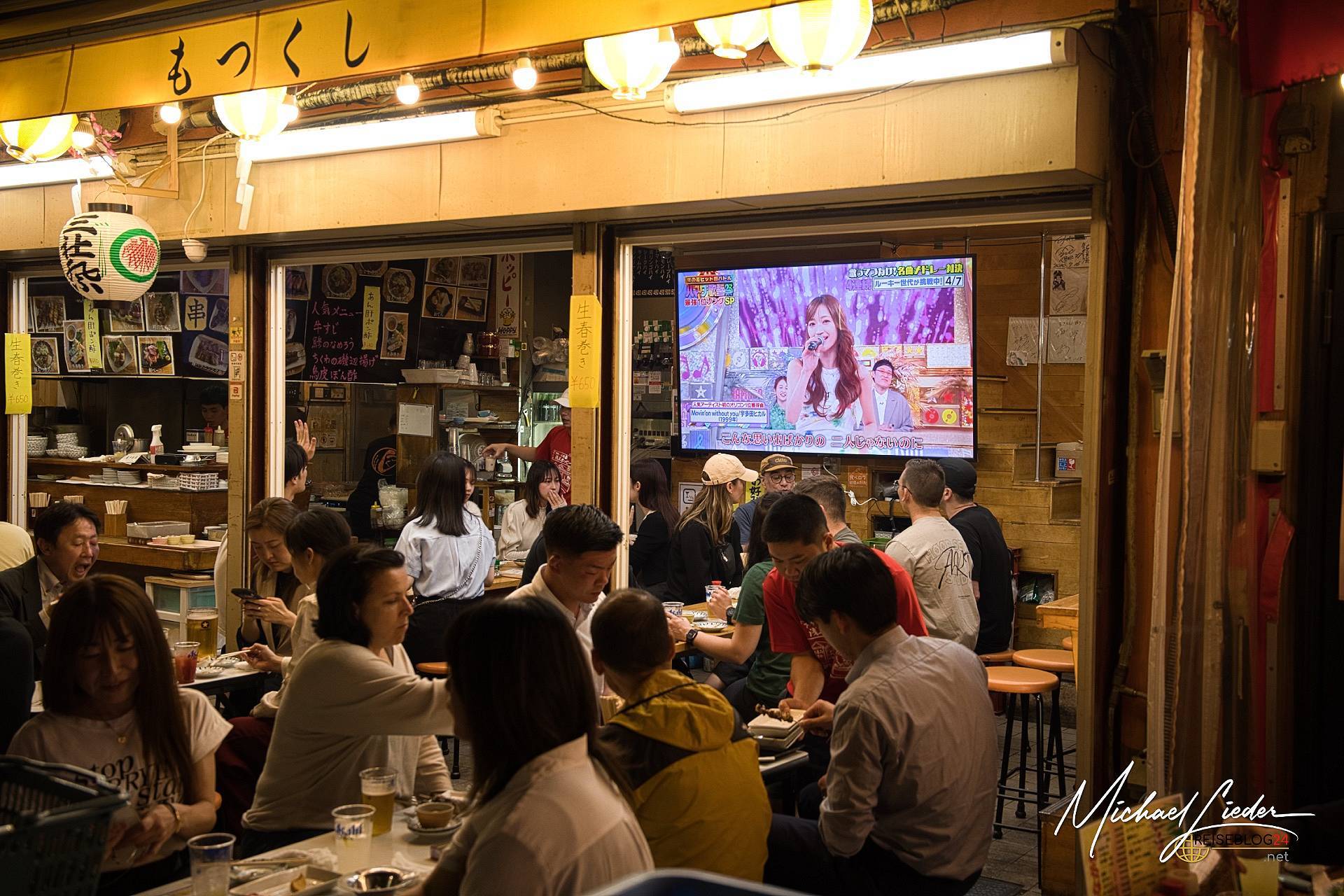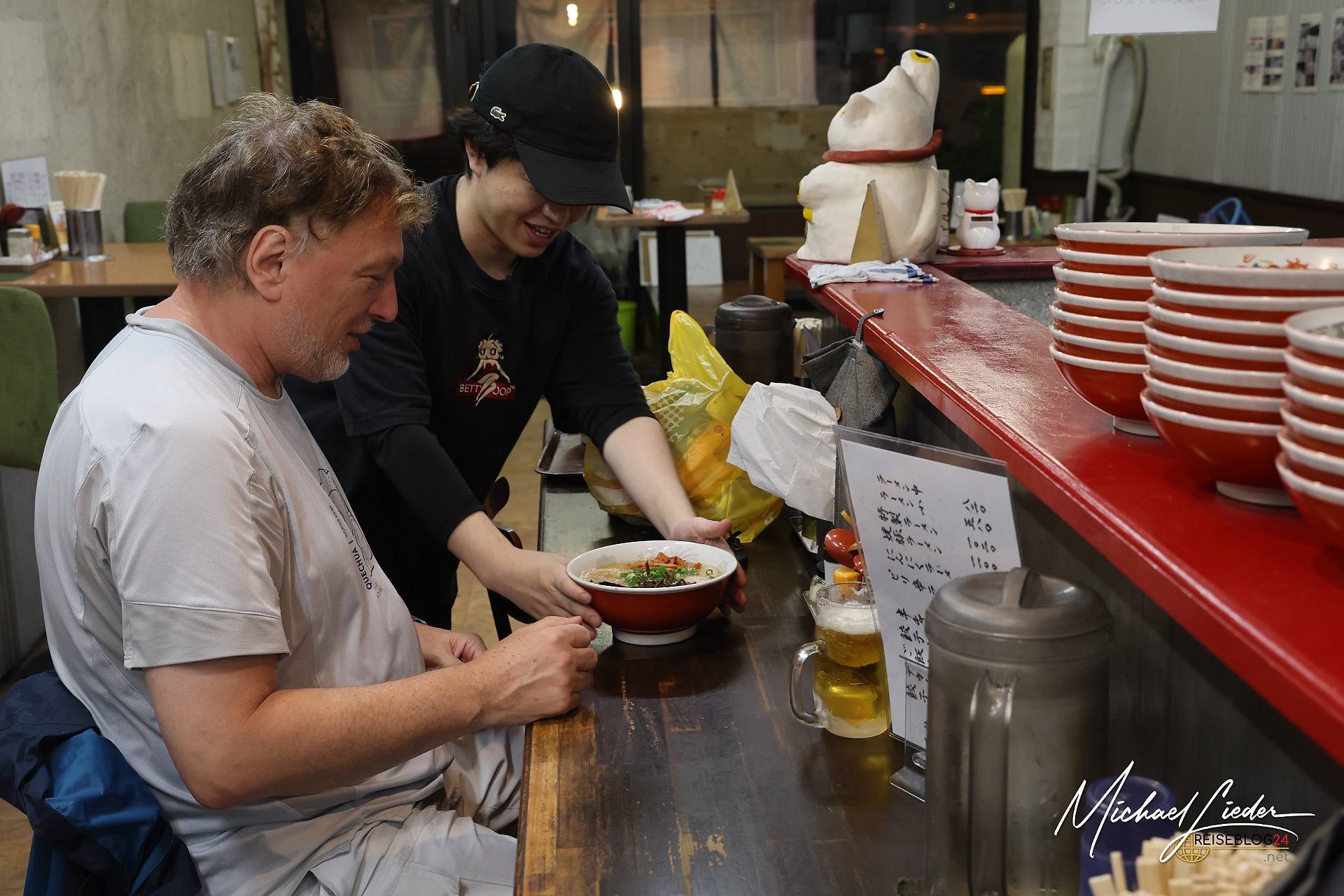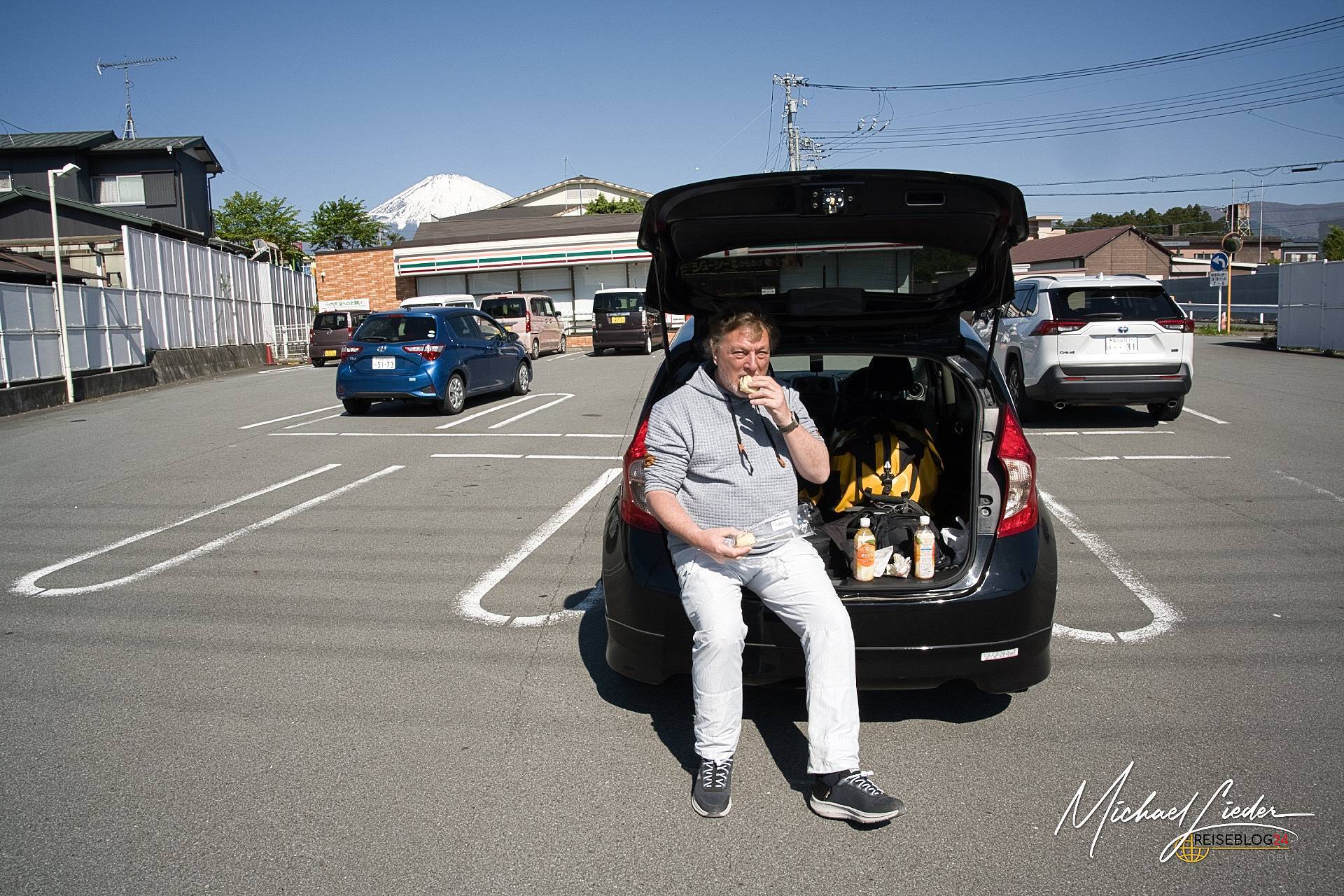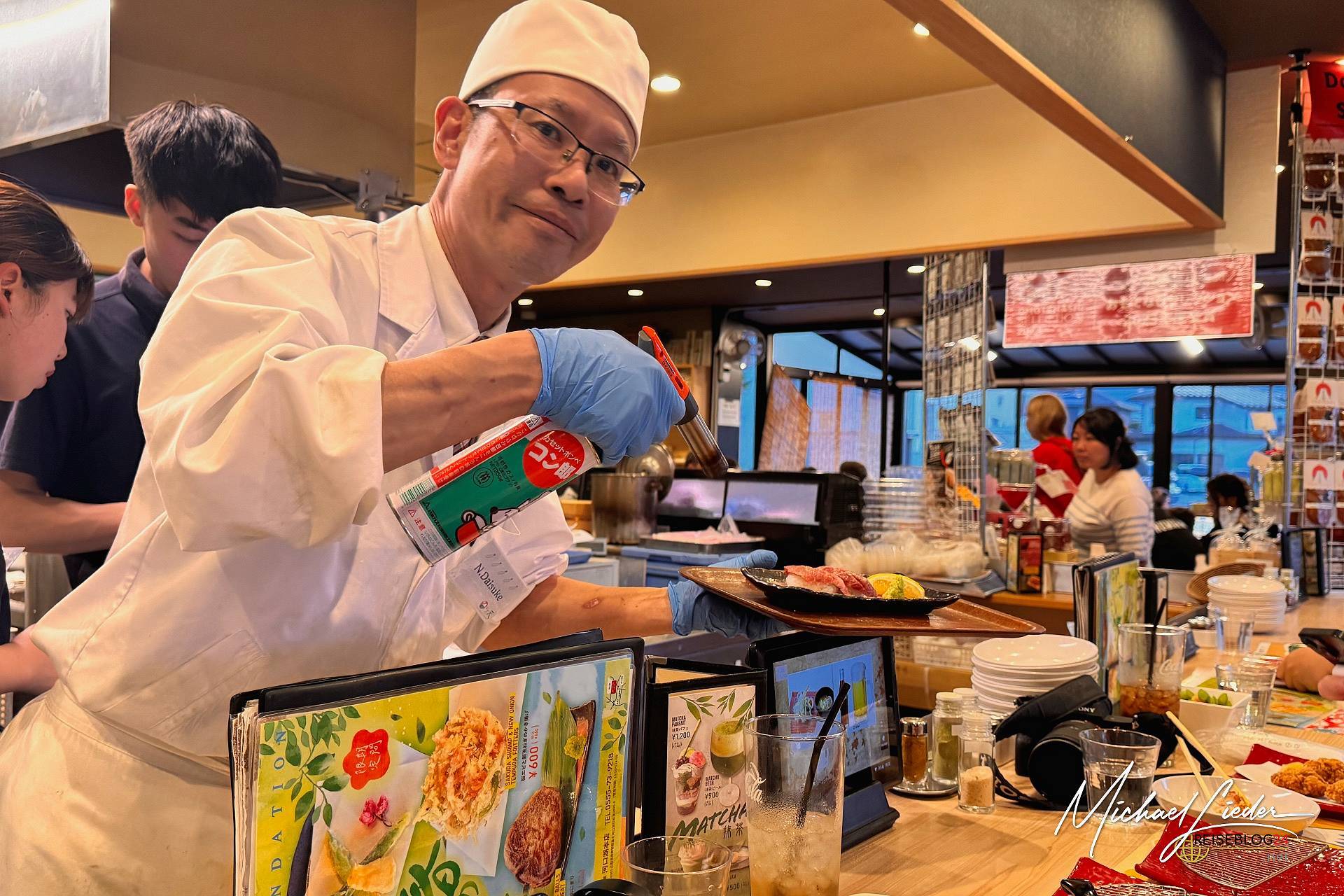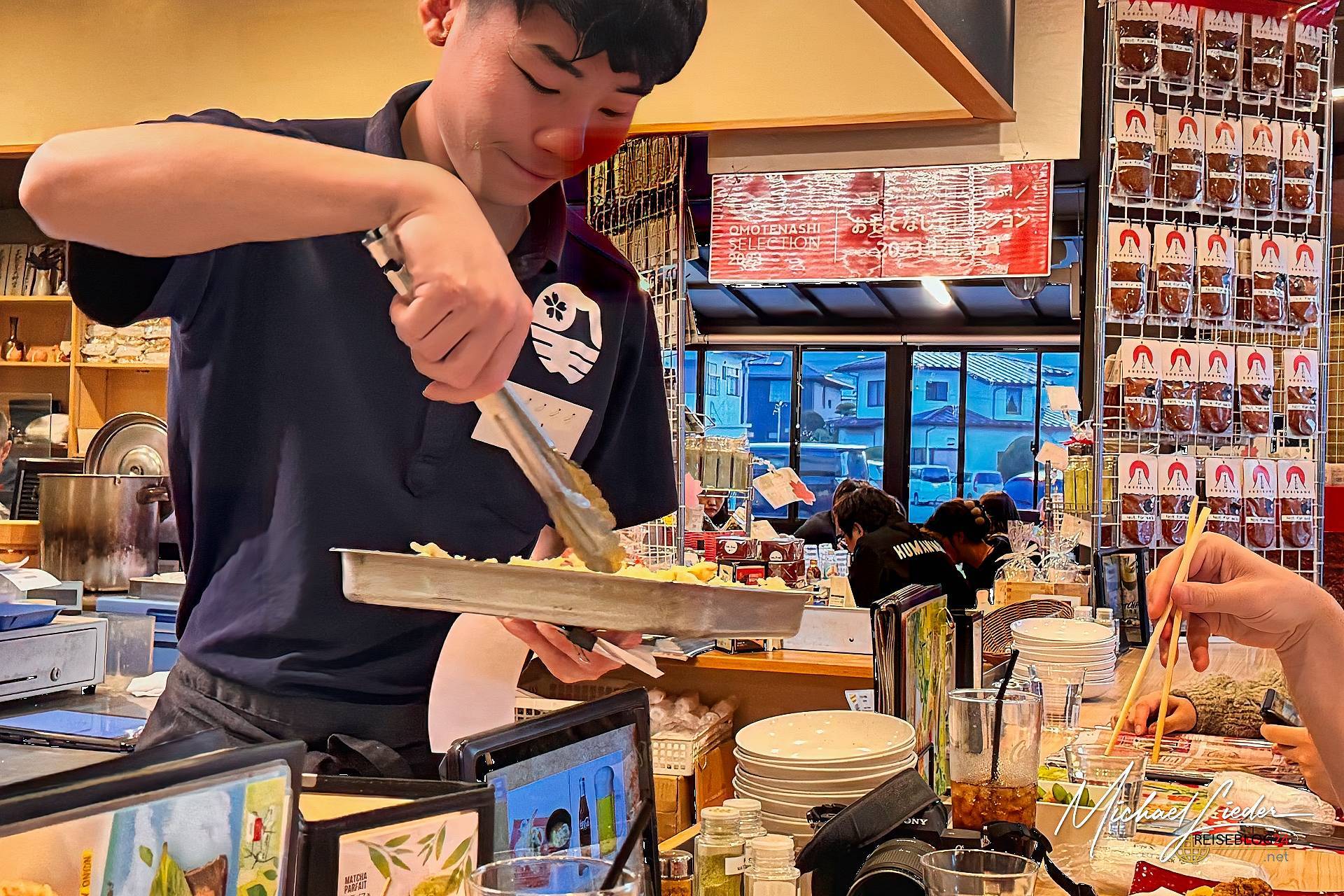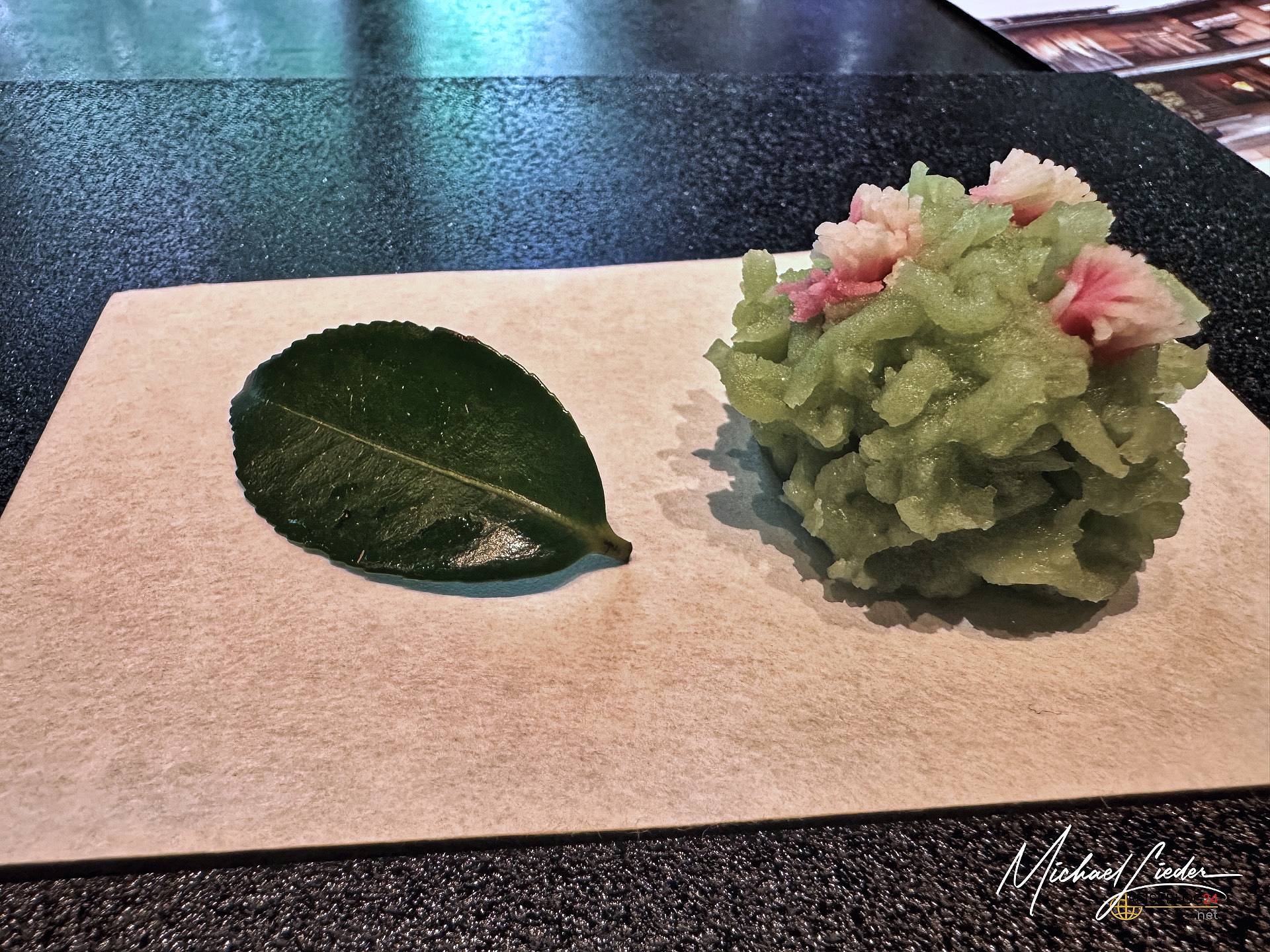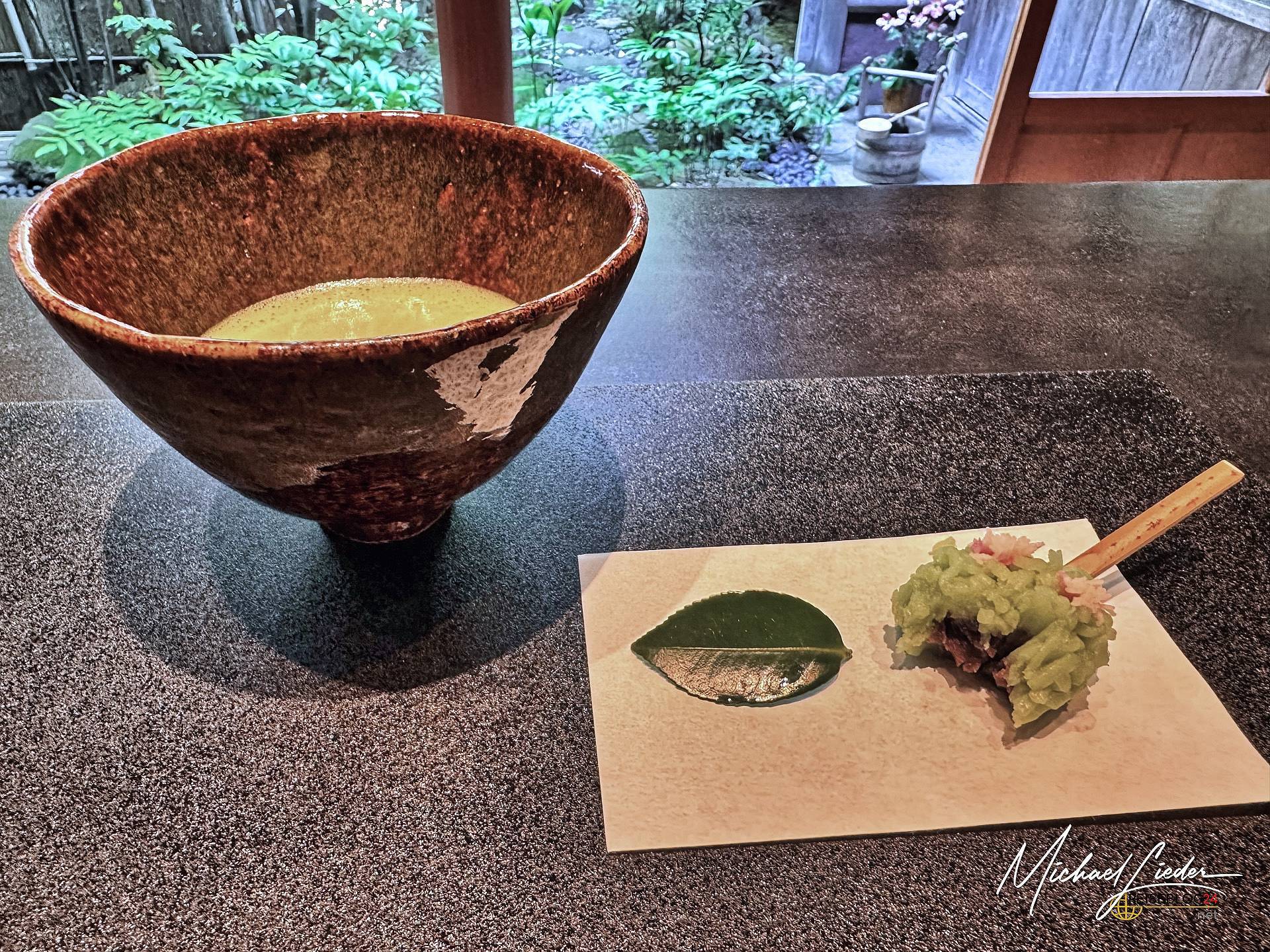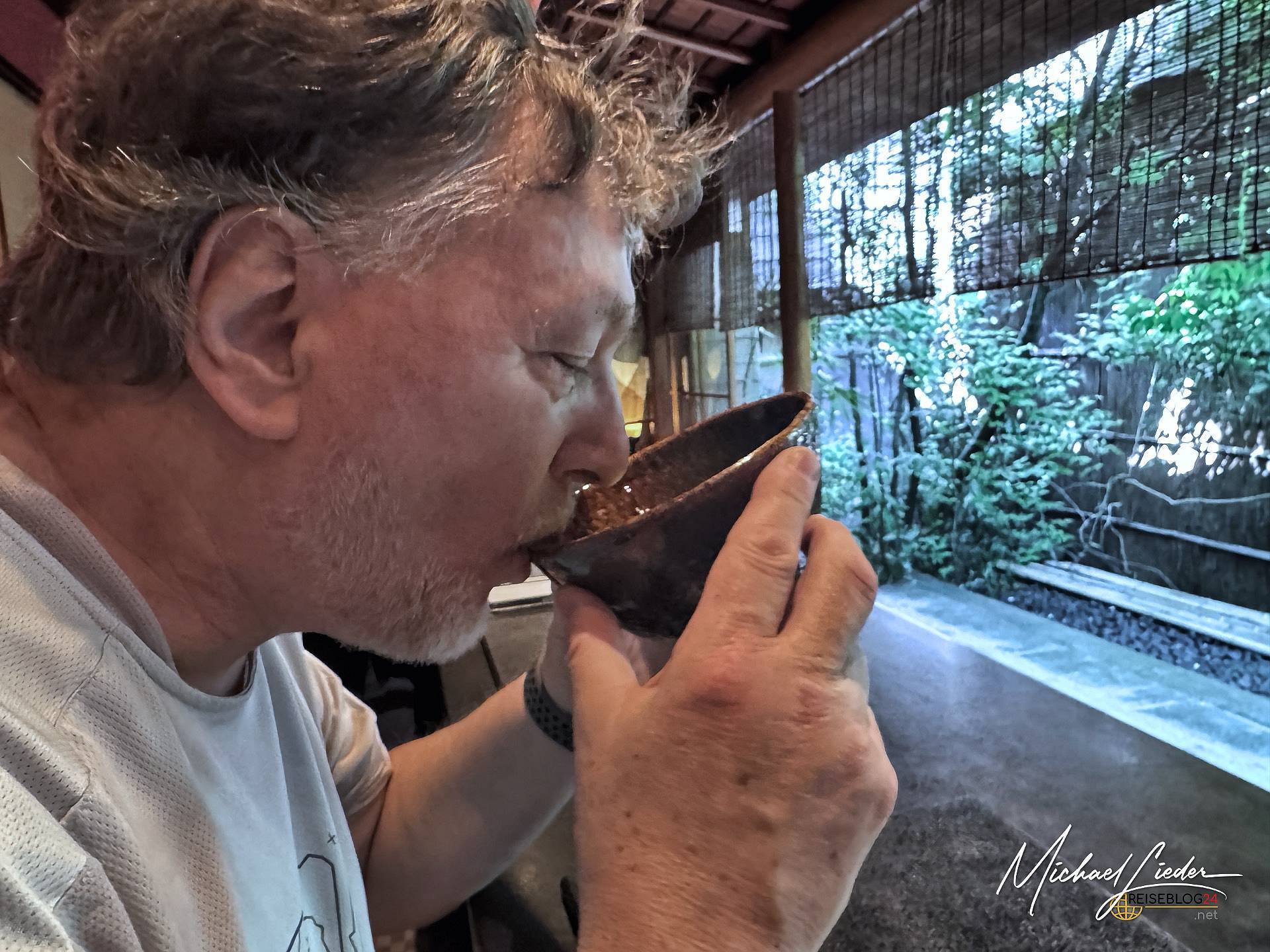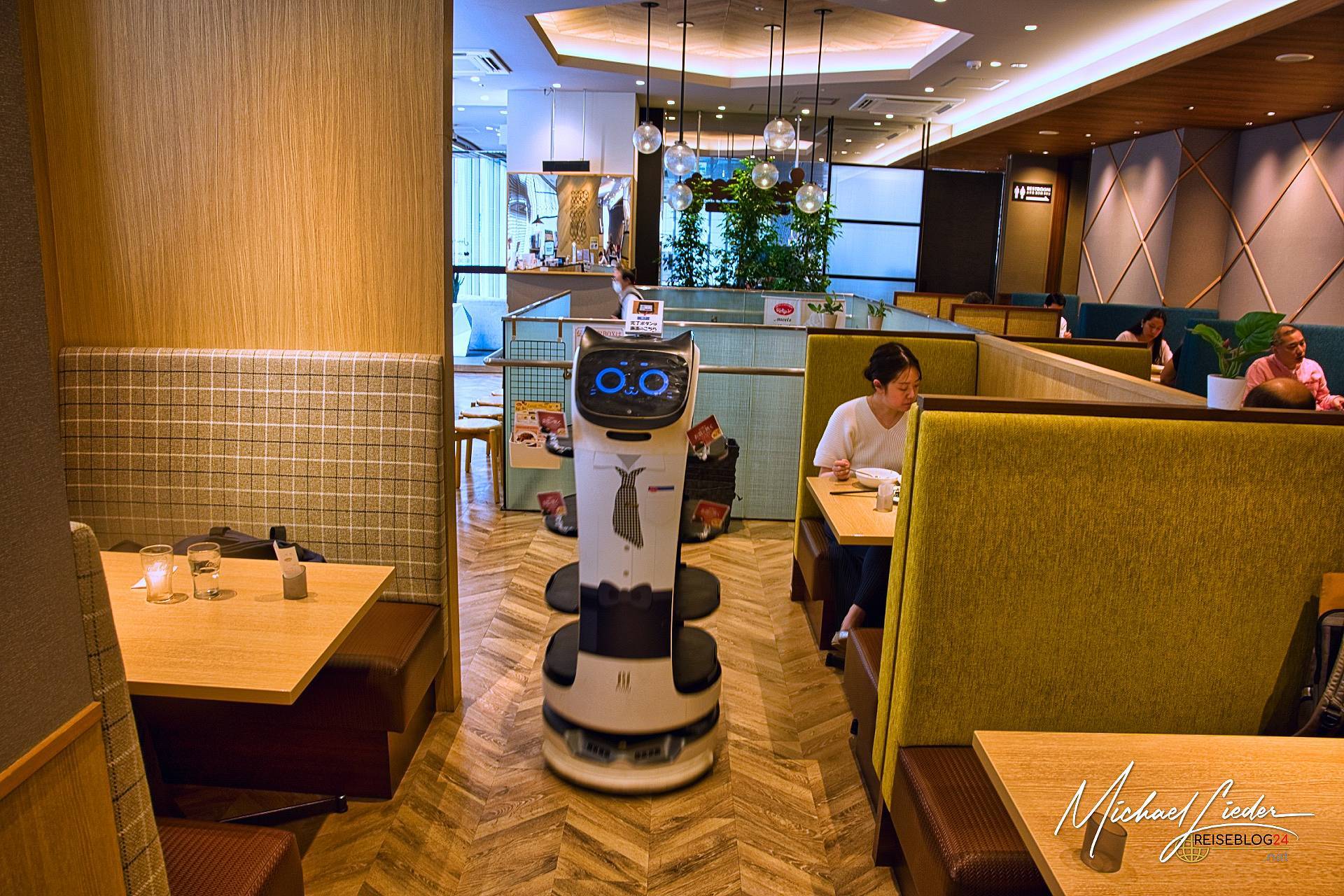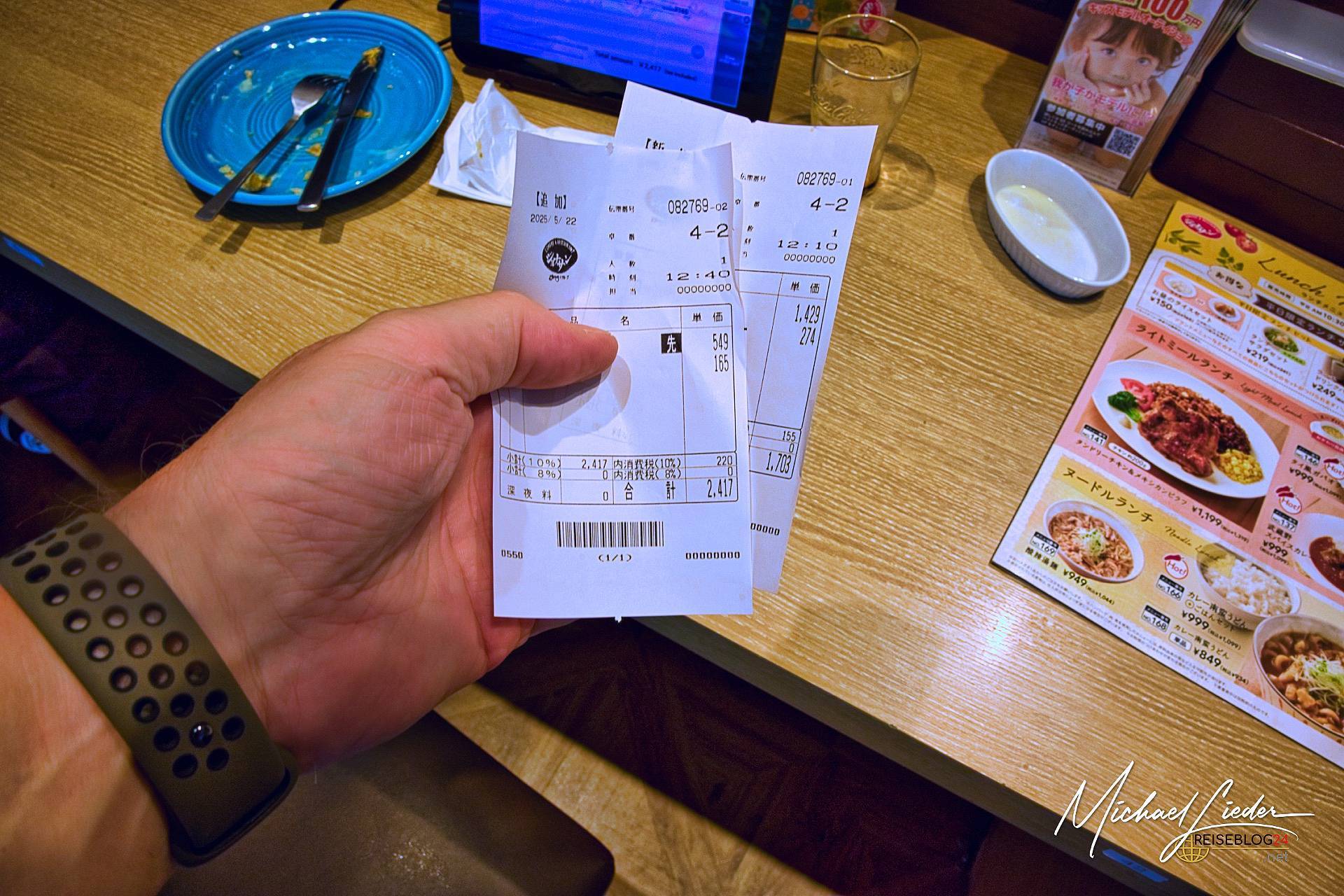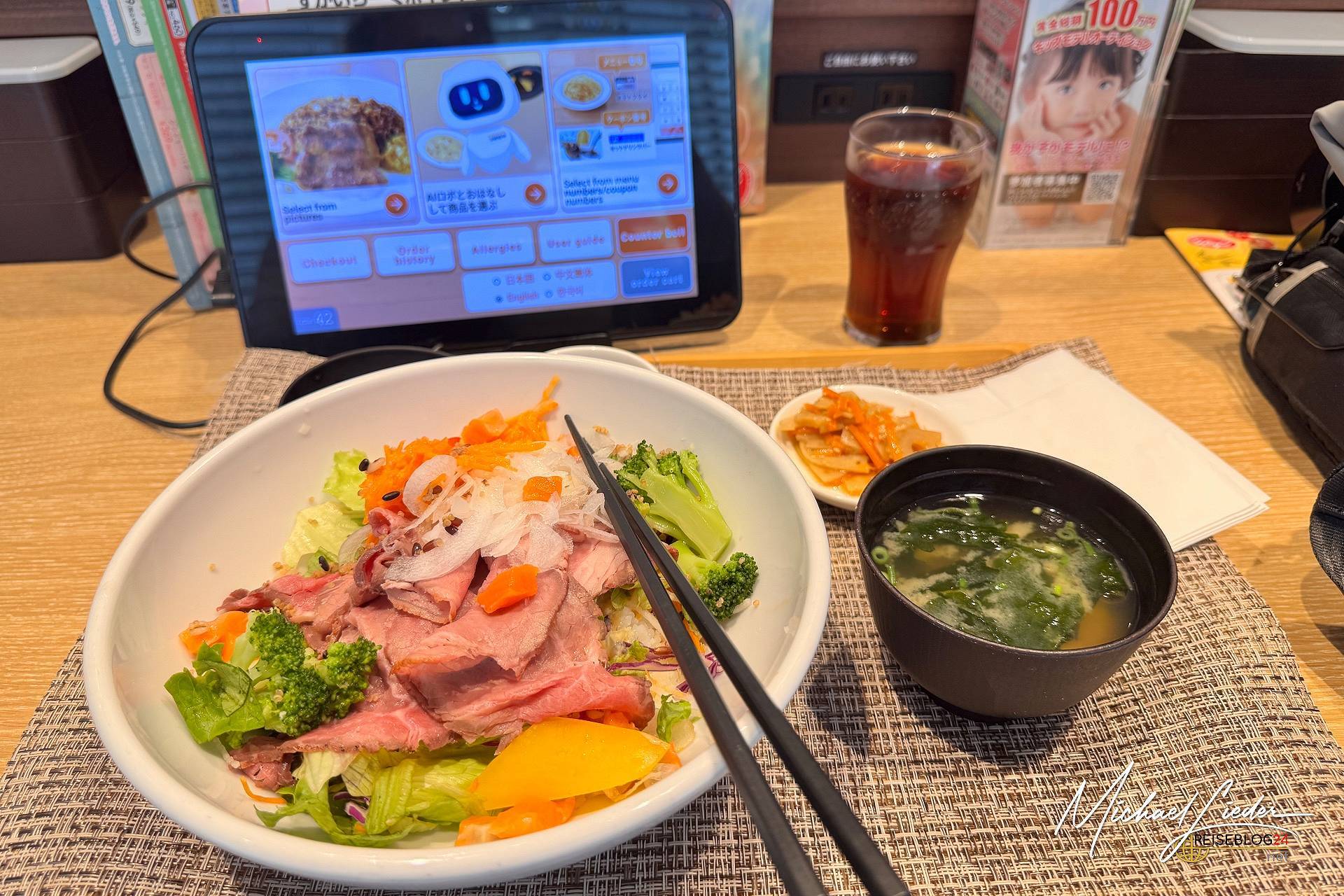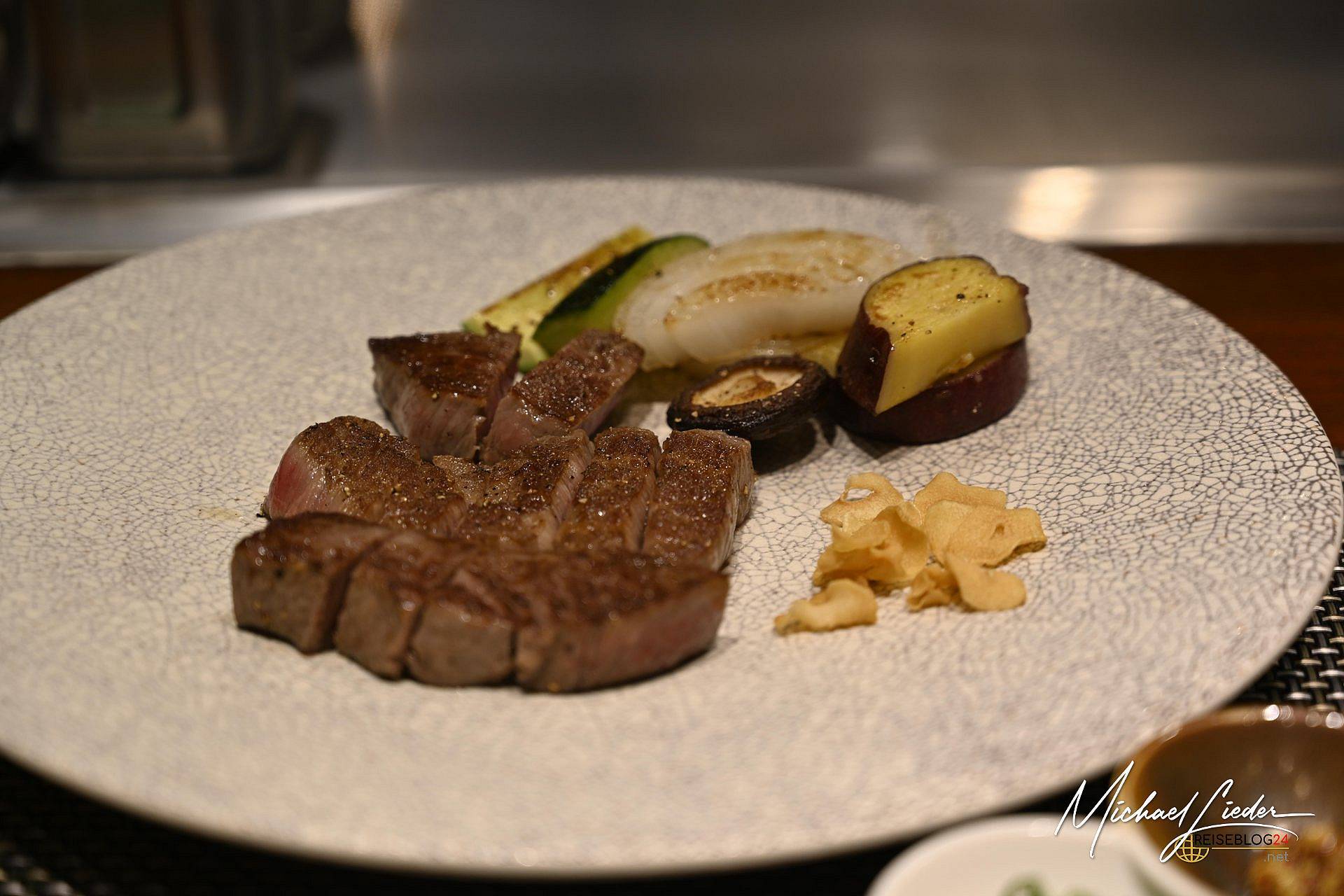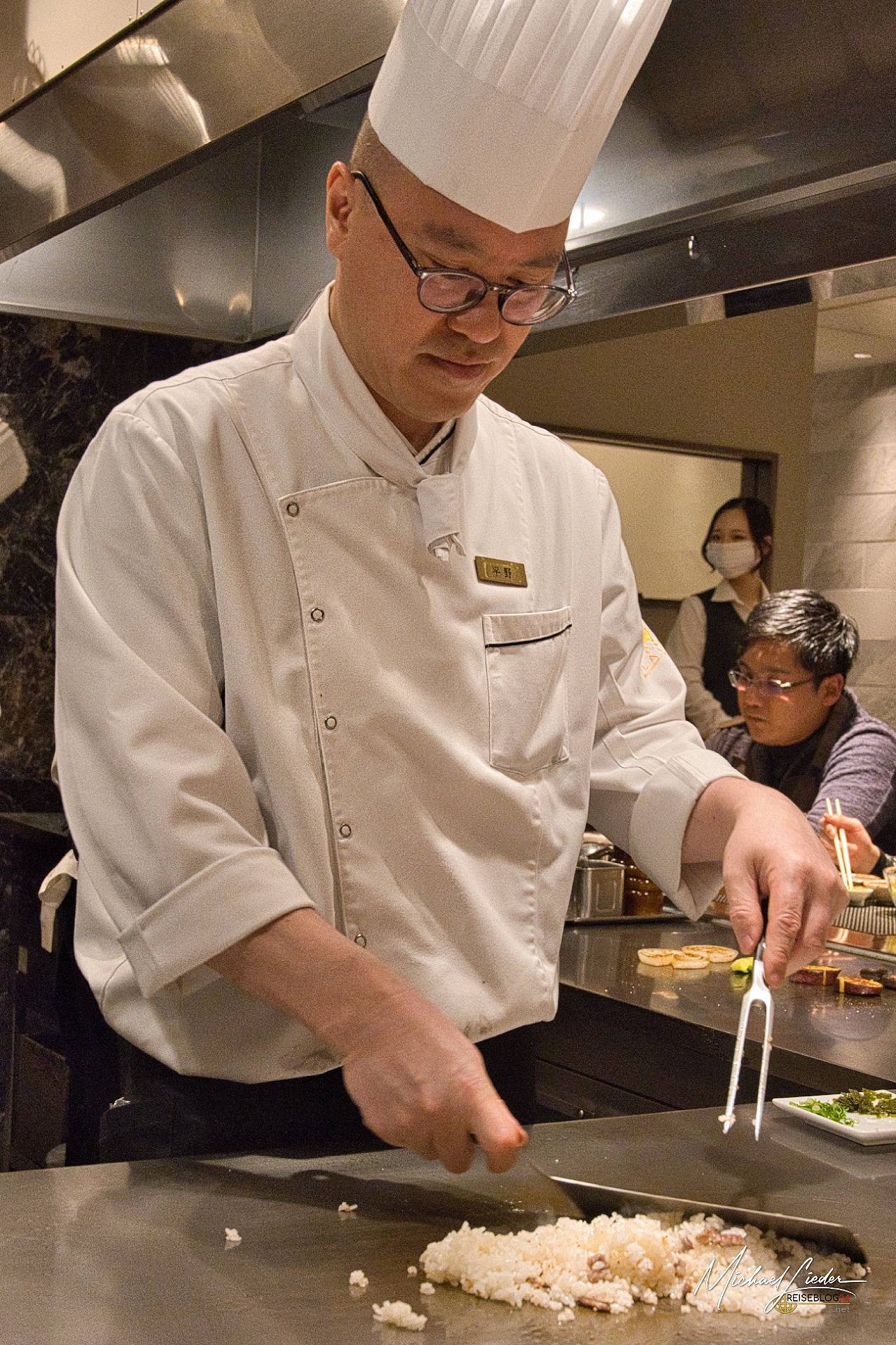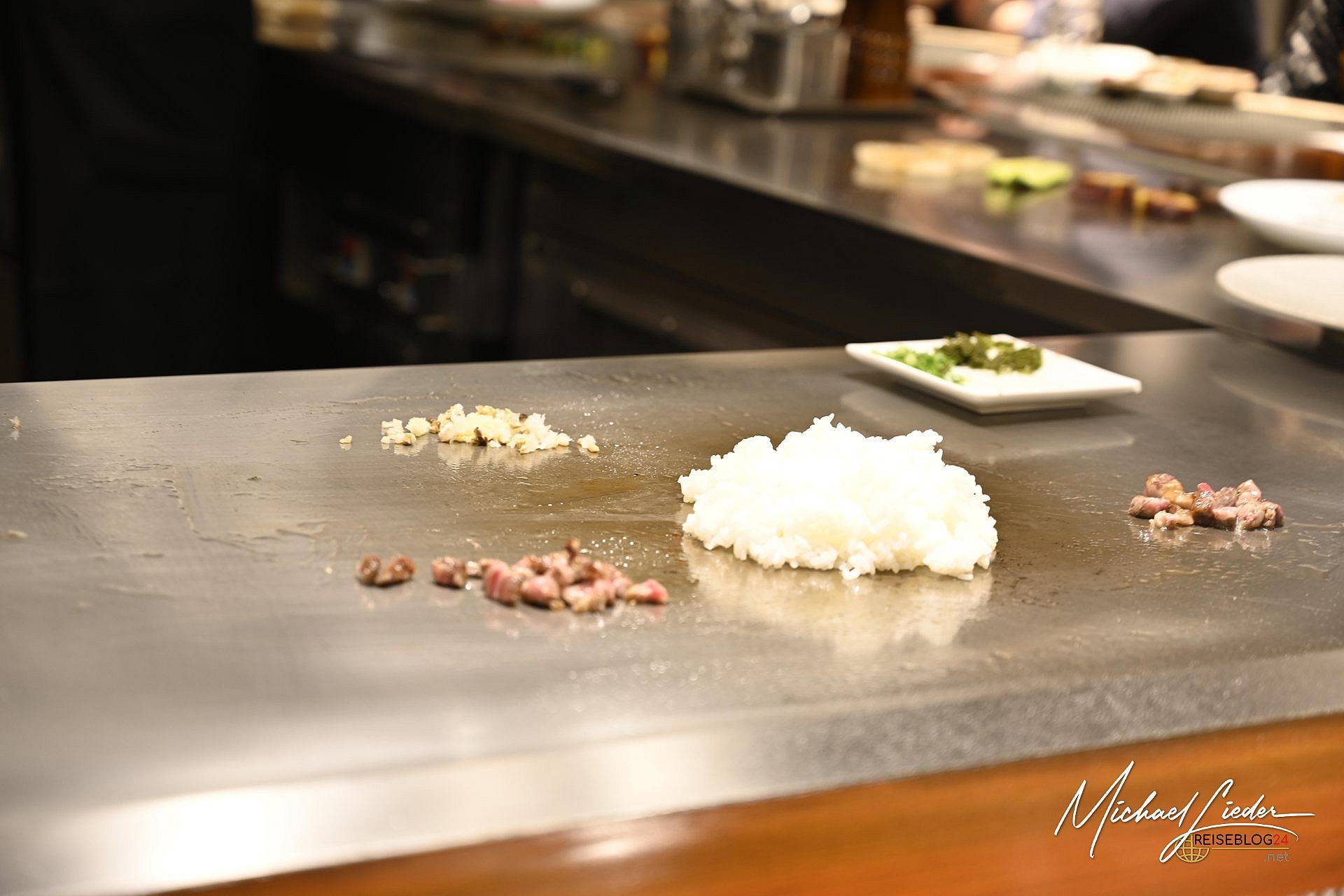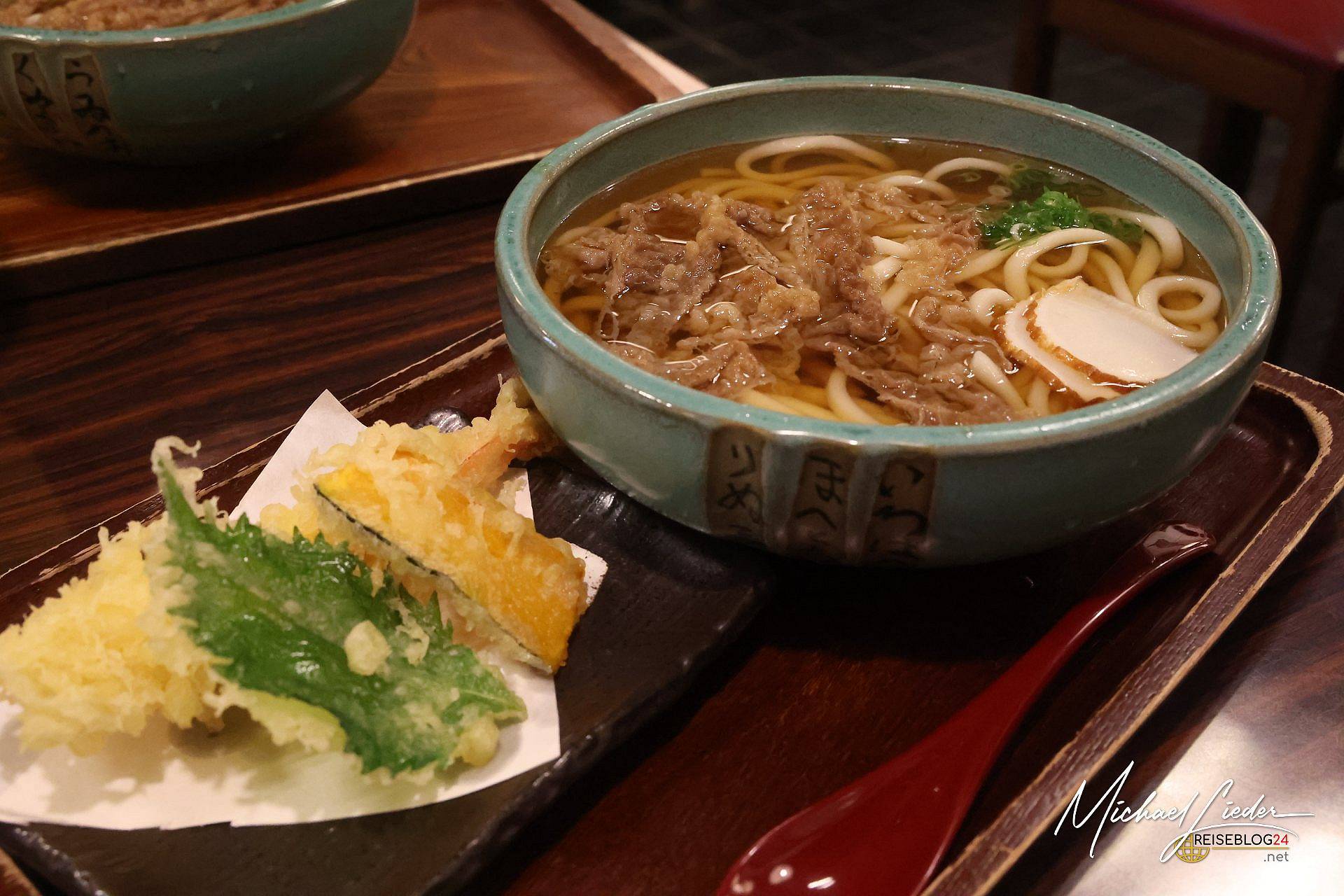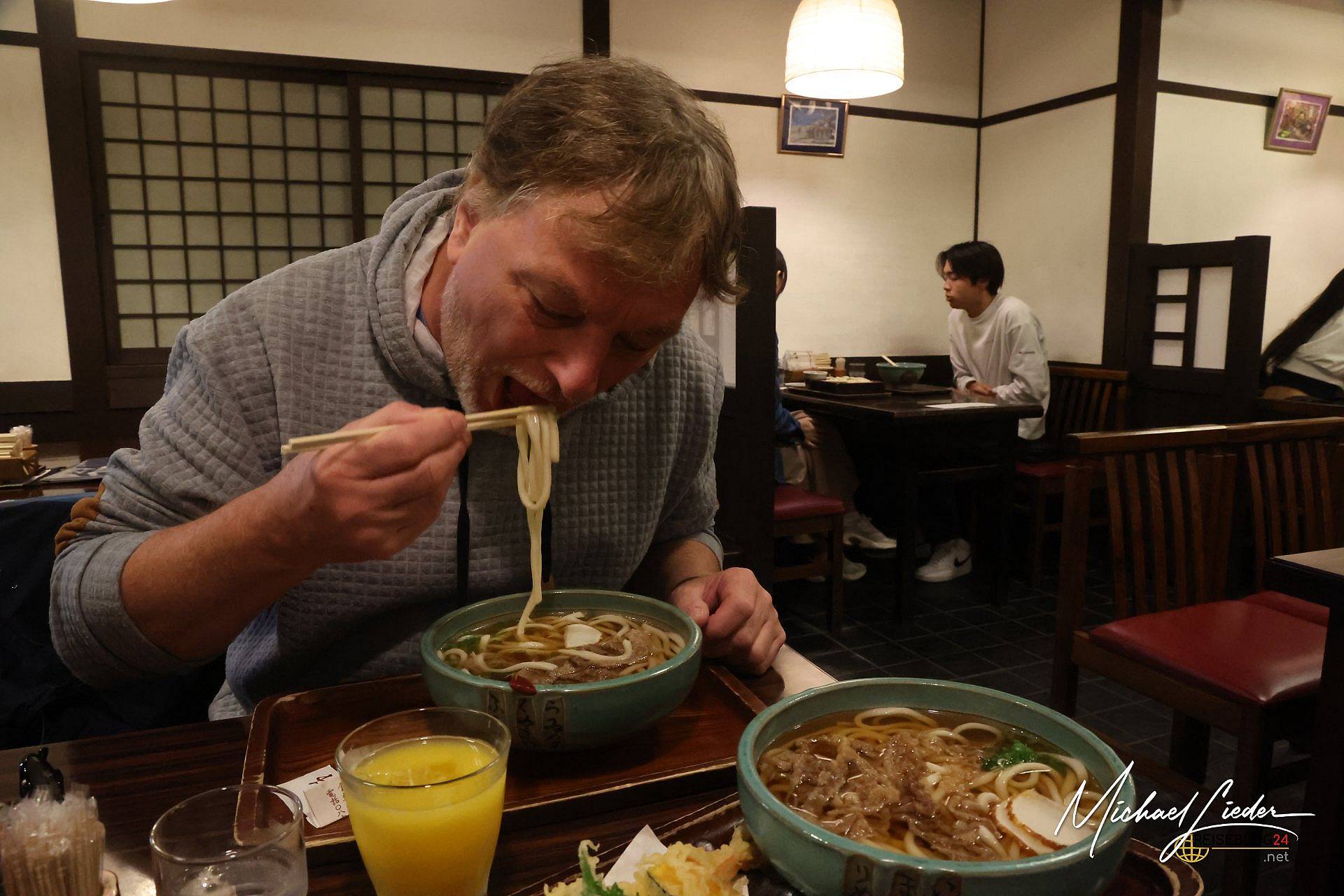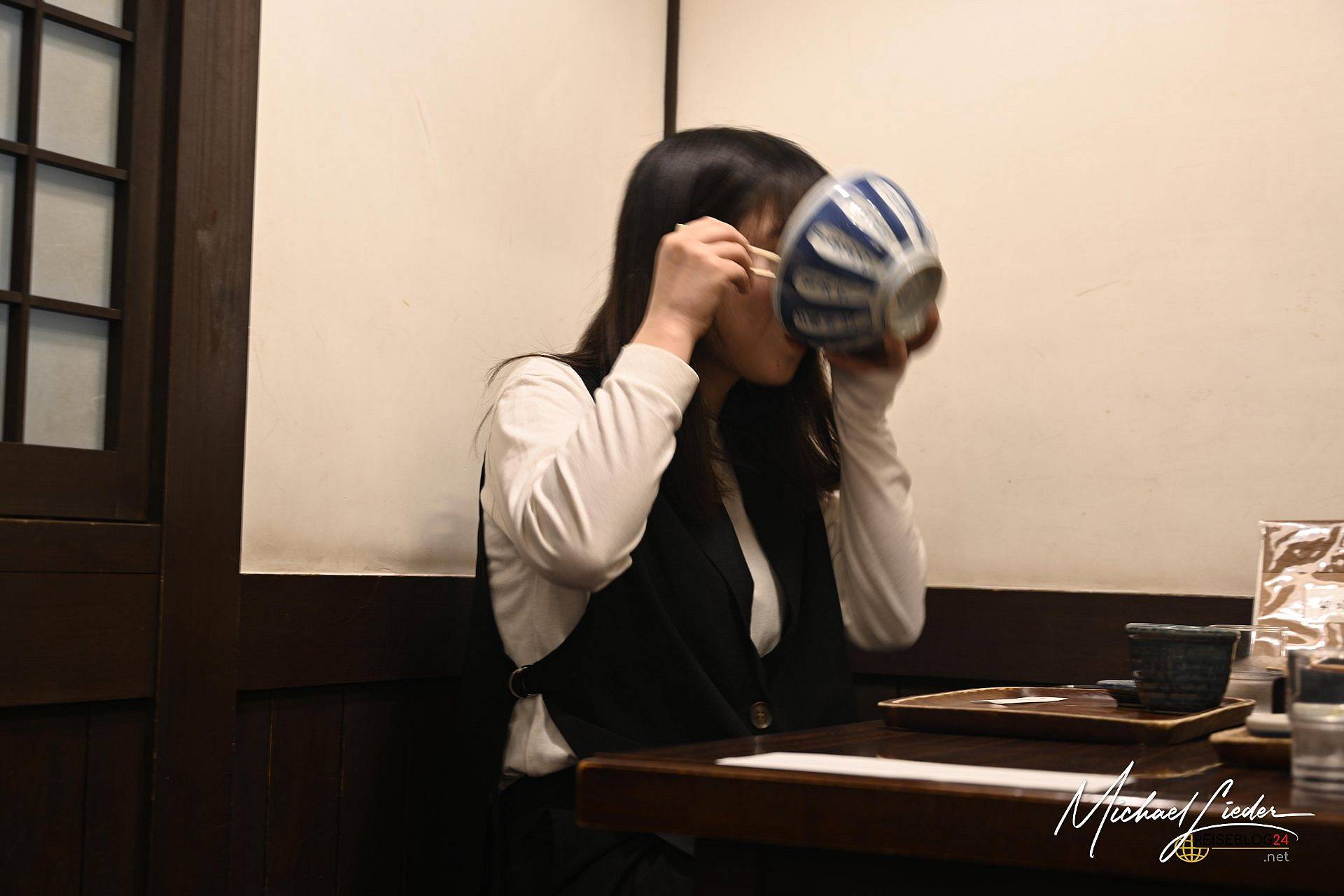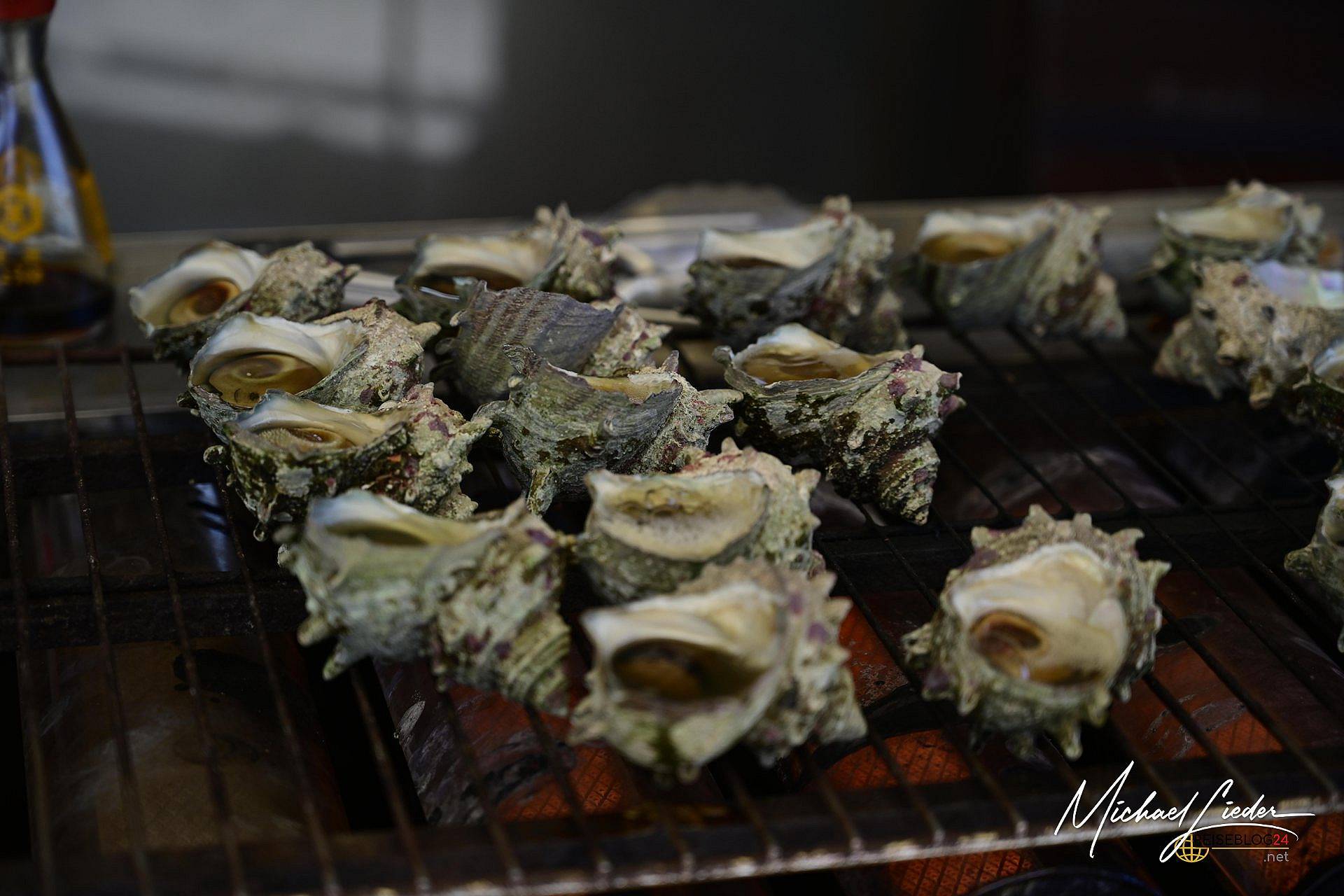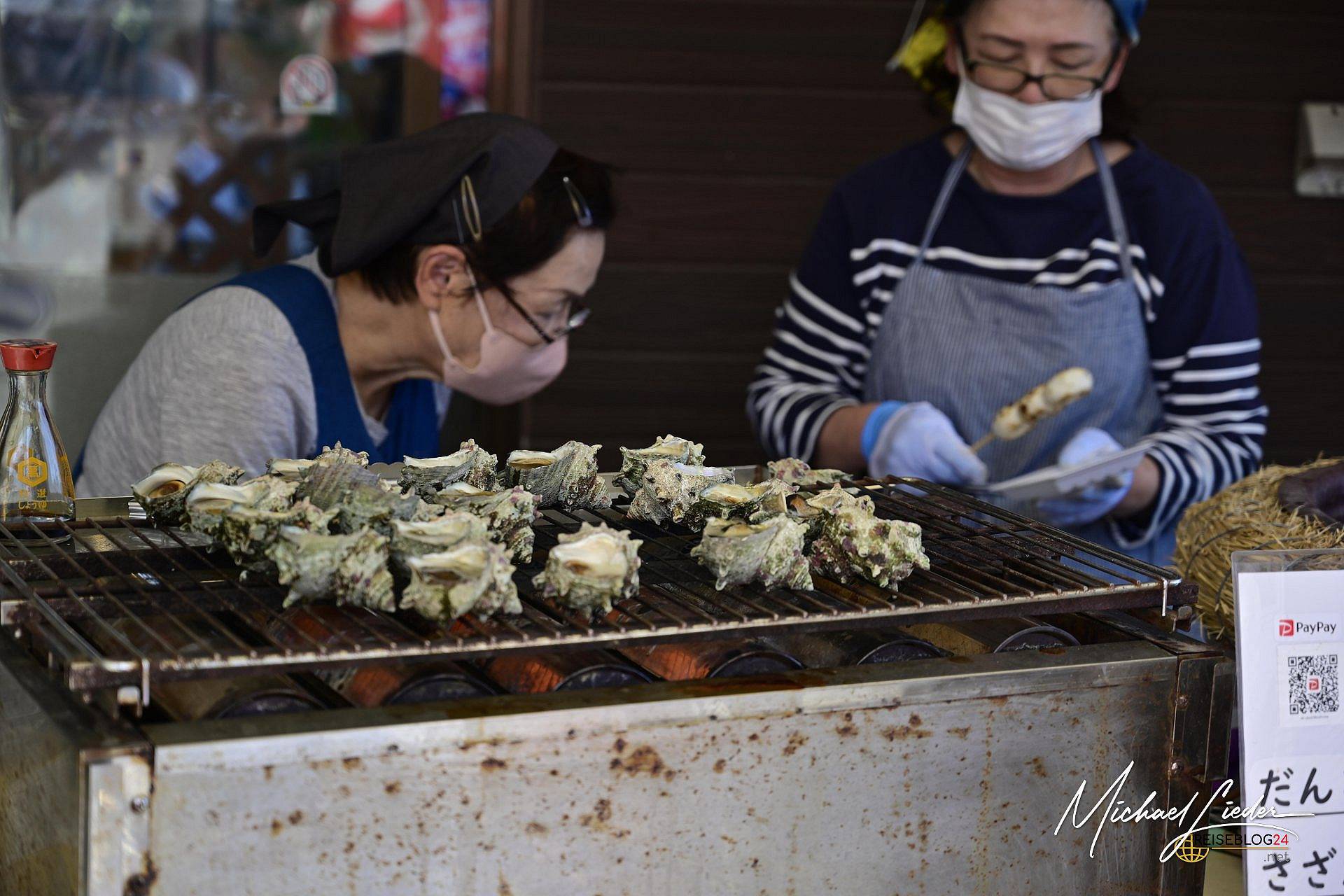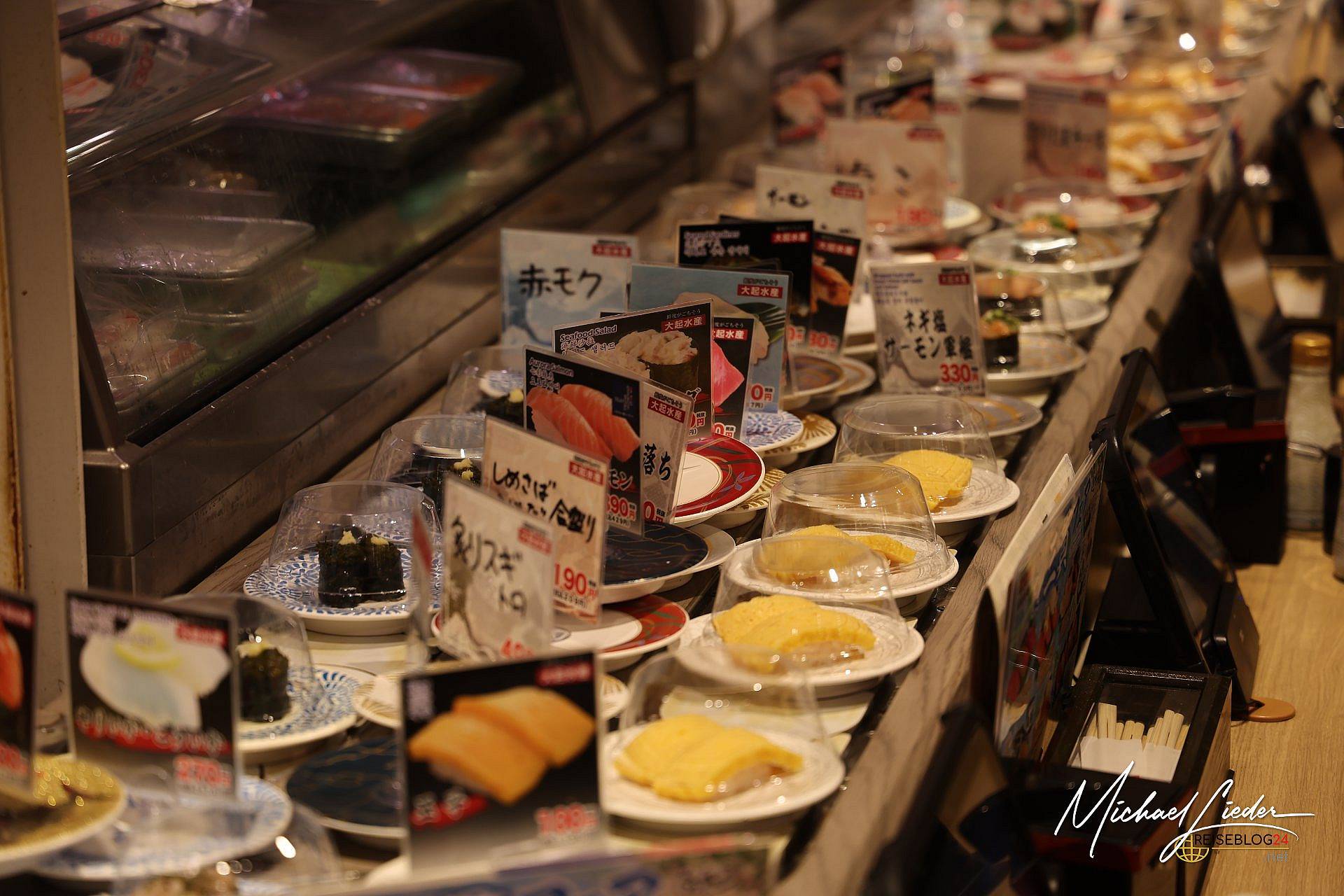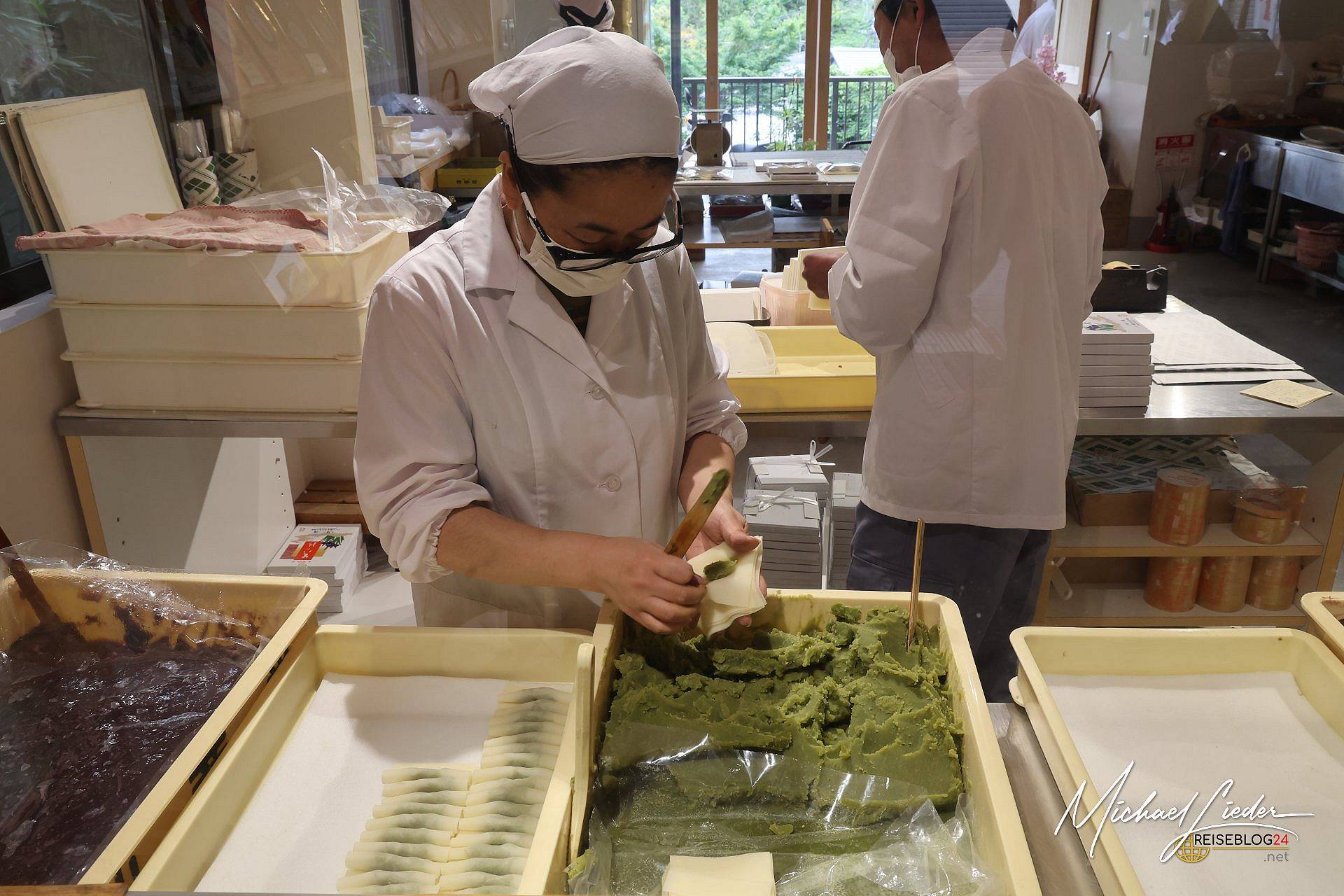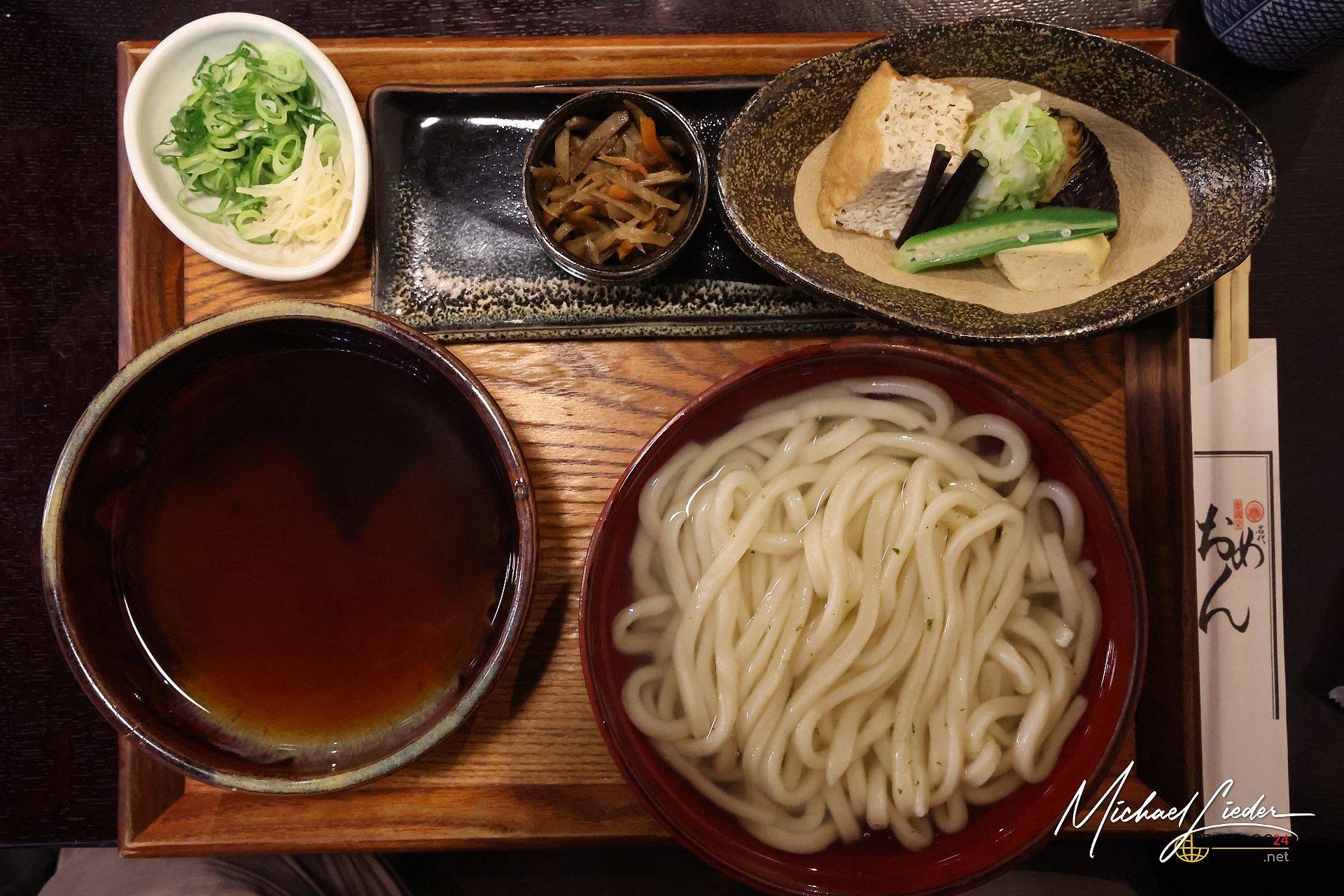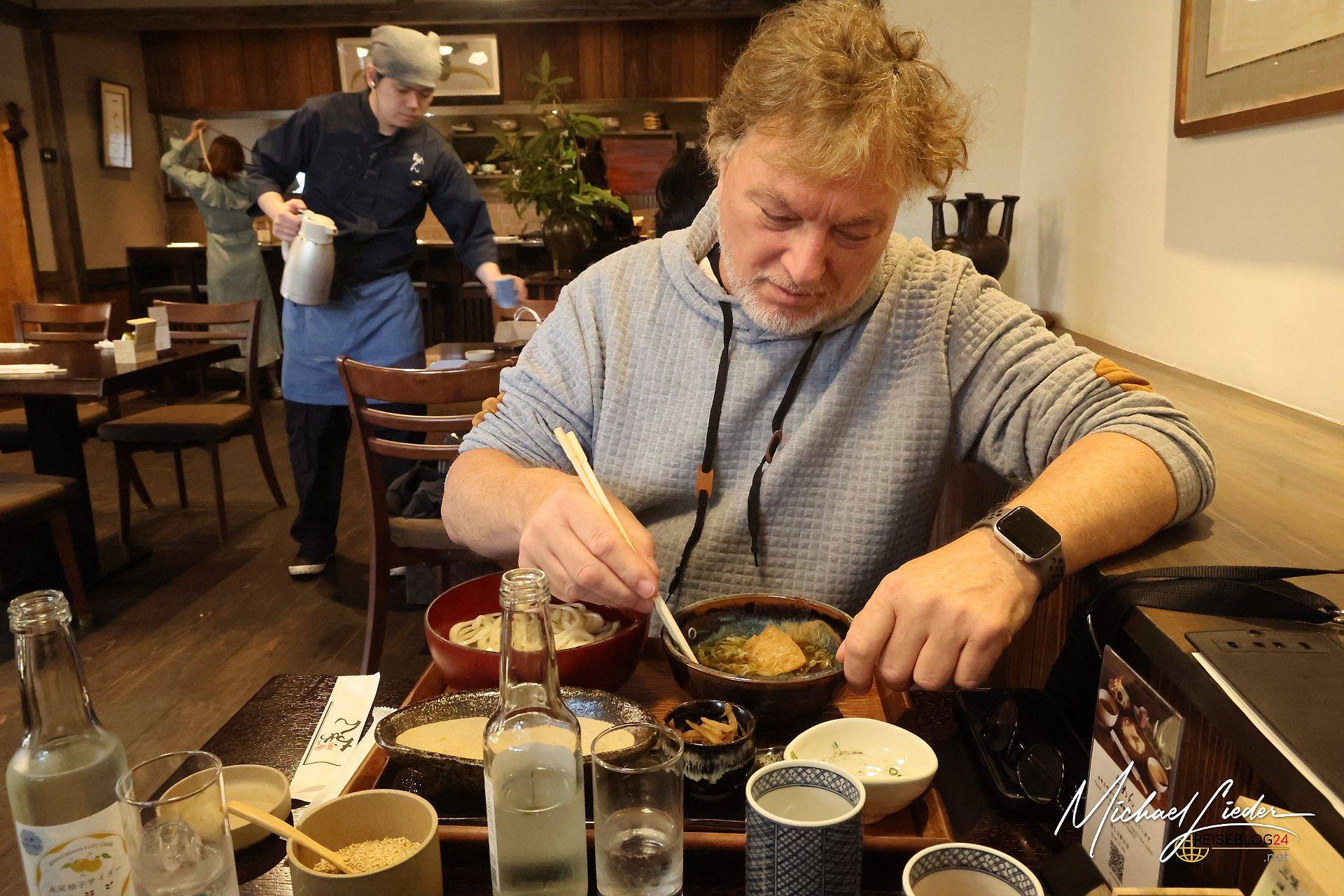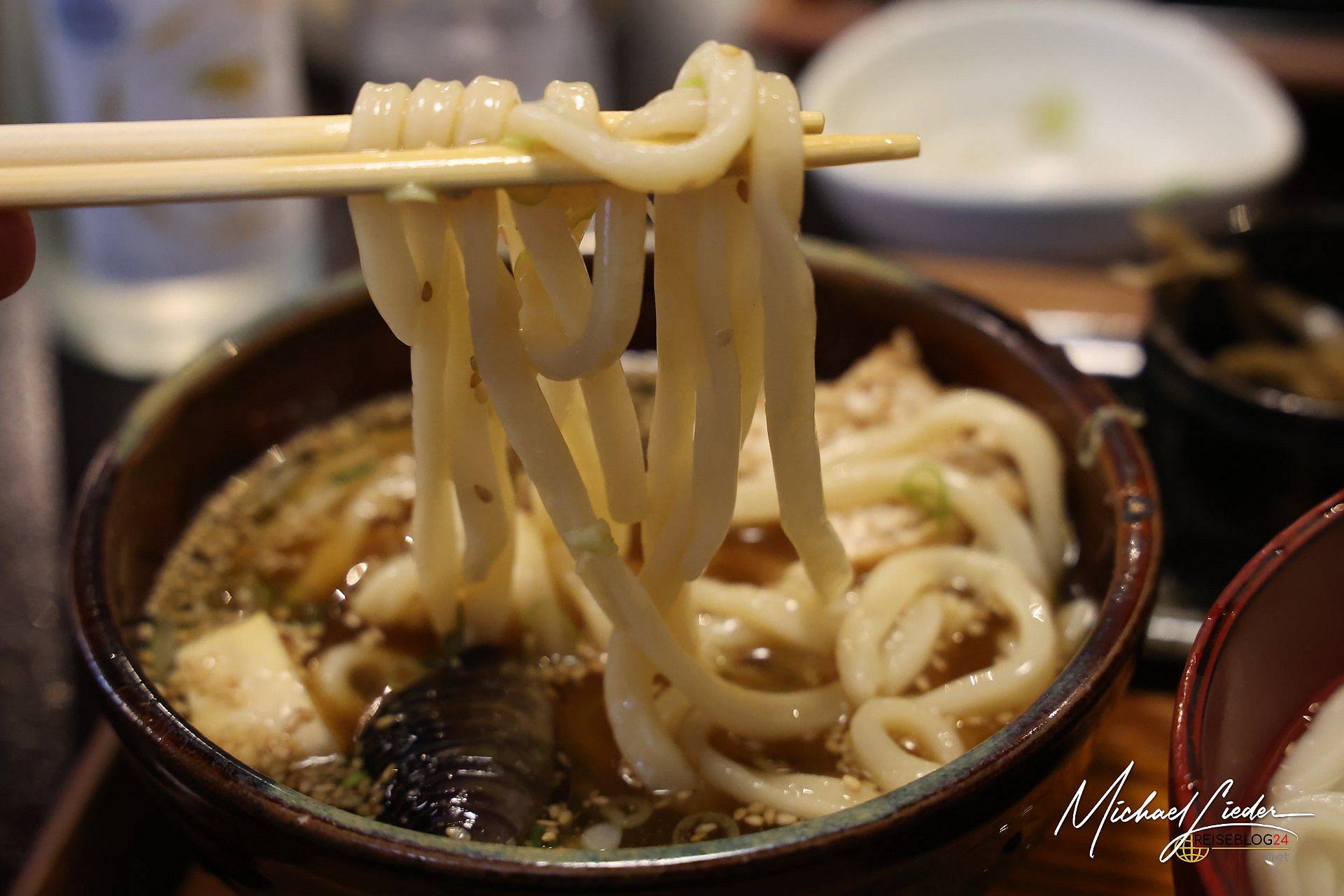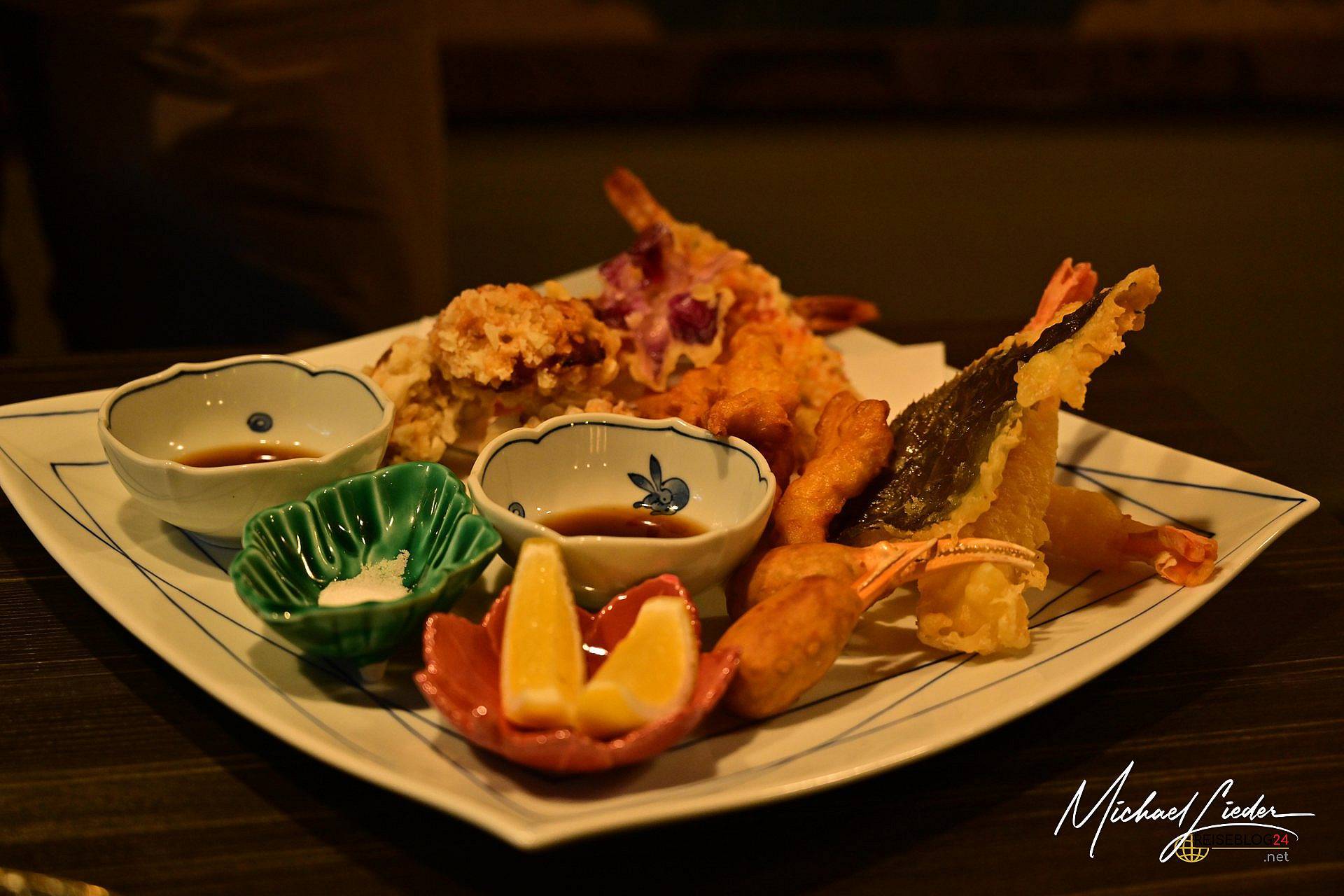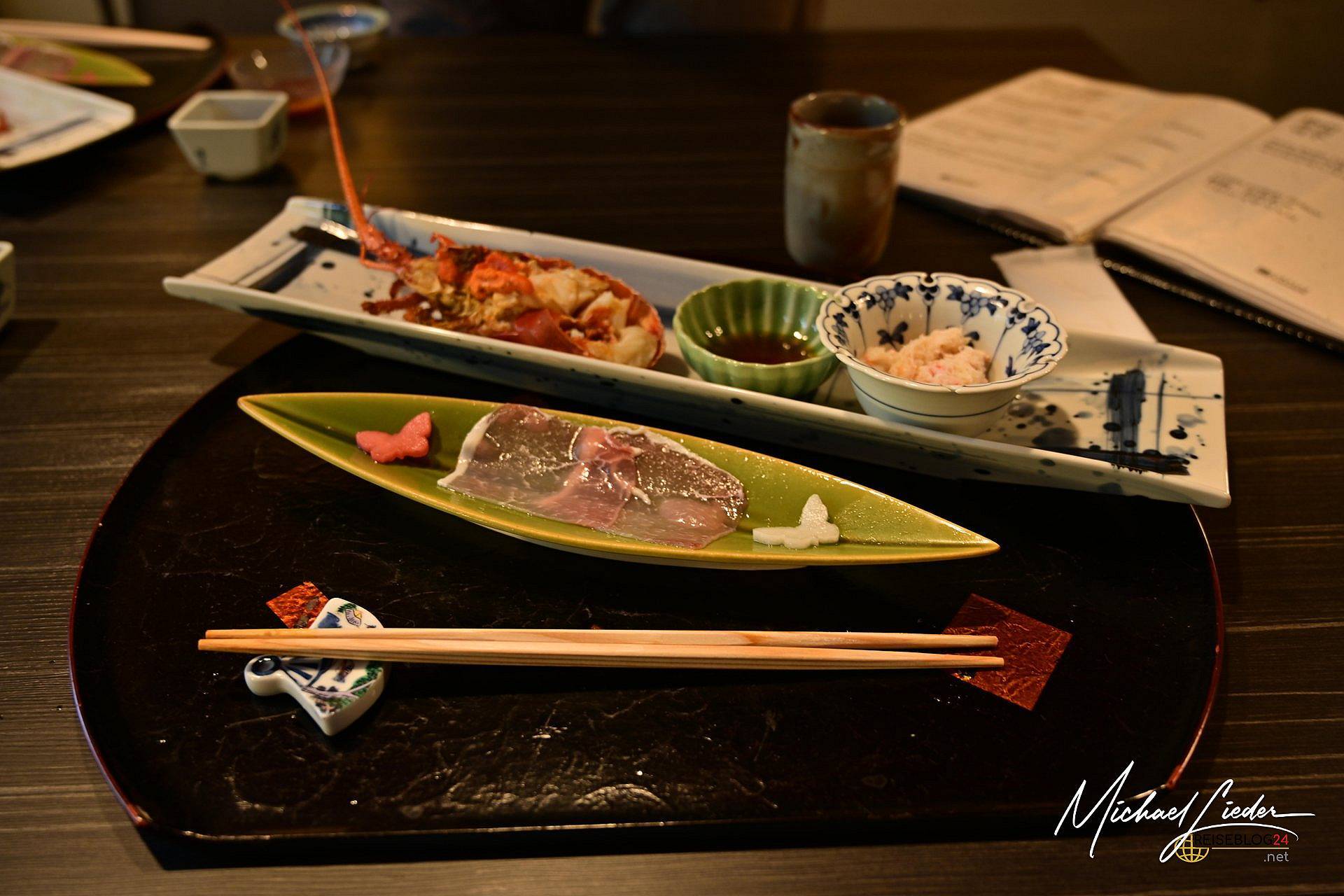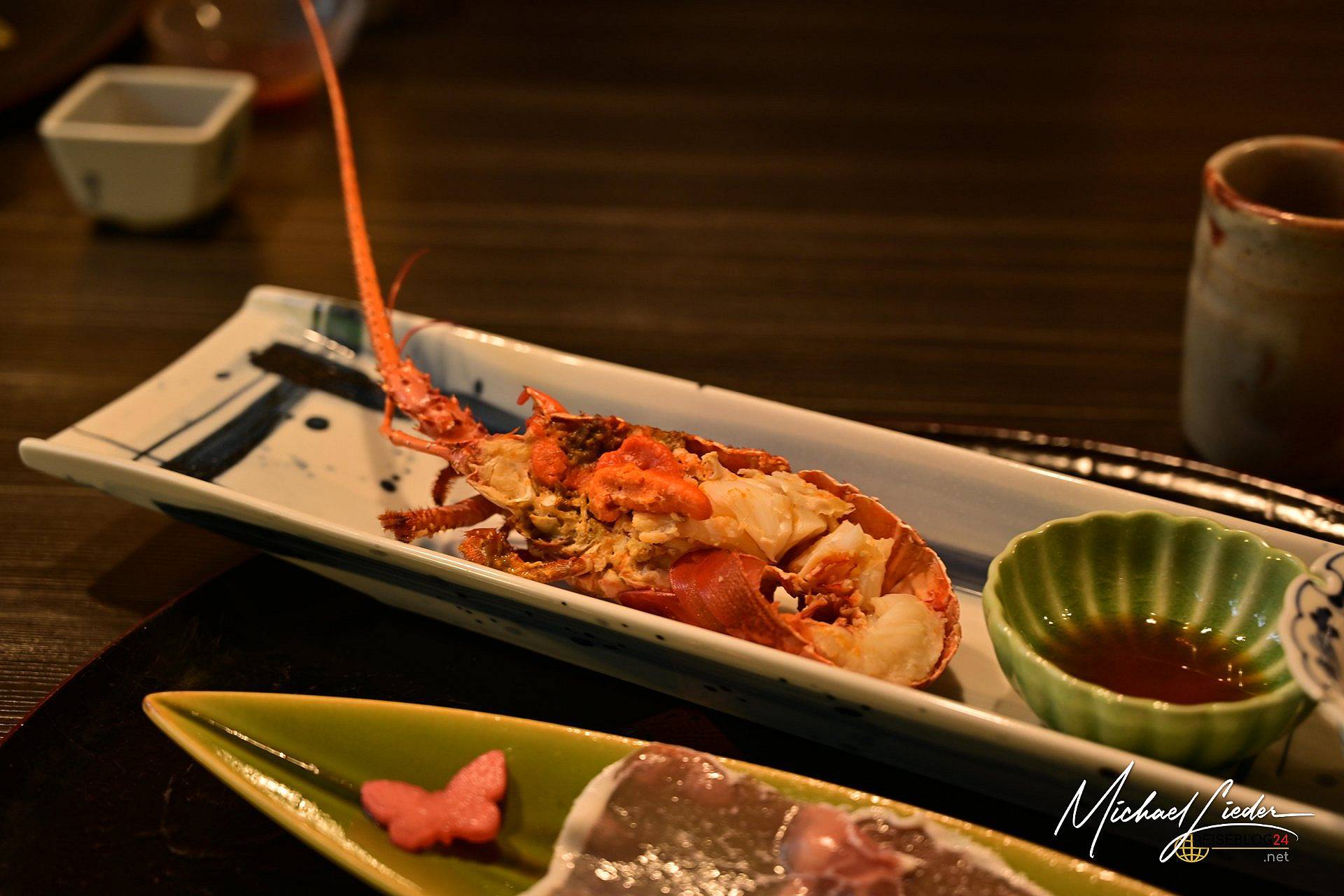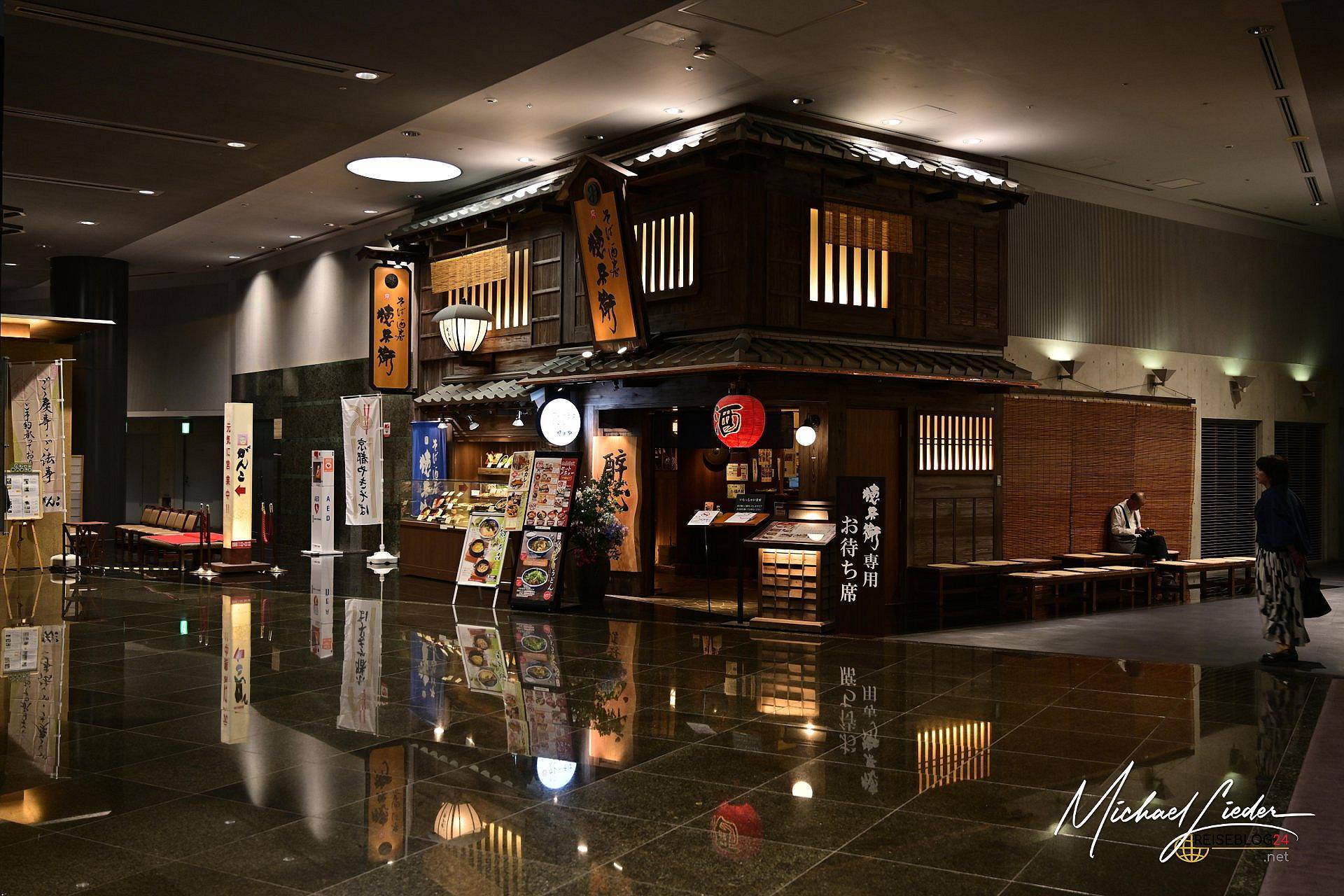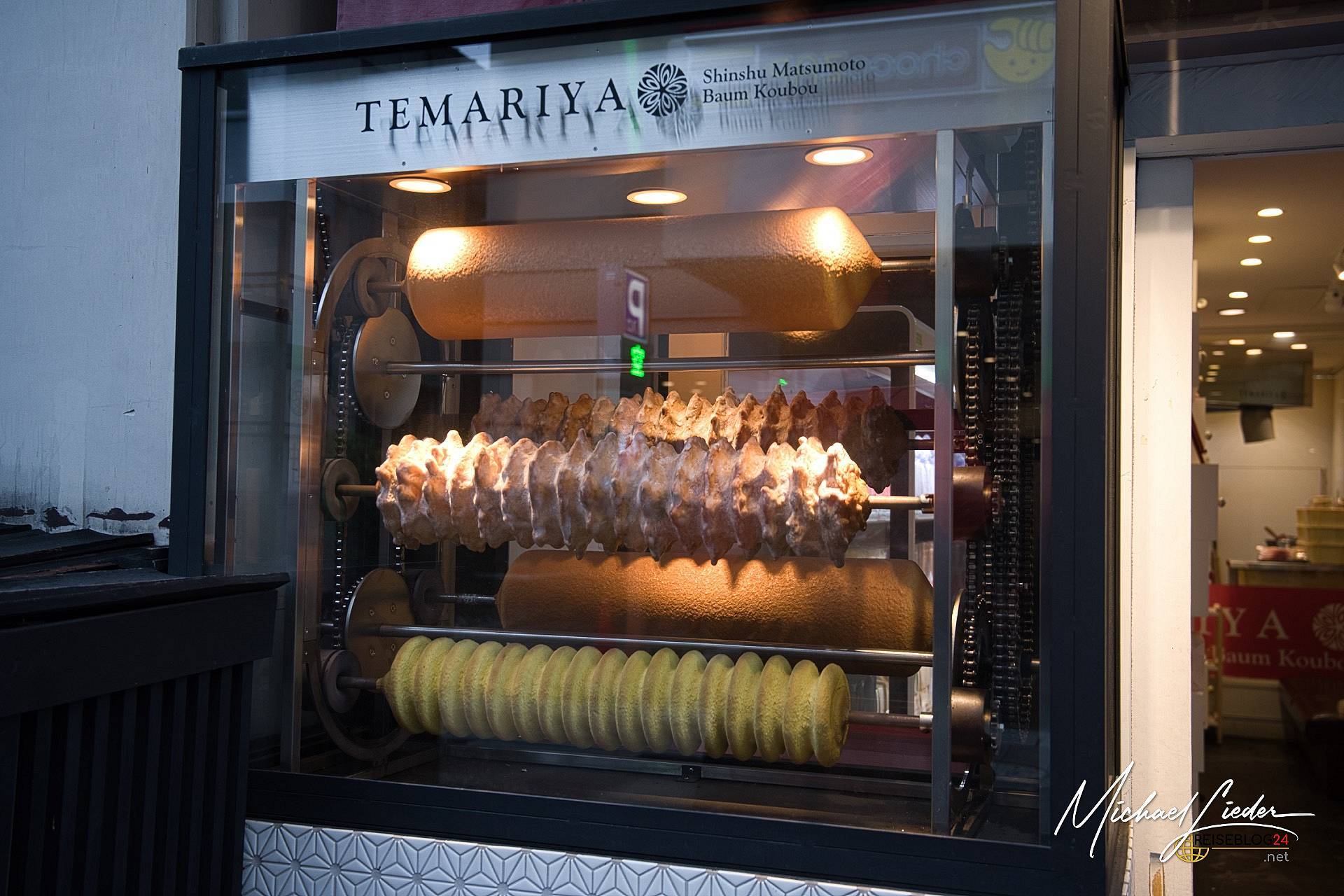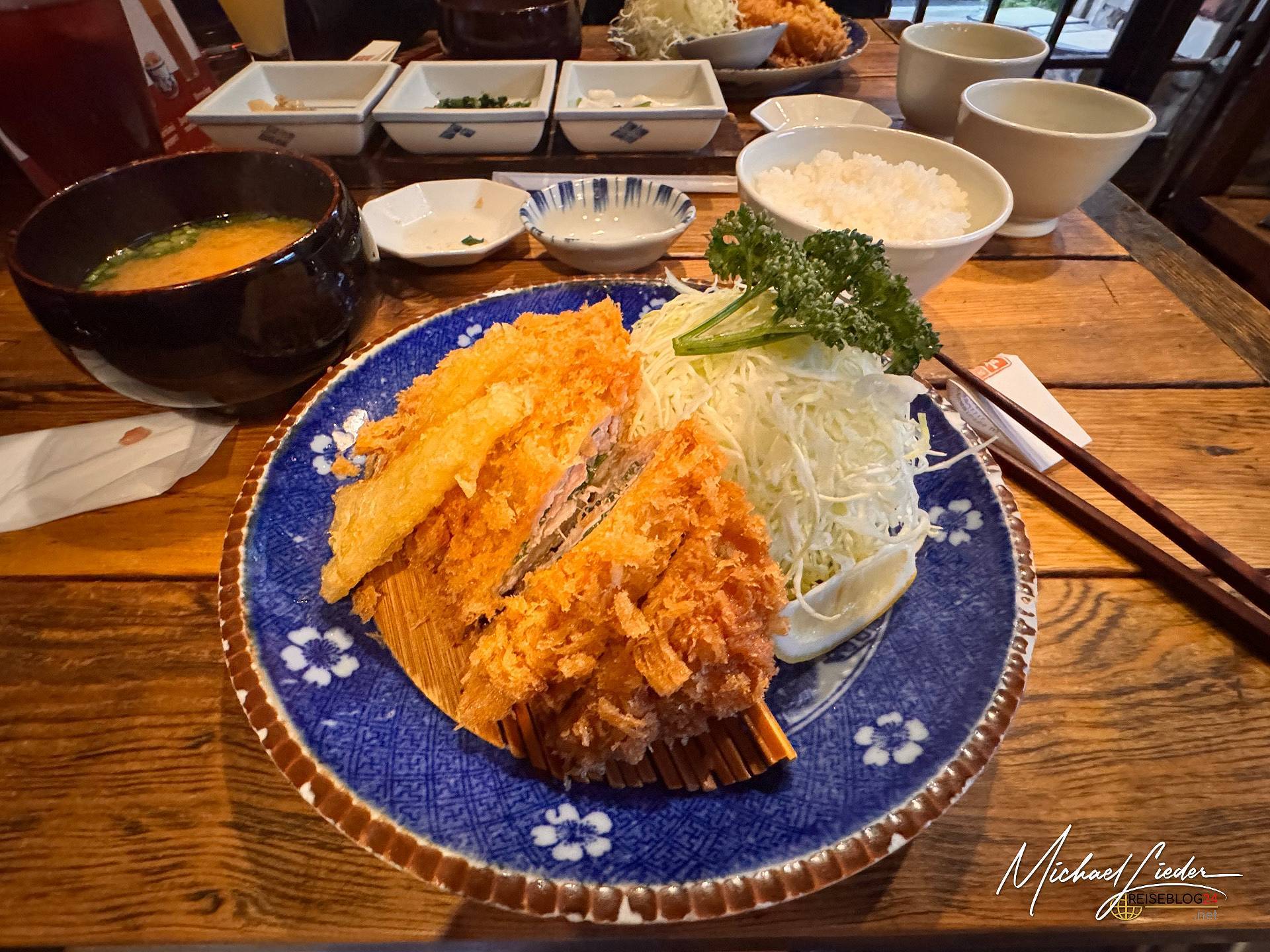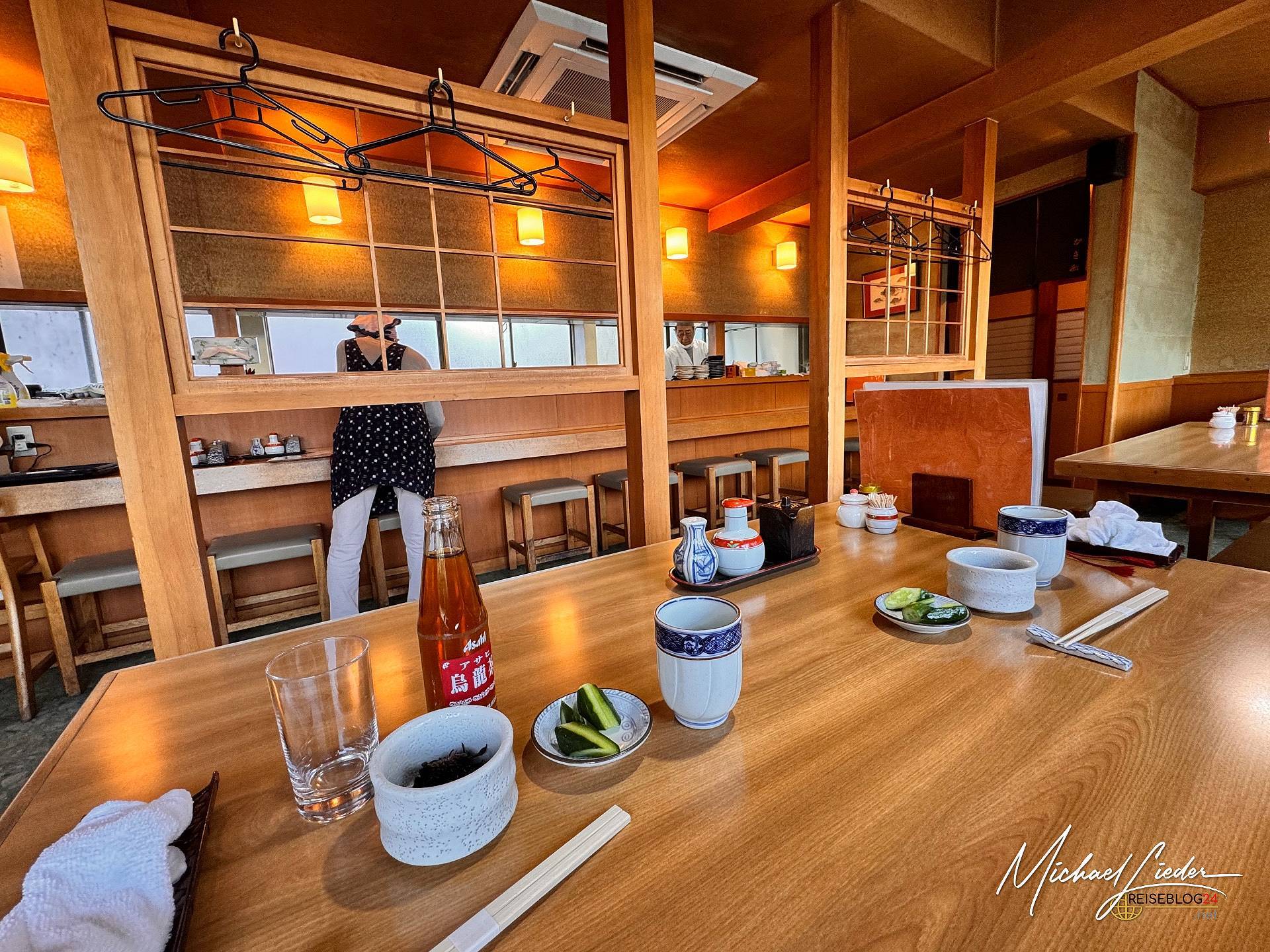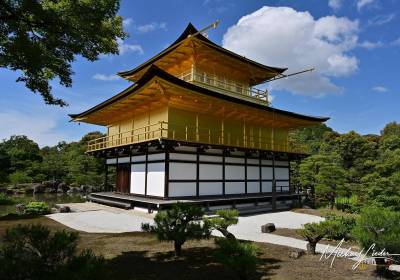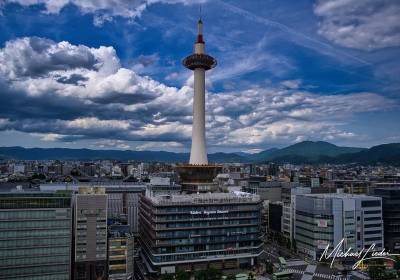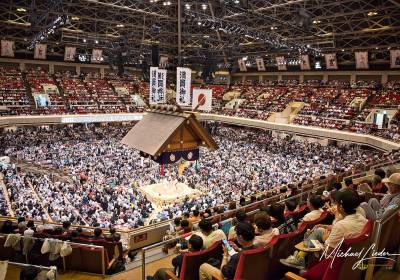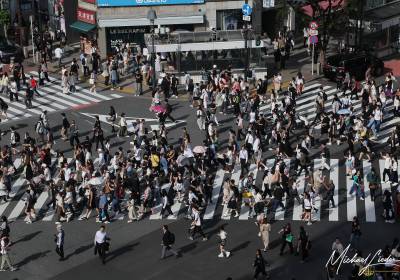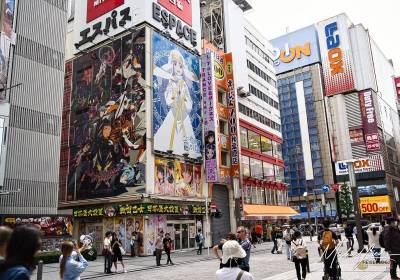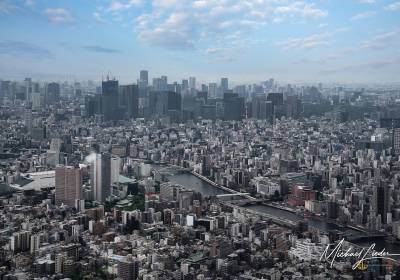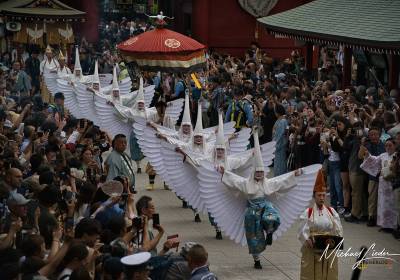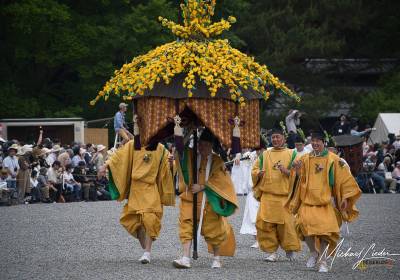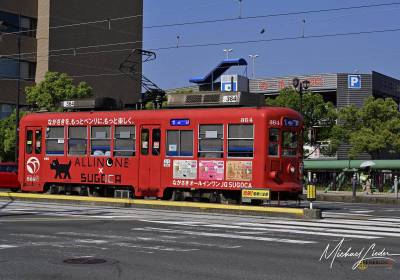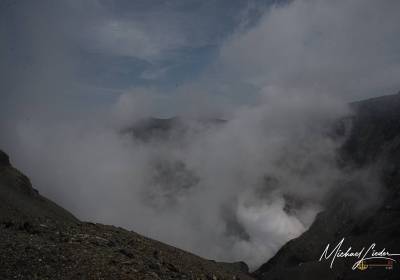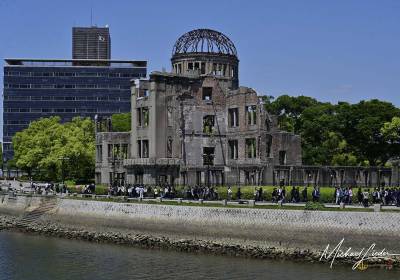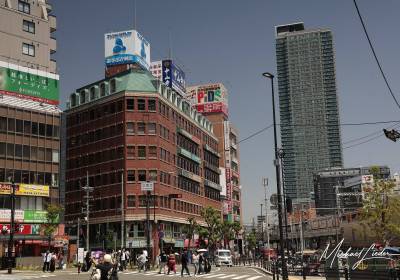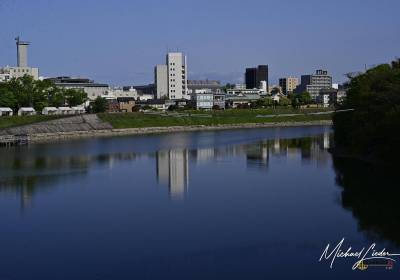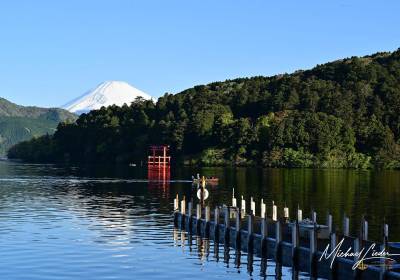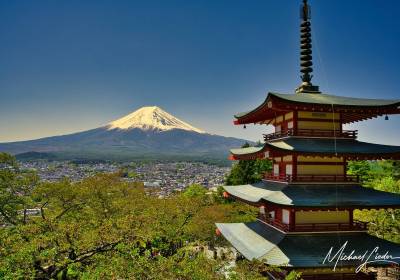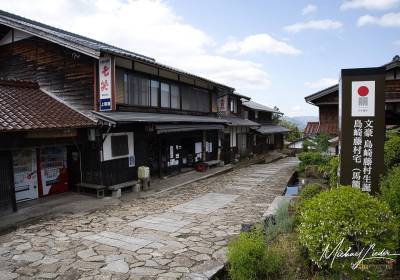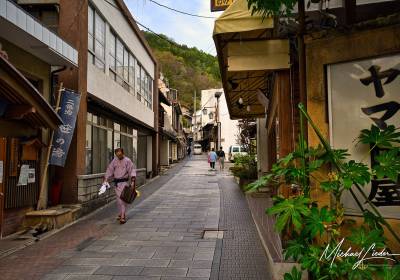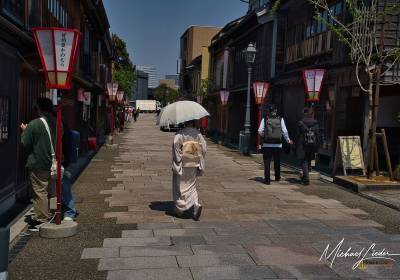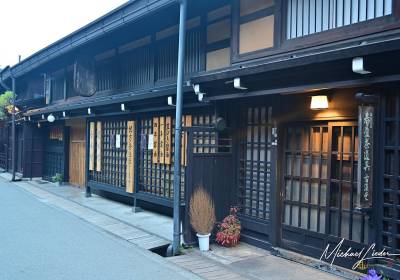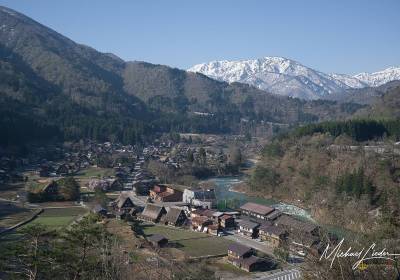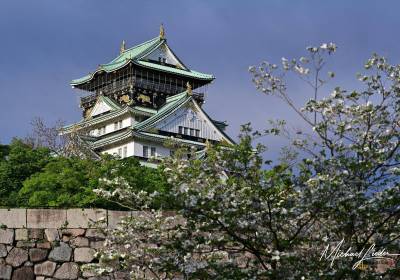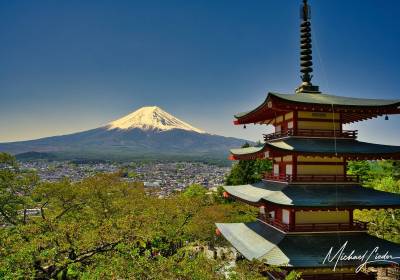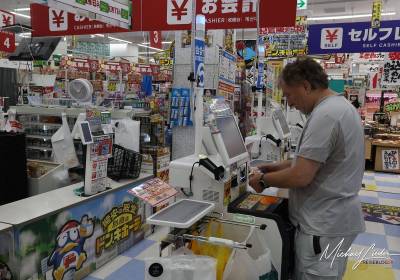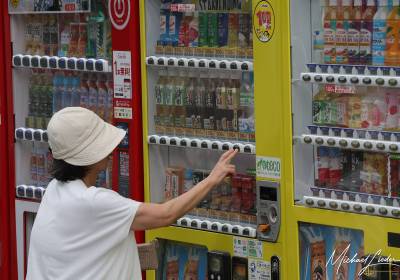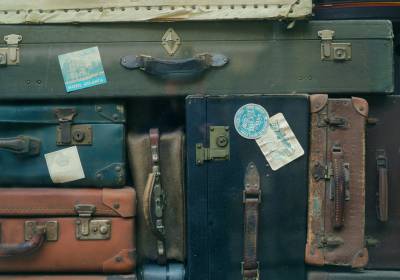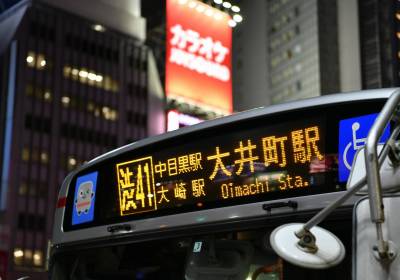Japan Road Trip: Costs and Money-Saving Tips
Japan in spring, traveling through the Land of the Rising Sun

Come along on a journey through Japan – honest, unpolished, with numbers, facts, and the occasional satirical twist. And who knows? Maybe you’ll discover a few solid ideas for your own trip – or at least find a good excuse why Japan definitely deserves a spot on your bucket list.
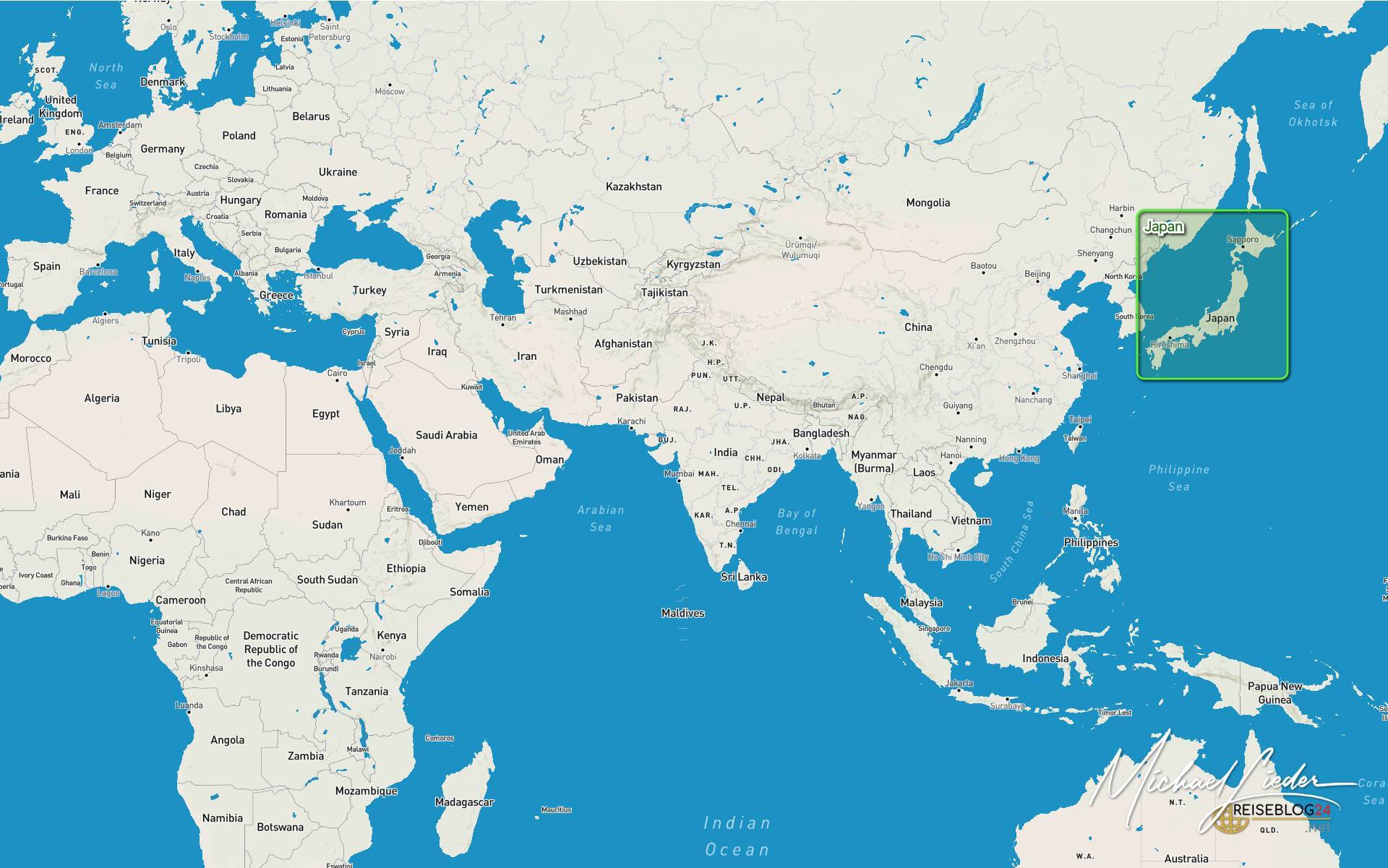
Road trip across Japan
So, how much does a road trip through Japan actually cost? And is it even worth it – beyond sushi, shinkansen, and shrines? In this post, I’ll try to shed a little light on the dark corners of the travel budget. No glossy brochures, no sponsored content, no “kindly supported by…”. Everything you read here comes from my own experience – detours, aha-moments, travel lows, and peak experiences included.
Of course, this is my very personal perspective on Japan – subjective, honest, and probably not a perfect match to your own experience in every detail. And that’s exactly how it should be. Because traveling is a bit like sushi: what’s a culinary highlight for one person leaves the other poking at it with chopsticks in mild confusion.
The fact is: Japan is not a budget destination. But with a bit of planning, a dash of serenity, and a generous portion of humor, you can turn every yen spent into an experience. Whether it’s an empty temple at dawn, a steaming onsen far off the tourist trail, or a country road that leaves you more amazed than frustrated – even when the navigation system once again decides that “adventure” is a legitimate routing option.
Our journey lasted almost eight weeks. We started with a rental car from Osaka – a real door-opener to the rural regions. After that, we continued by train and bus towards Nikko, Tokyo, and Kyoto. And yes: public transportation has its quirks too, but more on that later.
So, what’s the price tag?
The Japan Trip in Numbers (and Emotions)
A trip to Japan is like an omakase menu: you never really know what’s coming – but in the end, you’re surprised, delighted… and just a little bit broke. To give you (and myself) a clear overview of the financial aftermath of my Far East adventure, I’ve neatly sorted all the expenses into categories – from sushi to shinkansen, from ryokan to rice cravings.
Key Facts of the Trip
- Duration: 44 days
- Travelers: 2 adults
- Rental car: 21 days
- Distance driven: approx. 2,900 km
- Preparations: International driver’s license translation from German – €69.00 per person
- Accommodation: without meals
- Activities: booked online whenever possible
- Flights: each traveler paid individually
Transportation
-
Local transport: SUICA app, bus, subway, taxi
-
Long-distance travel by train (without Japan Rail Pass)
Kansai Airport → Osaka
Osaka → Kyoto
Kyoto → Tokyo
Tokyo → Nikko
Nikko → Tokyo
Tokyo → Kyoto
Kyoto → Kansai Airport
Maybe this will help you plan, maybe it’ll scare you off – but either way, it’s honest. And hey: memories like these are priceless… well, almost.
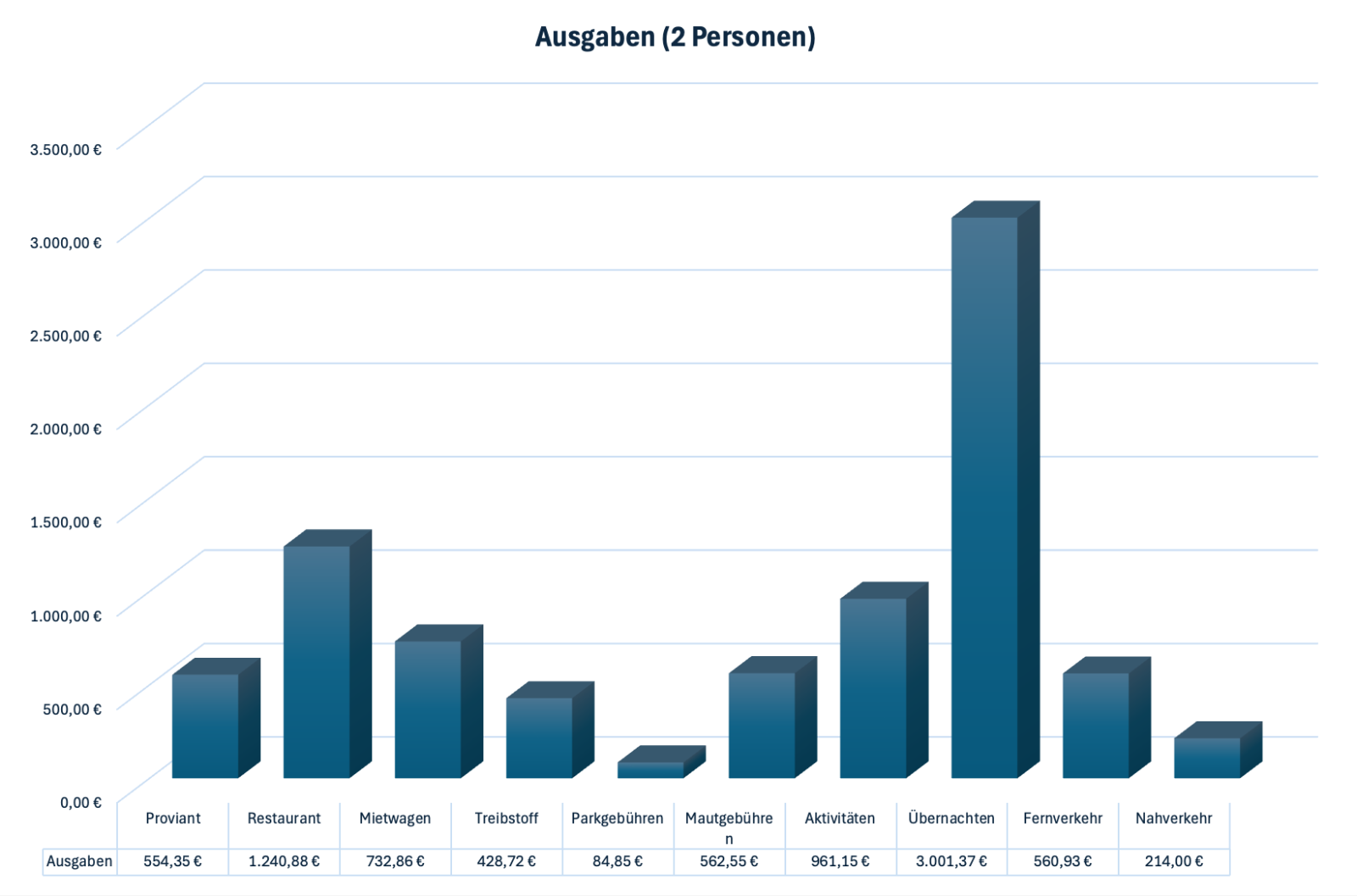
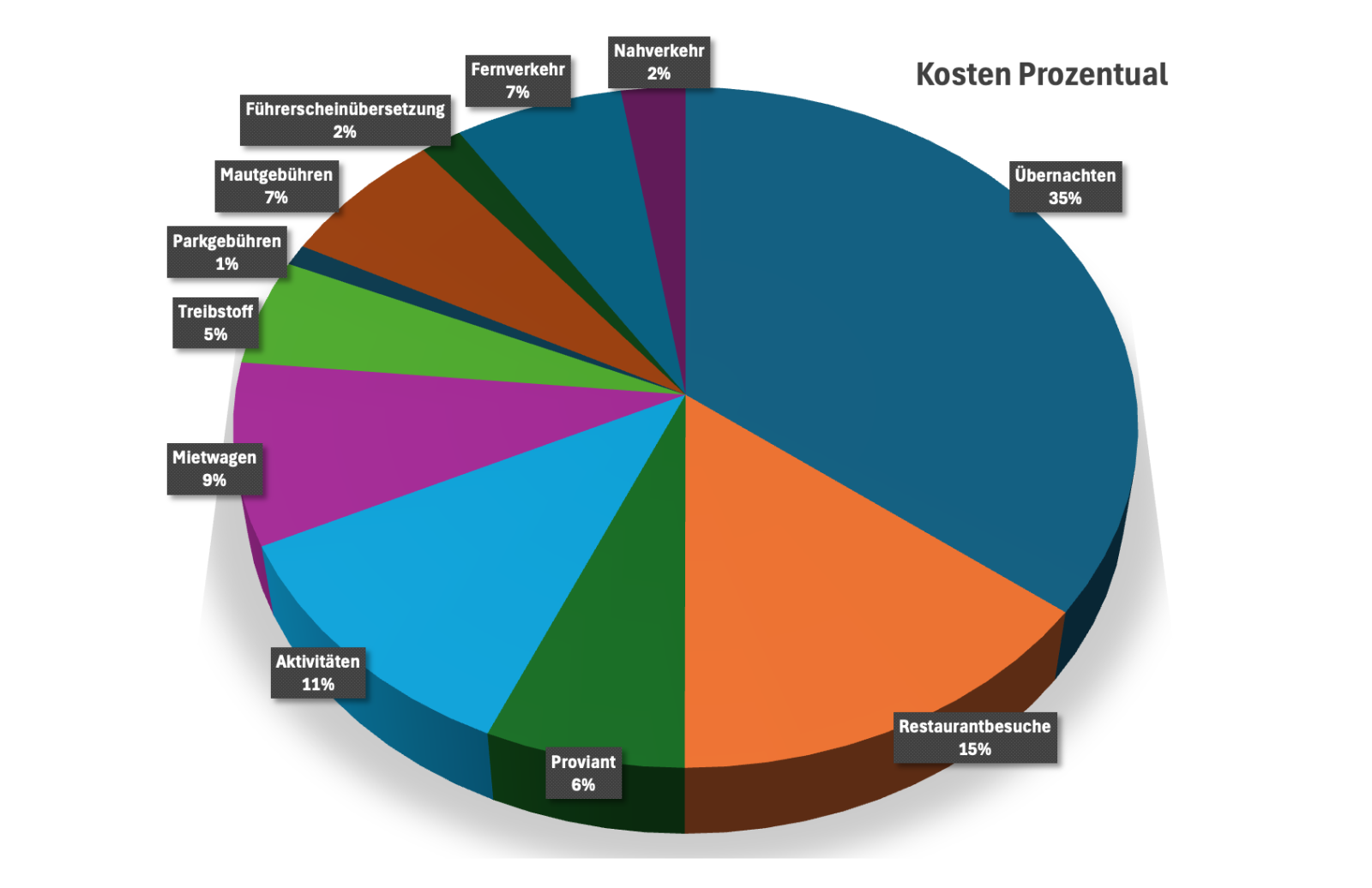
Cost Analysis for 2 People
The result is shown in an interactive chart. Just hover over the sections with your mouse, and you’ll see the percentage of the budget that went into temples, dreams, and takoyaki.
| Rubrik | Ausgaben | Beschreibung |
|---|---|---|
Stay overnight | 3001,37 € | Hotel, Ryokan, Capsule Hotel, Glamping, vacation home |
Restaurant visits | 1240,88 € | We visited all kinds of restaurants, from simple to Michelin-starred cuisine. |
Food during the day | 554,35 € | Everything we needed during the day: breakfast, drinks, snacks, etc. |
Activities | 961,15 € | Admission to individual attractions |
Rental car | 732,86 € | Rental for 21 days – Nissan Note – from and to Osaka, insurance included. |
Fuel | 428,72 € | Fuel costs for approx. 2500 km |
Parking fees | 84,85 € | Parking fees in the cities we visited |
Toll charges | 562,55 € | All tolls on roads and highways |
Driver's license translation | 138,00 € | In preparation for picking up the rental car |
Long-distance transport | 560,93 € | Long-distance connections, 2nd class including seat reservations by train in Japan |
Local transport | 214,00 € | Credits and debits on the Suica Card for buses, subways, and taxis |
| Output: | Per person | Per day and person |
|---|---|---|
8479,66 € (Total) | 4239,83 € | 96,36 € |
3001,37 € (overnight stays) | 1500,69 € | 34,11 € |
1946,98 € (rental car) | 973,49 € | 22,12 € |
1795,23 € (Restaurant/Provisions) | 897,61 € | 20,40 € |
Driving in Japan?
An adventure somewhere between “sci-fi on wheels” and “Zen and the art of finding a parking garage.” Before hitting the road, I had this picture in my head of a high-tech paradise: perfectly organized traffic, streets polished like mirrors, navigation with AI support, and traffic rules that basically enforce themselves. And yes – a lot of that turned out to be true. But anyone who thinks everything in Japan runs smoothly should try tackling a winding mountain road in the countryside with a GPS that only speaks Katakana. Welcome to adventure land!
The Agony of (Car) Choice
Before the engine even starts, a crucial question comes up: which car actually fits me – and Japan’s roads? The decision depends heavily on how many people are traveling, how much luggage you’re hauling, and whether you’re braving city traffic or mountain villages.
We were two people, each with a stuffed suitcase and – the real space problem – a full set of camera gear. For us, a compact car was the sweet spot. We ended up with a Nissan Note, picked up directly at Kansai Airport in Osaka for 21 days. Practical, compact, reliable – in short: a rolling friend for a while.
Insurance – or Why I Sleep at Night
It’s a topic many like to skip: rental car insurance. We usually just take the provider’s basic package – and then add an independent top-up policy that covers literally everything in case of damage. I picked up this habit during a trip through Australia, where a simple detour into the Outback could have ended very expensively. Since then my motto is: trust is good, Rental Cover is better. A clear recommendation from me!
Our Rental Car Costs at a Glance
So you get an idea of what a car in Japan really costs, here are the cold, hard facts from our trip:
-
Rental car (Nissan Note, 21 days, ATB Rental, Kansai Airport Osaka): €562.88
-
Hotel pick-up in Osaka: 5,000 yen (approx. €29.70)
-
Second driver: €0
-
Extra insurance via Rental Cover: €112.56
If you’d like to dive deeper into the topics of rental cars, driver’s license translations, and Japanese road rules, check out this post:
👉 [Driving in Japan: Rental Cars & Licenses]
Rental Cars in Japan – Freedom Comes at a Price (and It’s Not a Small One)
Having your own car in Japan sounds like pure freedom: spontaneous detours into the unknown and trunks filled with snacks from the nearest konbini. And yes, a rental car does make you blissfully independent from timetables, replacement buses, and overcrowded trains. But (and here’s the catch): that independence comes at a price – and in Japan, it’s one you’ll want to think through carefully.
I’ve linked the app for you – the travel budget is available both in the Apple App Store and on Google Play. Give it a try. And who knows: by the end of your trip, you might not only fall in love with Japan but also with accounting.
Analog or digital?
My opinion after many years on the road
I’ll admit it: as an IT guy, I’m not entirely unbiased when it comes to digital solutions. Paper slips, Excel spreadsheets, and spontaneous “I’ll pay now, we’ll sort it out later” agreements are my personal nightmare in flip-flops. That’s why I’ve relied for years on an app that makes managing travel expenses a breeze – whether traveling solo, as a duo, or in a pack. The app is simply called Reisekasse (“Travel Fund”) and runs reliably on both iPhones and Android devices. Originally designed for sailing trips (you know, groups spending money together in tight quarters and eventually having to soberly settle up), it has long since become my go-to travel companion for every country and occasion.
You can record deposits and expenses in any currency. Exchange rates update daily online, which makes managing the travel kitty a whole lot easier – whether you’re in Japan or just road-tripping through Germany.
What can it do? Pretty much everything your analog brain refuses to handle on vacation. You can log income and expenses (mini-accounting, no tax advisor required), set up participants or just yourself, and use both your home currency and the local one side by side – in our case, euro and yen, without tying your brain in knots. Before you even leave, you can set up categories that actually make sense: food, accommodation, fuel, karaoke, onsen – you know, the usual suspects.
If you’re traveling in a group, of course, everyone needs the app. One person then takes on the role of accountant – the hero of the numbers – who knows exactly who owes whom how much by the end of the trip. And the best part? No arguments, no guesswork, just a clear view of the budget. Which leaves more time for sushi, shrines, and those wonderfully weird Japanese vending machines.
When You Think of a Road Trip Through Japan…
Pictures pop into your mind instantly: picturesque temples glowing in the morning light, misty mountain roads, cherry blossoms lining the streets – and… an unfathomable charge on your credit card statement. Welcome to the world of the Japanese road trip, where adventure and expenses walk hand in hand.
Accommodation: Between Capsules, Luxury & Just-Close-Your-Eyes
One of the biggest budget-eaters? Accommodation. We – two longtime friends united by our obsession with the perfect travel photo and our allergy to hotel buffets at 9 a.m. – decided on the following: share rooms, skip breakfast, embrace freedom.
Why no breakfast? Easy: the early bird gets the better shot. With sunrise in May/June arriving at the ungodly hour of 4:30 to 5:00 a.m., we were usually out the door while other guests were still wrestling with their second down pillow. Breakfast was courtesy of the nearest 24-hour family konbini – hot, fast, and with enough caffeine to keep us upright.
Booking.com: Our Third Travel Companion
With just one exception, we booked all our stays via booking.com. Why? Because flexibility is everything on a road trip. Who can guarantee that after a winding mountain road you won’t suddenly want to crash in a sleepy onsen town? Free cancellation was worth its weight in gold – as was the option to pay upon arrival. Perfect for travelers whose itinerary bends more than a yoga master.
Our Accommodations: The Full Spectrum
From sci-fi capsule pods to cozy ryokan with tatami floors, all the way up to posh hotels where the lobby concierge gave our duffel bags and hiking boots a slightly pitiful look – we had it all. Some rooms screamed “survival mode,” others whispered, “Quit your job and stay here forever.”
You’ll find a separate blog post with a full overview, photos, and our highly subjective ratings [→ check the accommodation guide here].
Accommodation costs:
€60–100 (for 2 people, depending on style and location)
Pro tip: Filter for ryokans with parking – saves time and nerves. If you can park right in front of the house: jackpot!
The True Hero’s Tale: Futons
A word of warning: if you have back problems, or if even a yoga mat makes you weep – futons in ryokan are on another level. Often so rock-hard you wonder if you’re actually lying directly on the tatami floor. I was genuinely moved every time we scored a hotel with “real” beds.
Sometimes I played “The Princess and the Pea,” stacking two futons on top of each other. Not exactly cloud nine, but at least slightly more forgiving.
Recommendation: Alternate between ryokan and hotels to keep both your back and your spirit intact. Or at least sneak in an Airbnb or vacation rental with a Western bed.
And let me tell you: the first night back home in my own bed after the road trip felt like floating on a cloud of pure gratitude.
The Underrated Budget Killer: Parking
Here’s a real road trip “insider tip” (read: sarcasm). That rental car feels dreamy… right up until you try to park it overnight in a Japanese city. Think parking in German city centers is expensive? Try coughing up over €20 per night in Okayama – with no roof, no security, no welcome tea.
Tip: Always check if parking is included when booking. In rural areas it’s usually no issue, but in Kyoto, Osaka, or Tokyo you’ll pay through the nose. Balance it out by staying in a capsule hotel the next night. 😉
Ein Land wie Japan bereist man nicht einfach so. Zwischen Tempeln, Toiletten mit mehr Knöpfen als ein Flugzeugcockpit und Sushi zum Frühstück braucht es ein bisschen Vorbereitung – oder sagen wir: strategische Gelassenheit.
Or how I learned to love the internet
You’ve got the flight, you’ve got the rental car, you’ve even saved a kimono on Pinterest – but have you pre-booked your activities? No? Well then, enjoy waiting. Or better yet: enjoy watching other people do the things you could have experienced. Welcome to Japan – the land of politeness, efficiency… and fully booked time slots.
Temples? Only with a timeslot.
Thought you could just stroll into the Ghibli Museum, join a tea ceremony, or wander up Fushimi Inari Shrine? Think again.
Within three minutes of arriving in Japan you’ll realize:
Nothing happens without an online reservation. And not today. But last month.
A Typical Day in Japan (Without Pre-booking)
-
9:00 a.m. – You want to visit TeamLab Borderless. “Sold out until next week.”
-
10:30 a.m. – You try the Digital Art Museum. “Online tickets only. Sales closed.”
-
12:00 p.m. – “Let’s spontaneously do a sushi-making class!” – Haha. Cute.
-
2:00 p.m. – You’re sitting outside a 7-Eleven with Wi-Fi, booking for the day after tomorrow what you actually wanted to do today.
Activities You Really must Pre-book
-
TeamLab Planets / Borderless – Sci-fi art with guaranteed Instagram magnetism. Tickets? Online only. And gone fast.
-
Ghibli Museum – Pure cult status. Tickets via a special website. Mostly luck.
-
Sumo Tournaments – Sure, you can go spontaneously… if you’re a time traveler with a ticket from last month.
-
Tea ceremonies, cooking classes, kimono rentals – Surprise! Platforms like Klook, GetYourGuide, or AirKitchen. Weeks in advance or forget it.
-
Theme restaurants (Ninja, Samurai, Pokémon, fugu cuisine) – No reservation? Enjoy your ramen. Again.
Why Is It Like This?
Japan loves order. Online booking isn’t a digital “nice-to-have” – it’s a culturally accepted act of planning honor.
Those who book ahead show respect. Those who show up spontaneously show… Western naïveté.
The Bitter Truth
“Let’s see what we feel like tomorrow” only works in Japan if you feel like sitting at a train station watching other people have fun.
Conclusion: Spontaneity Is for People With Time – or Bad Luck
Japan is beautiful, exciting, unique – and meticulously pre-planned. So grab your smartphone, Wi-Fi, and calendar.
Because in Japan, if you don’t book, you just look.
Some of our experiences we booked in advance through GetYourGuide – and what can I say? It went surprisingly smoothly. Planned from Germany, executed in Japan without a hitch. No bureaucratic paper tigers, no language barriers, no mysterious booking gaps. Just us, a few clicks, and a service that actually worked – both on the ground and on the screen.
A Road Trip Through Japan: Temples, Nature, Neon Cities… and Food
Sure, a Japanese road trip sounds like temples, nature, flashy cities, maybe a little karaoke. For us, though, it was mainly one thing: food. Food at highway rest stops, back-alley joints, Michelin-blessed hotel restaurants, shopping malls, fish markets – and even in Nepalese restaurants in Kyoto. You don’t just eat Japan – you experience it.
And let’s be honest: it didn’t exactly leave our travel budget untouched. But who needs financial stability when you’ve got a full belly, a happy heart, and stories to tell?
🍜 The Ramen Offensive – Cheap, Fast, Divine
Ramen is the backbone of any trip to Japan. Whether at a highway rest stop or a cult shop decked out in red paper lanterns with a two-hour line – ramen is always there.
At first, we thought we’d approach it scientifically: compare broths, analyze toppings, document noodle thickness. By the fifth bowl in 48 hours, it was clear: none of that matters. As long as it’s hot and plenty, we’re in.
You usually pay at a vending machine – which always felt like a slot machine. Hit the right button, and you get the ramen you want. Hit the wrong one, and you still get ramen – maybe with extra egg, corn soup, or a soft drink in the flavor “grape and doubt.” Still budget-friendly: between 700 and 1,200 yen a bowl – cheaper than parking in Kyoto.
🐡 Fugu – Dying for the Taste (Or Not)
Of course, we had to try fugu. The pufferfish with a side of mild terror – served wafer-thin, nearly transparent, even twitching on the plate. Presentation? Pure art. Taste? Well… restrained.
We sat there, half nervous, half disappointed, waiting for our lips to go numb. Nothing happened. No drama, no fainting, no tragic last words. Just the quiet triumph of having survived a culinary dare.
Verdict: Do it for the experience, not the taste. And don’t forget to keep the camera rolling – just in case. Or for YouTube.
🥩 Kobe Beef – The Mount Everest of Meat
In Kobe, we splurged on the sacred cow. Once in a lifetime. The chef presented the steak like a museum piece, then seared it exactly 7.3 seconds per side. Anything longer, he said, would be “meat murder.”
Every bite was a silky whisper on the tongue. Butter-soft. Sinfully good. Price? Somewhere between “holiday souvenir” and “car payment.” Worth it? Absolutely. But let’s just say: hopefully not a habit, unless you own stock in the Japanese Beef Association.
⭐️ Michelin Dining – Plenty of Style, Little Substance
In Kyoto, we booked ourselves into a Michelin-starred hotel restaurant. The courses were tiny poems. Or maybe haiku: beautiful, brief, and gone too fast.
Smoked edamame with gold flakes. A broth of fermented lotus root. A slice of mango on a flower petal with a whisper of dashi. Incredible. But after two hours of fine dining, I would’ve traded my phone and left shoe for a steaming bowl of convenience-store ramen.
Price? Excellent. At least for the restaurant. For us? More like an investment in Instagram content.
🌶️ A Surprise from Nepal – Curry for the Homesick
After weeks of umami, soba, dashi, and all things fermented, we landed in a Kyoto neighborhood with a sudden craving for curry. Not the mild, sweet Japanese kare – but the real deal. Cardamom, cumin, tears in the eyes.
A tiny Nepalese restaurant promised salvation. The owner lit up when we ordered something spicier than “mild.” We got lentil soup, momos, chicken vindaloo, and chai – and for a moment, it felt like we’d been transported to the Himalayas. Or at least to Tokyo with a fever dream.
Cost: under 1,000 yen.
Spice rating: 11 out of 10.
💸 Conclusion: Between Konbini and Kobe
Culinarily, Japan is a dream. Financially… a double-edged sushi knife. Stick to konbini snacks, ramen shops, and street food, and you’ll survive on under 2,000 yen a day. But if you want fireworks for your taste buds, better dig deeper into your wallet.
Still, totally worth it. Because this wasn’t just a journey across Japan – it was a journey across flavors, dares, Michelin stages, fish adventures, and spice meltdowns.
And maybe, just maybe, blowing the budget on Kobe beef was the best decision ever. A new laptop wouldn’t have come with soy sauce.
Saving Money in Japan – Is That Even Possible?
Japan is a dream. Unfortunately, it’s often one with a price tag in gold embossing. Between Kobe beef, hot springs, and futuristic toilets, a road trip through the Land of the Rising Sun can quickly turn into a nightmare for your wallet.
But don’t worry – with a bit of planning, curiosity, and a focus on what really matters (plus a healthy lack of shame when it comes to bento boxes with discount stickers), you can travel Japan cleverly without missing out on the real experiences.
Japanese convenience stores – 7-Eleven, Lawson, FamilyMart – are an institution. And they are much more than petrol station bistros: here you can get fresh sushi, hot meals (curry, pasta, udon), sandwiches, cold drinks, desserts – all freshly prepared and often available around the clock. We always had breakfast in the konbinis, because they also have good coffee machines.
Prices? A full meal rarely costs more than 500–700 yen (~£3–5).
Tip: Many konbinis have microwaves, tables or even seating areas – perfect for an inexpensive road trip lunch.
In Japan, every centimetre counts: narrow streets, small parking spaces, limited fuel capacity. Kei cars (light city cars with yellow number plates) are perfect for road trips – they consume little fuel, are cheaper to rent and often cheaper to toll.
Tip:
Avoid airport stations – they are more expensive.
Compare prices using platforms such as ToCoo!, Rentalcars or Nippon Rent-A-Car.
For longer trips, take advantage of local discount offers such as the Japan Expressway Pass (see toll costs).
Refuelling along the motorways is convenient – but expensive. You usually pay 10–20 yen/litre more than in smaller towns or suburban areas.
Tip:
Use Apple Maps to find petrol stations with reviews.
Prefer brands such as ENEOS, Cosmo or Idemitsu.
At self-service petrol stations, the staff or the translation function on your smartphone can often help.
Sometimes, a confused look at the Japanese characters will help, and the staff will be happy to assist you.
Japanese motorways (‘expressways’) are efficient but expensive. Individual journeys quickly add up – for example, travelling from Tokyo to Kyoto by car costs around ¥10,000 (~€65) in tolls.
Cost-saving options:
ETC Expressway Pass (EEP): For tourists with rental cars – flat daily rates (e.g. 2,500 yen/day in Kyushu).
Take the country roads: Free, slower, but with more beautiful scenery and more opportunities to take breaks.
City and suburbs: These are the time wasters of the modern age, often moving at a snail's pace and making you wish you had taken the motorway after all, even if it is more expensive.
Michi-no-Eki are state-subsidised rest stops – a combination of market, car park and service centre. Parking is free and it is often possible to stay overnight (in a hire car, camper van or van).
Advantages:
Clean toilets open around the clock
Local products and specialities
Some have hot baths (onsen), restaurants and playgrounds
Tip: Perfect for budget road trippers who sleep in their cars. Find locations at: https://www.michi-no-eki.jp/
Ryokans are wonderful – but expensive. Capsule hotels (from approx. 2,500 yen/night) or business hotels such as Toyoko Inn, APA Hotel and Route-Inn offer affordable, clean rooms.
Business hotels often offer:
- Free breakfast
- Washing machines
- Parking spaces
Tip: Book early via platforms such as Rakuten Travel, Booking or Agoda.
If you are flexible, you can find spontaneous bargains.
In many supermarkets, the big sticker parade begins around 7 p.m.: fresh goods such as sushi, bento, salads and tempura are heavily discounted (sometimes up to 70%).
Tip: Keep an eye out for red or yellow discount stickers.
Popular supermarkets: Aeon, Life, Seiyu, Don Quijote (Donki)
Perfect for late dinner picnics in the car or hotel.
Instead of buying a separate SIM card for everyone, it is worth getting a mobile WiFi hotspot (or pocket WiFi). You can connect up to 5 devices at the same time – ideal for couples, friends or families.
Cost: from approx. 500 yen/day.
Providers: Ninja WiFi, Japan Wireless, Global WiFi – usually bookable online and available for collection at the airport.
Tip: Make sure you get unlimited data and can return it on your departure day.
Onsen (hot springs) are a must on any trip to Japan. But it doesn't have to be an expensive ryokan onsen:
Affordable sento (public baths) often cost only 300–600 yen – and are authentic, charming and relaxing.
Tip: Bring your own towels to save on rental costs.
Tattoos? Many public baths have rules – check beforehand.
Alternatives that allow tattoos can be found at tattoo-friendly.jp, for example.
Many regions offer exclusive passes for tourists, which are also worthwhile for road trippers – e.g.:
- Hokkaido Expressway Pass
- Kyushu Expressway Pass
- Tohoku Highway Pass
These allow you to use unlimited toll roads in the respective region – from approx. 2,500 yen/day.
Tip: Regional adventure cards (such as the Kansai Thru Pass) also offer discounts for attractions, museums and onsen.
Wir haben auf unserem Roadtrip so manches entdeckt, dass den Geldbeutel schont und gleichzeitig für unvergessliche Momente sorgt. Hier sind unsere 10 besten Spartipps für eine Reise durch Japan mit dem Mietwagen – für alle, die lieber in Ramen als in Mautgebühren investieren wollen.
Japan - im Blog
Um den Reiseblog24 noch besser zu machen, brauchen wir dich...
Nimm dir daher bitte ein paar Minuten Zeit, um den Reiseblog24 zu bewerten.
Jede Meinung ist uns sehr wichtig!
Was kannst du bewerten?
- Die Qualität und Nützlichkeit der Reiseberichte
- Die Brauchbarkeit der Reisetipps
- Das Design und die Benutzerfreundlichkeit des Blogs
- Den Gesamteindruck des Reiseblogs24
Wie kannst du bewerten?
Ihr könnt direkt auf der Website des Reiseblogs24 eine Bewertung abgeben.
Ihr könnt einen Kommentar unter einem Reisebericht oder einem Reisetipp hinterlassen.
Ihr könnt uns eine E-Mail mit eurer Bewertung an
Vielen Dank für eure Unterstützung!
Mit eurer Hilfe können wir den Reiseblog24 noch besser machen und euch noch mehr Inspiration und Tipps für eure nächsten Reisen bieten.
Herzliche Grüße,
Das Team vom Reiseblog24
Reiseplanung...
- Japan in Spring – Travel, Planning, Budget & Final Thoughts
- Sulawesi unsere Reiseroute (2)
- Indonesien - Visa & All indonesia arrival card
- Japan Road Trip: Costs and Money-Saving Tips
- Japan on the Road die wichtigsten Hilfsmittel (2)
- Packlisten für Japan im Frühjahr (2)
- DO´s und DON’Ts benimm dich richtig in Japan (2)
- Autofahren, Mietwagen & Führerschein (2)
- Reisevorbereitungen für ein Sulawesi Abenteuer (2)
- Tipps zur Sulawesi Reise (2)
- Autofahren und Mietwagen in Sulawesi (2)
- Sulawesi 2024 (2)


